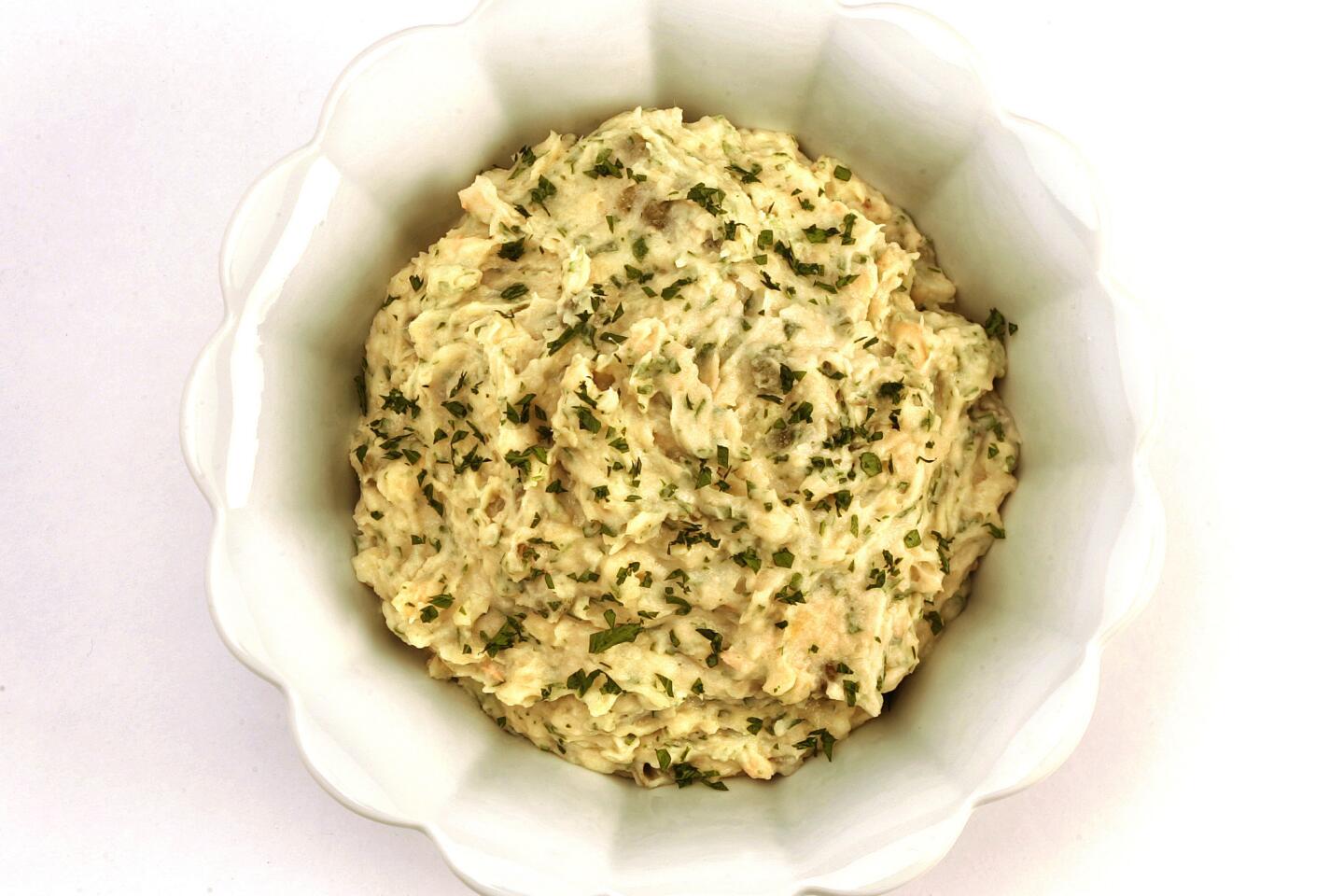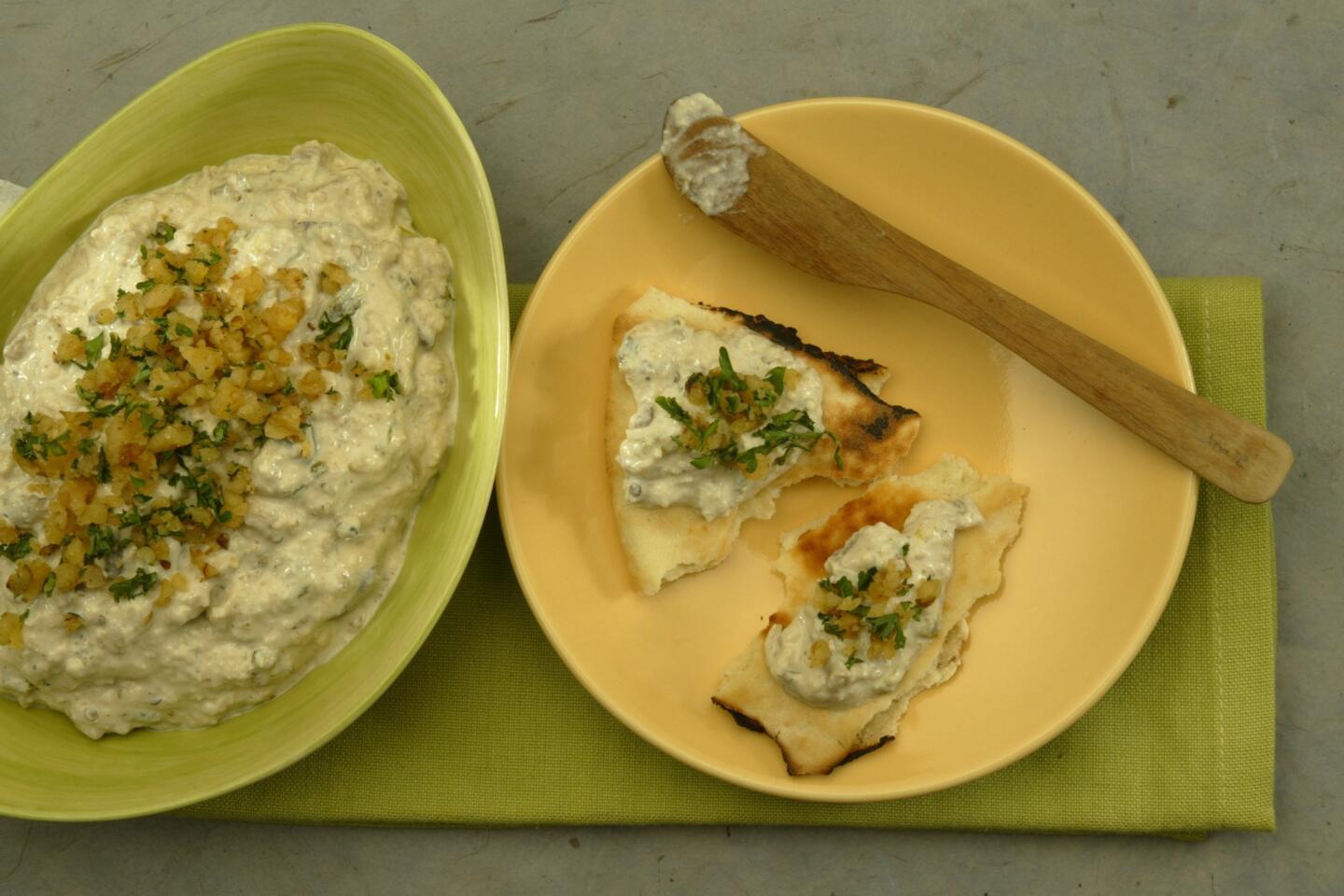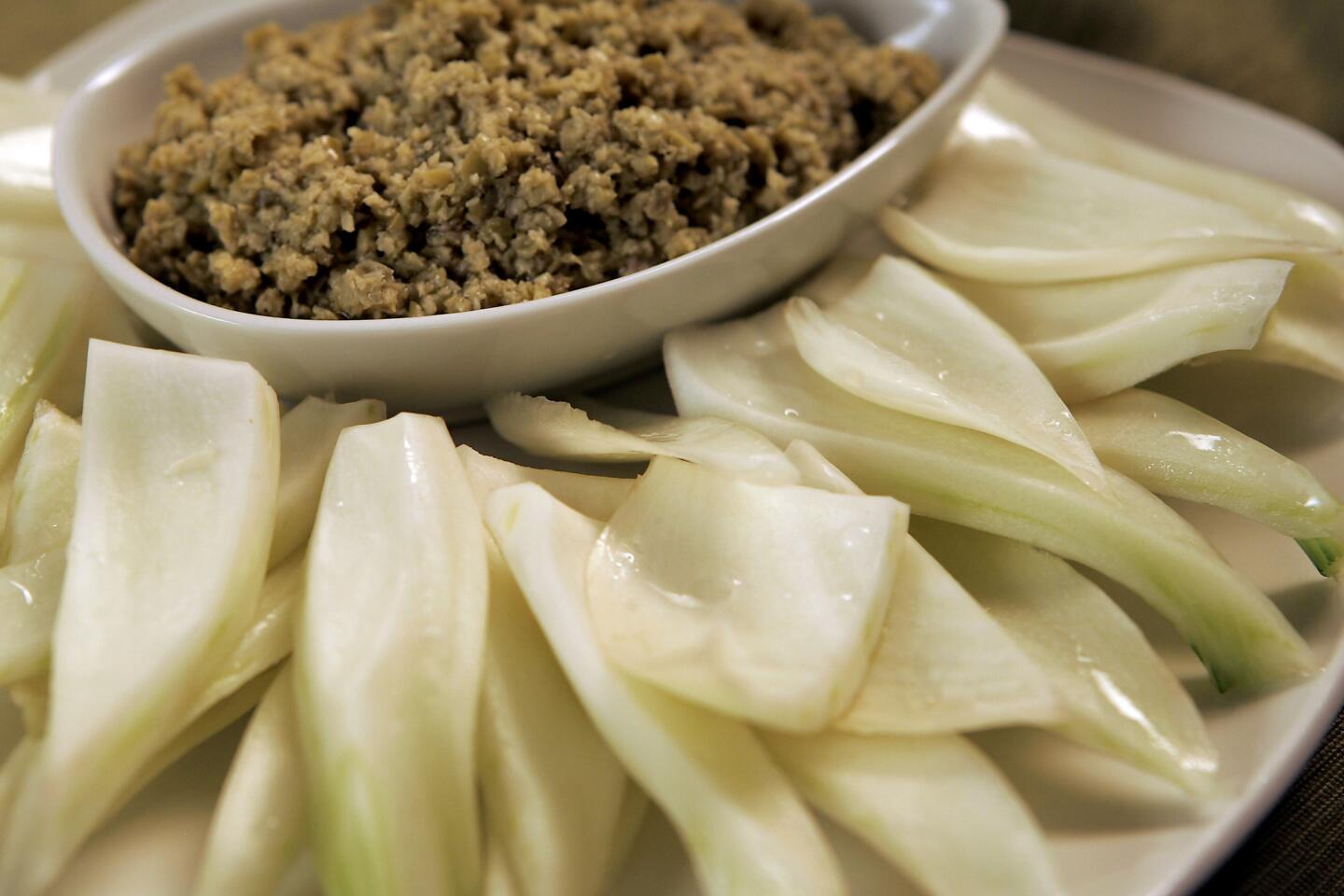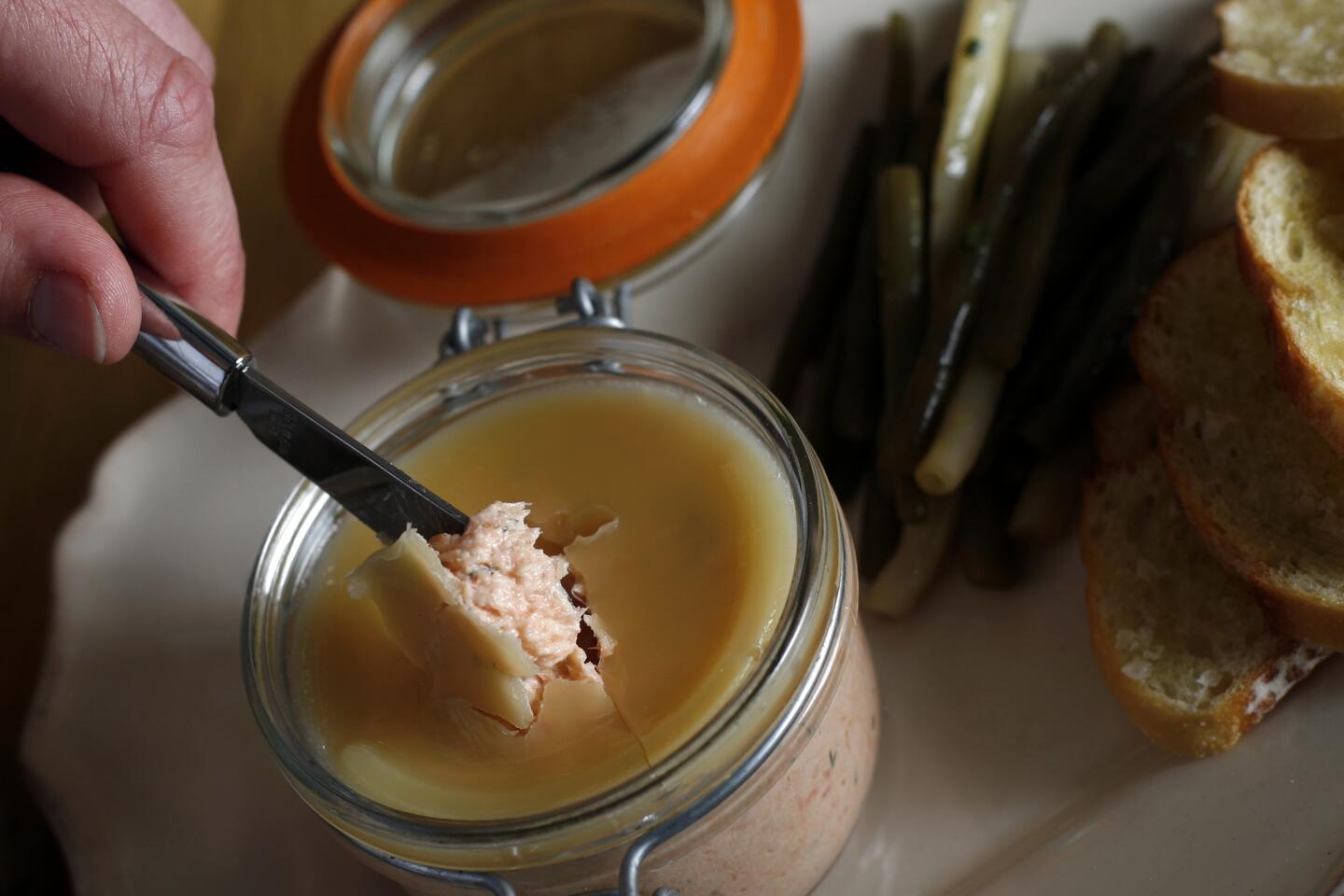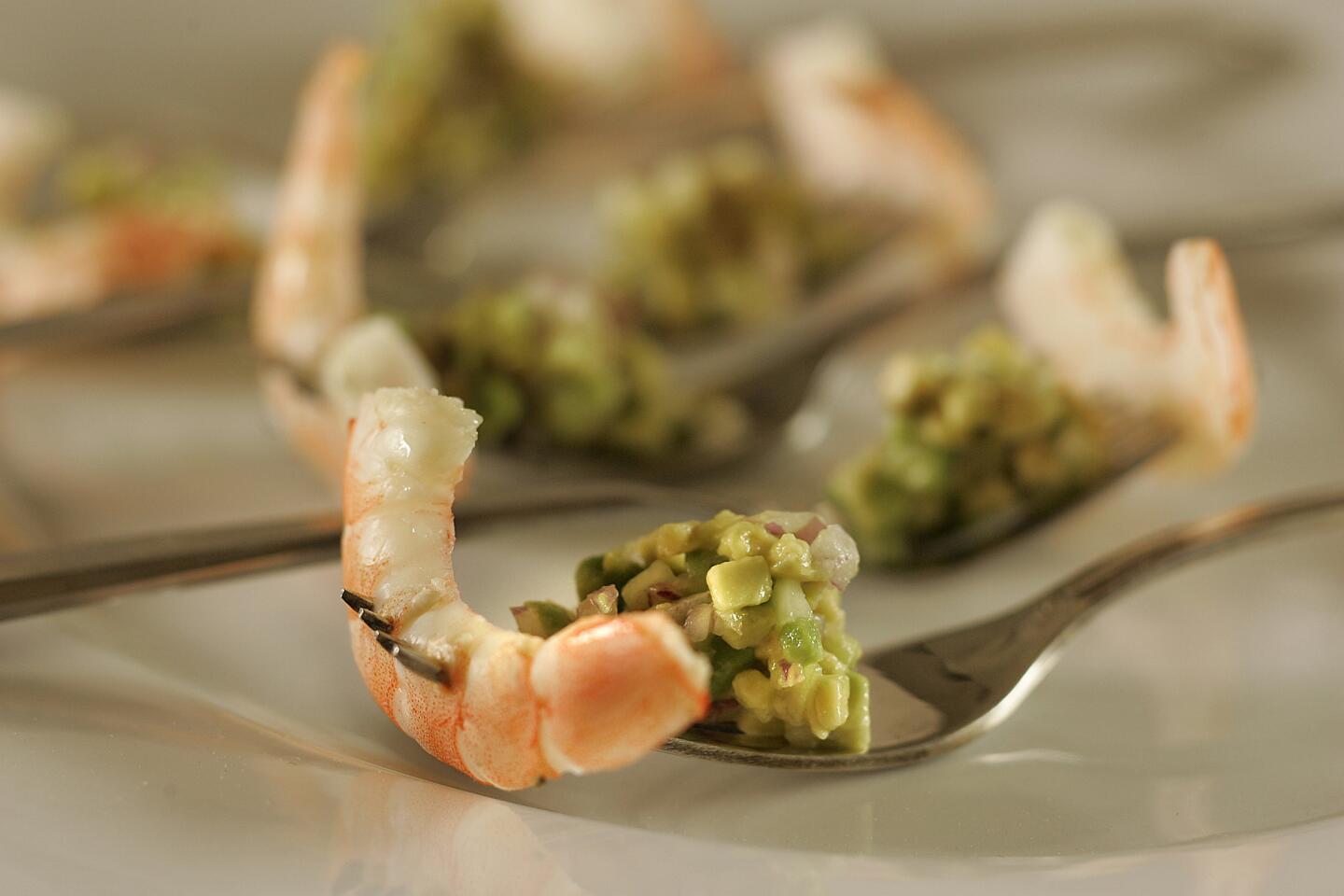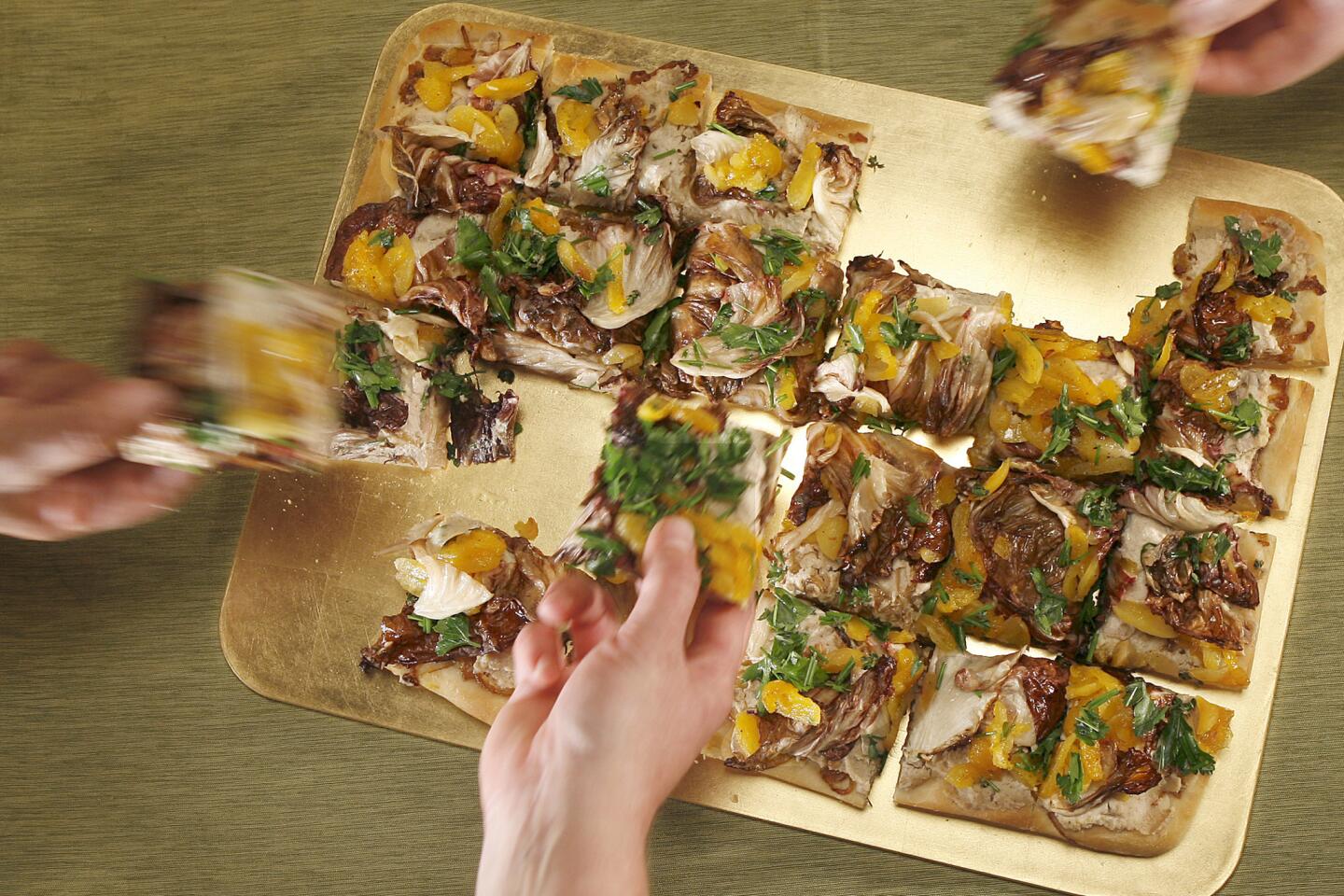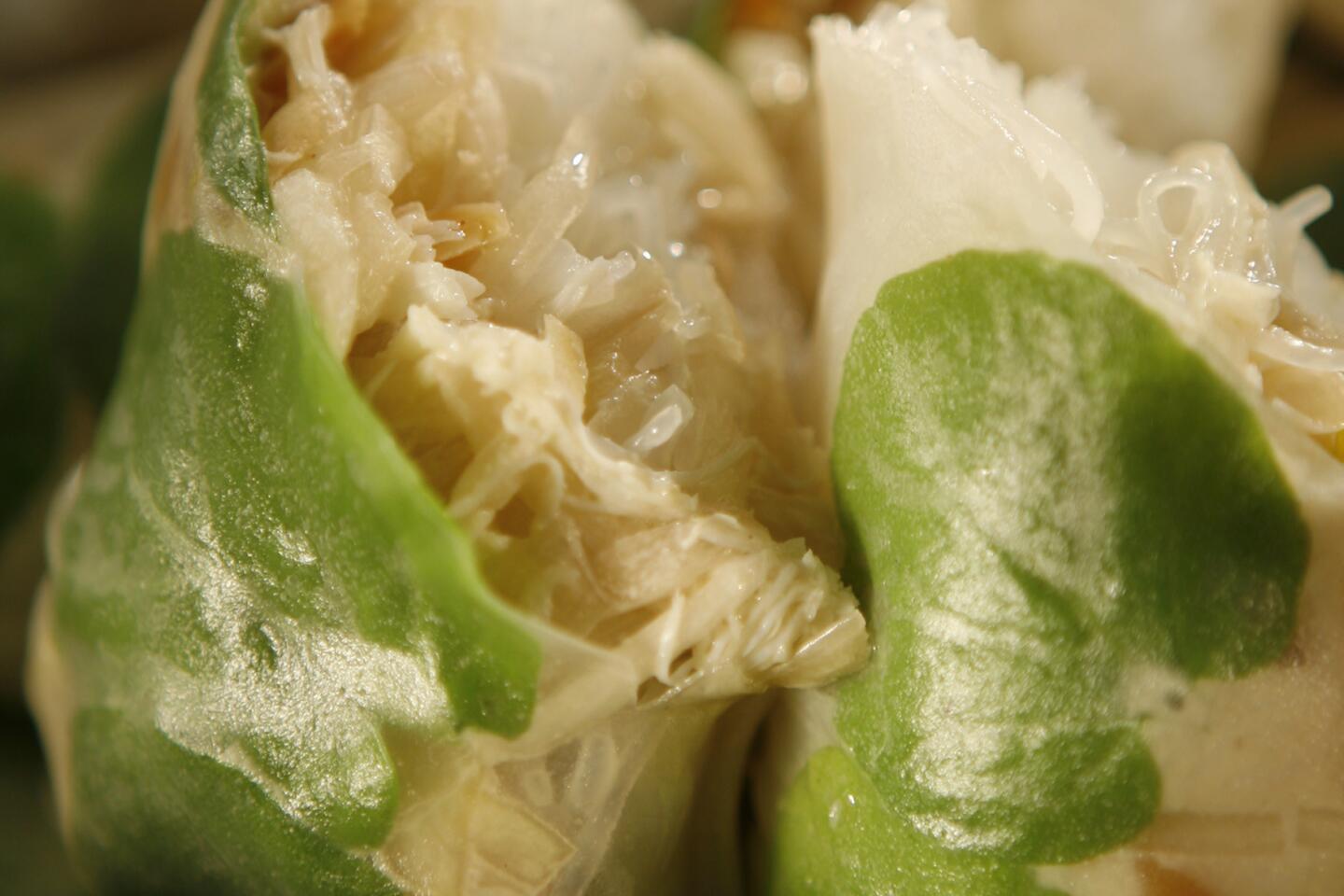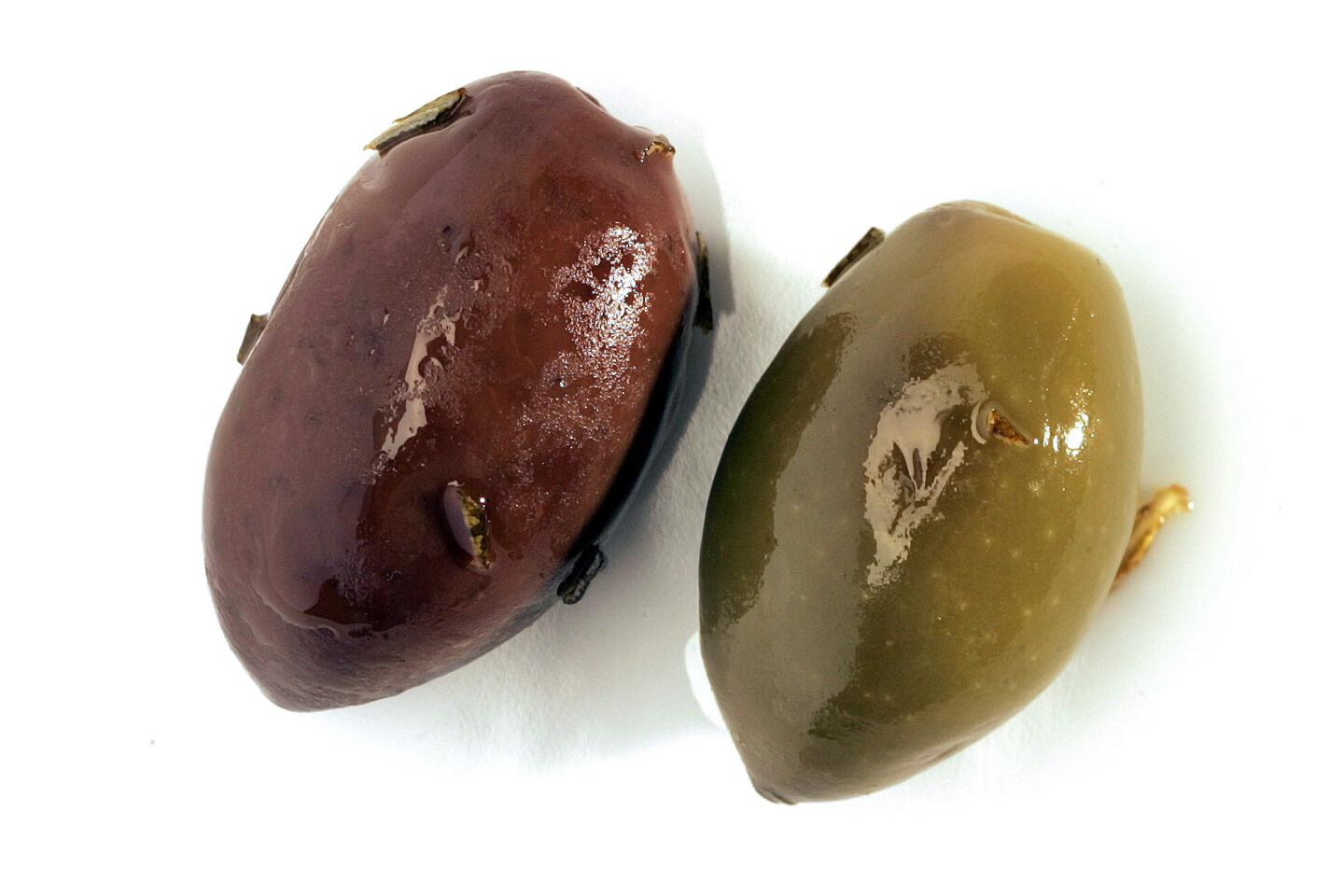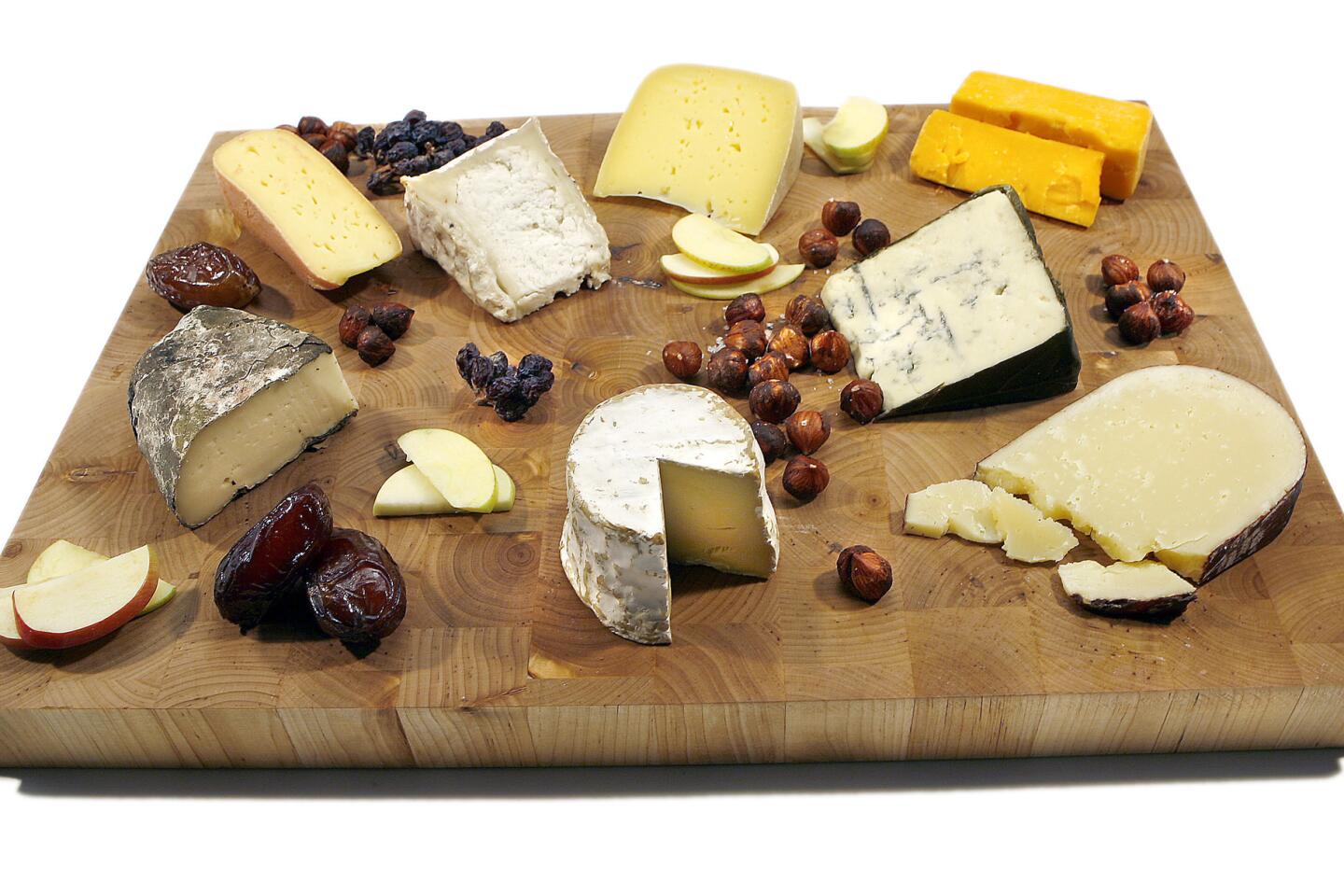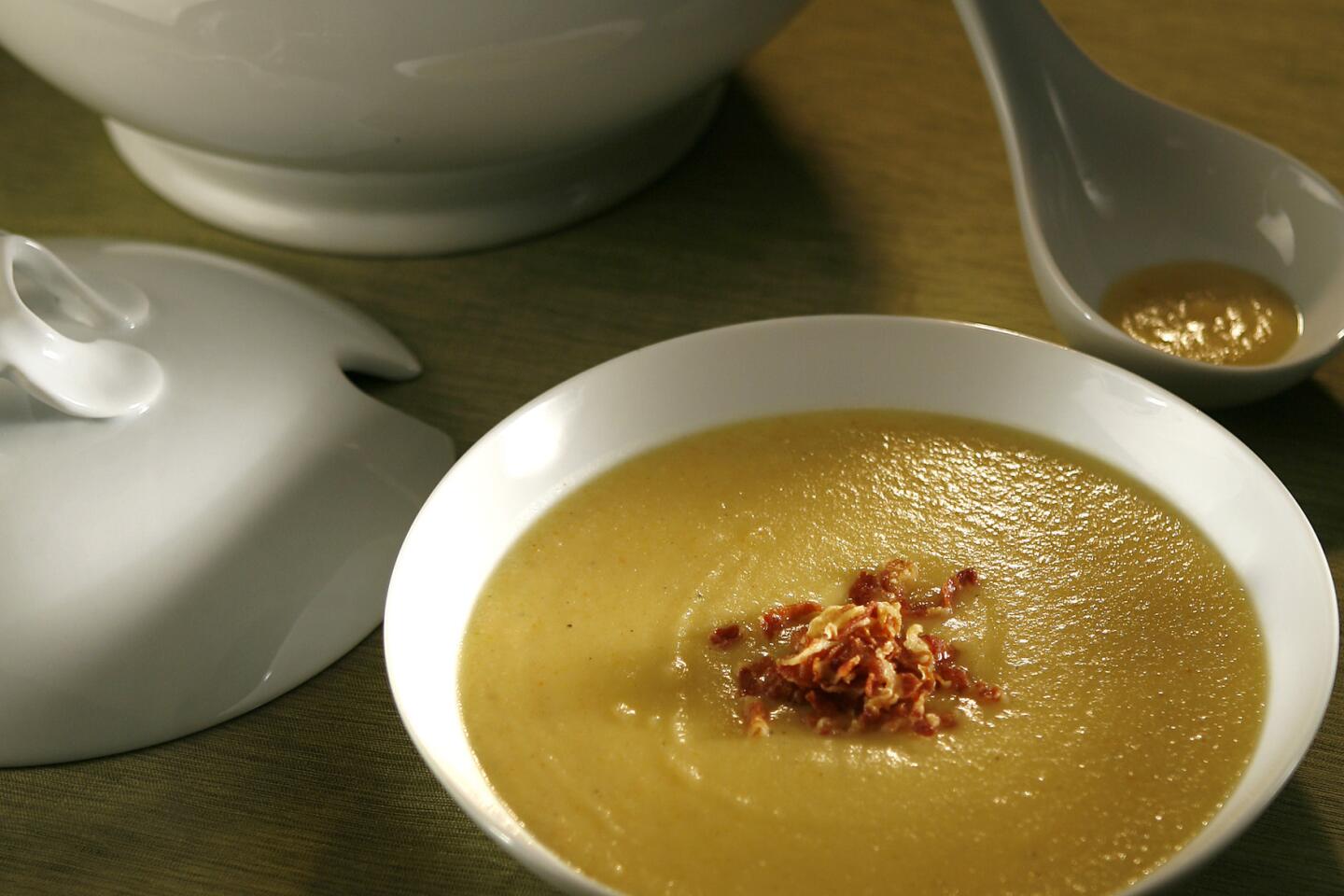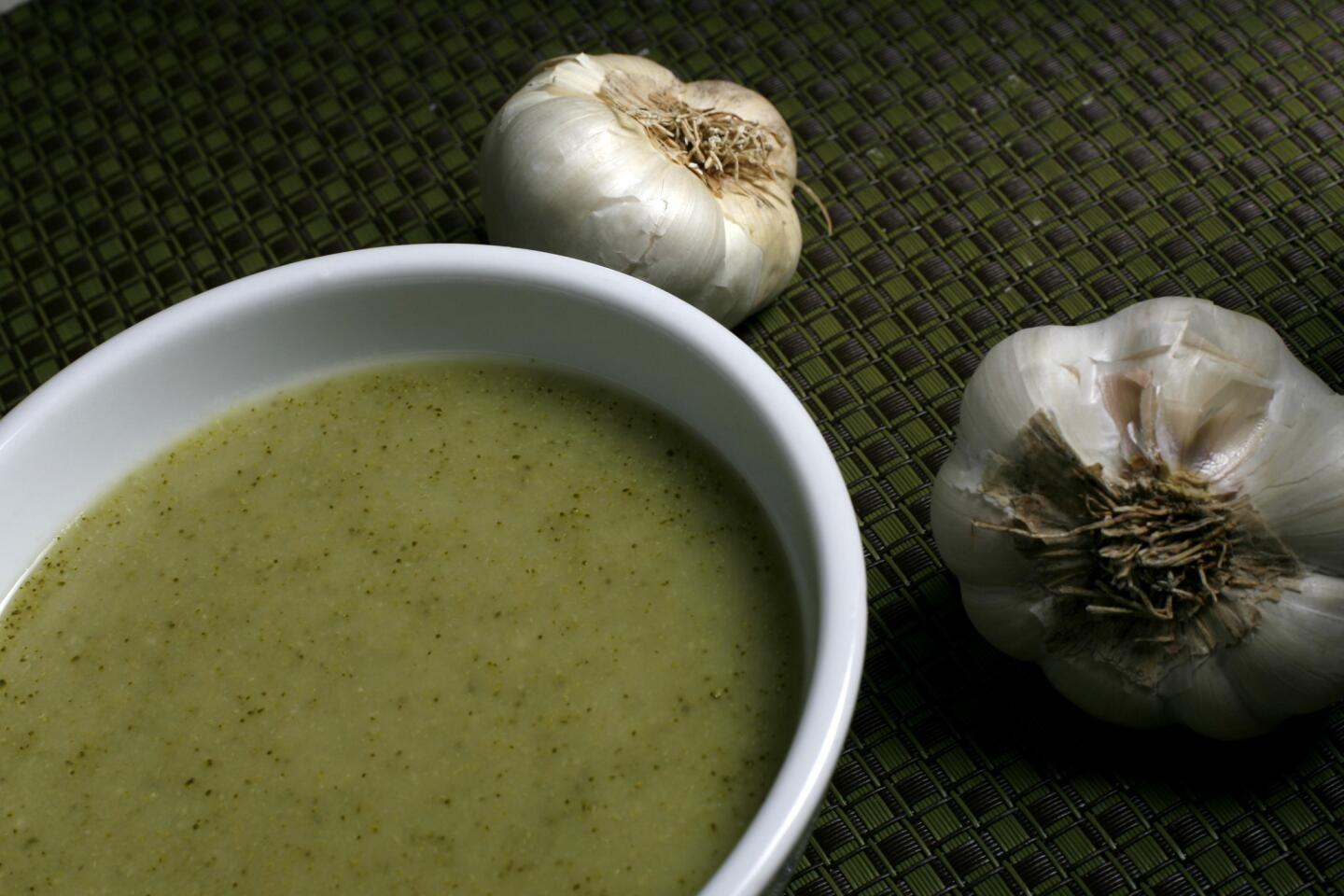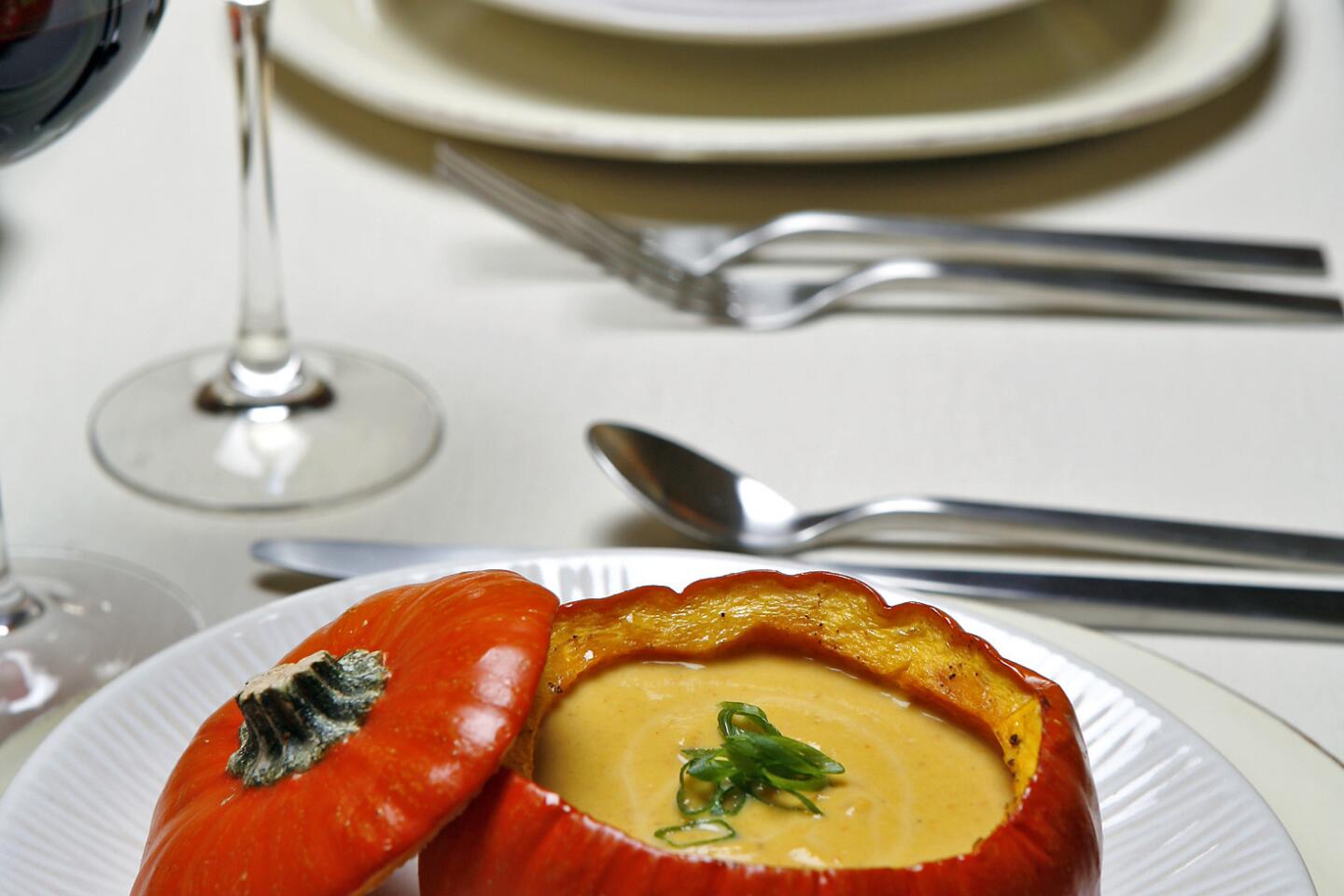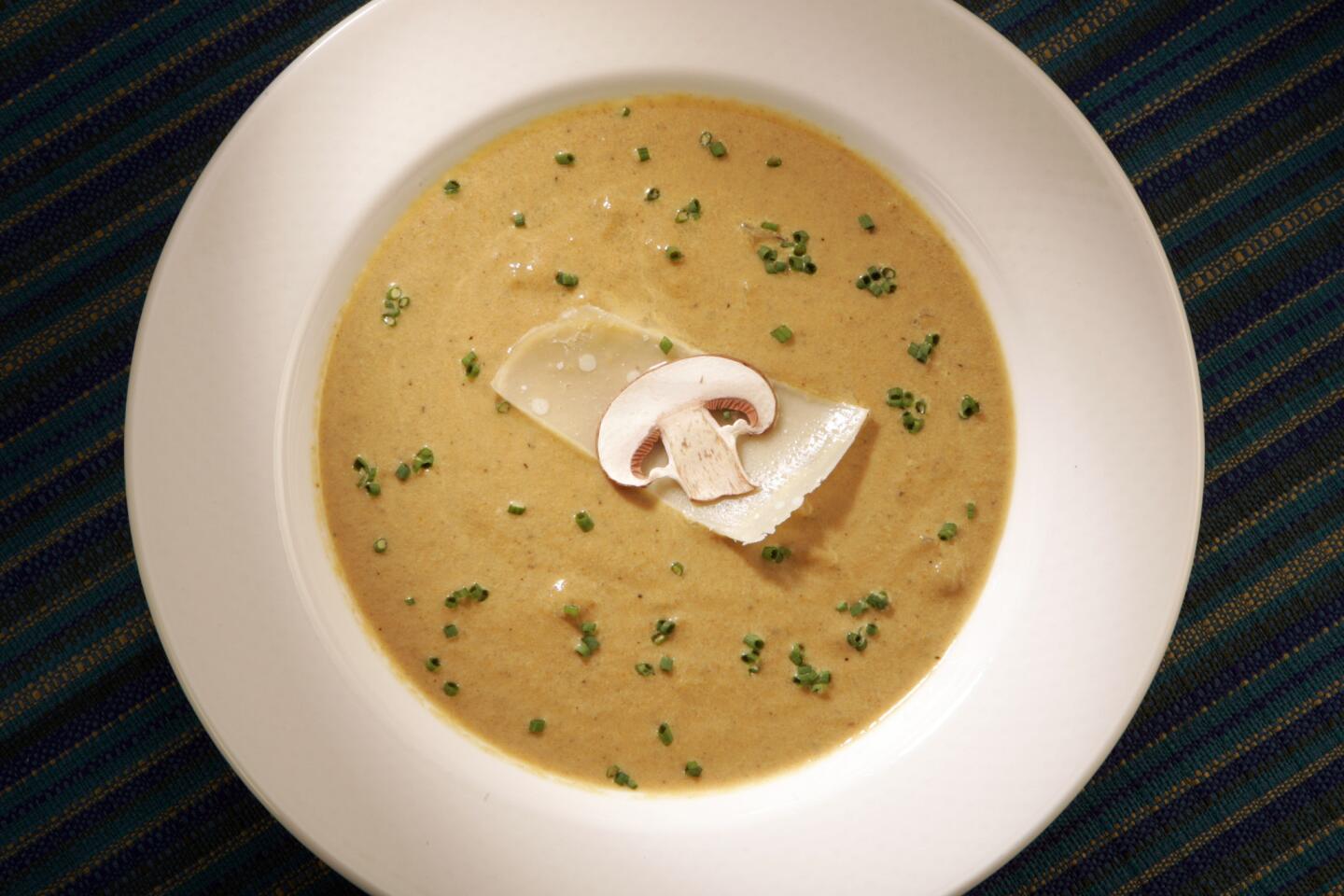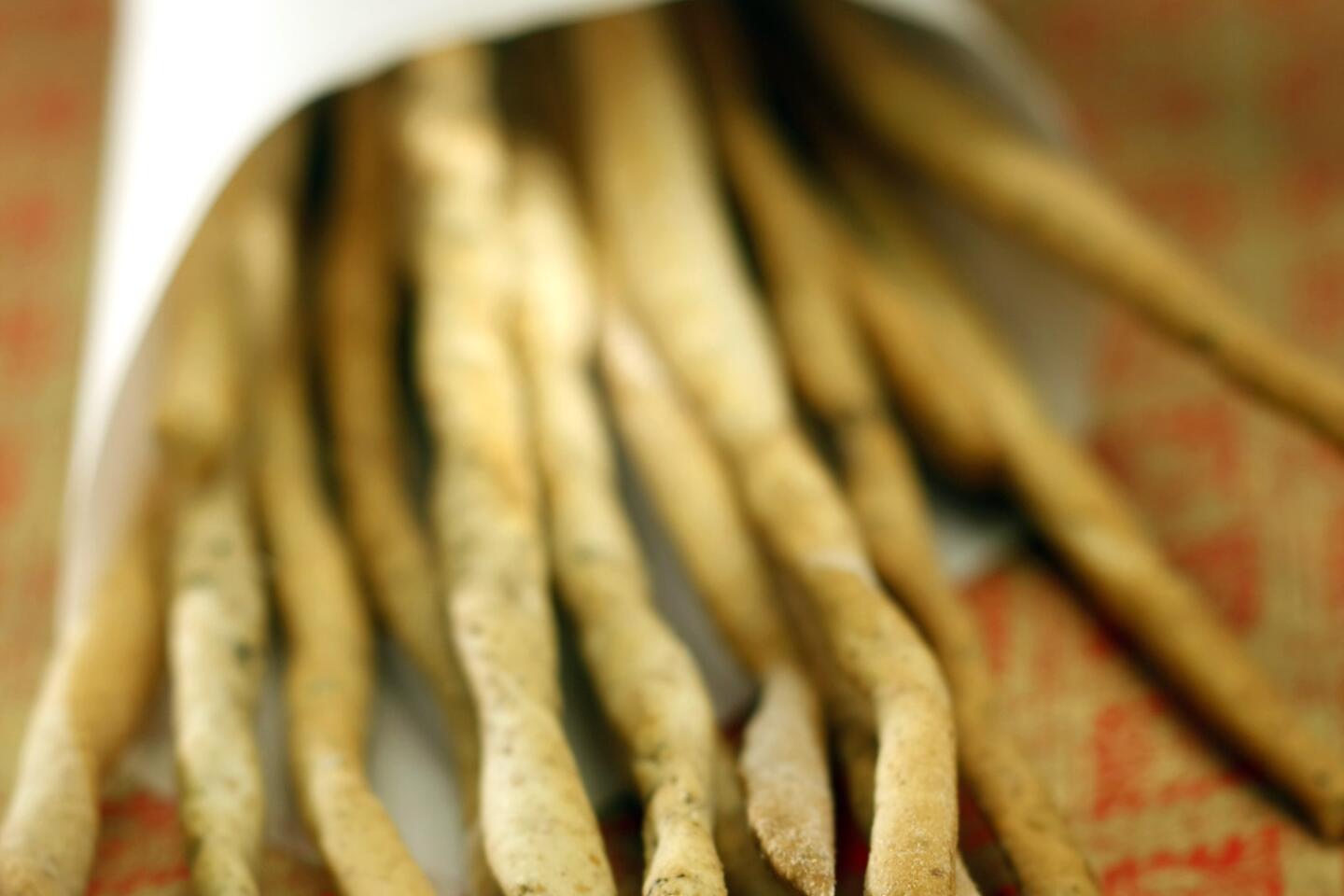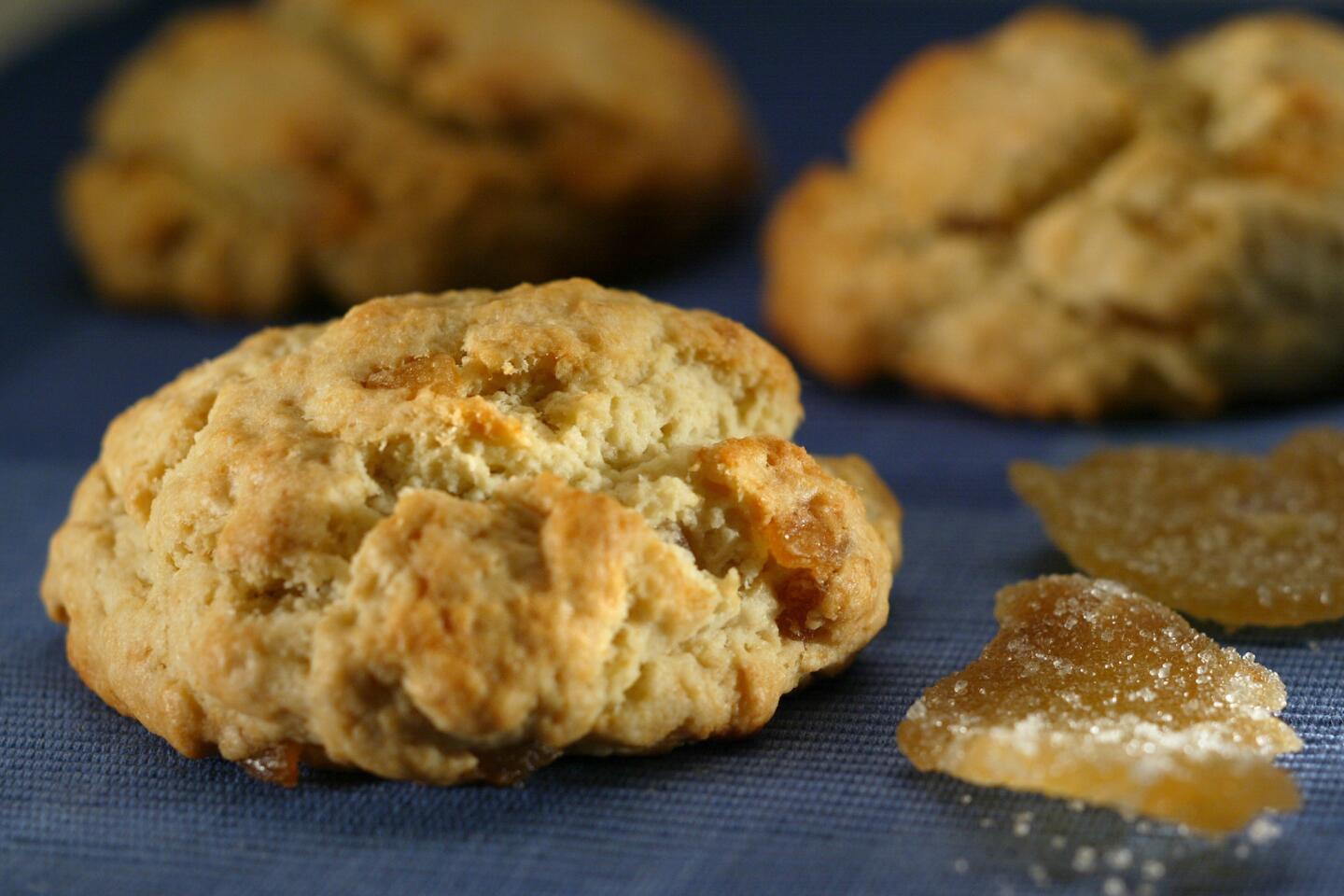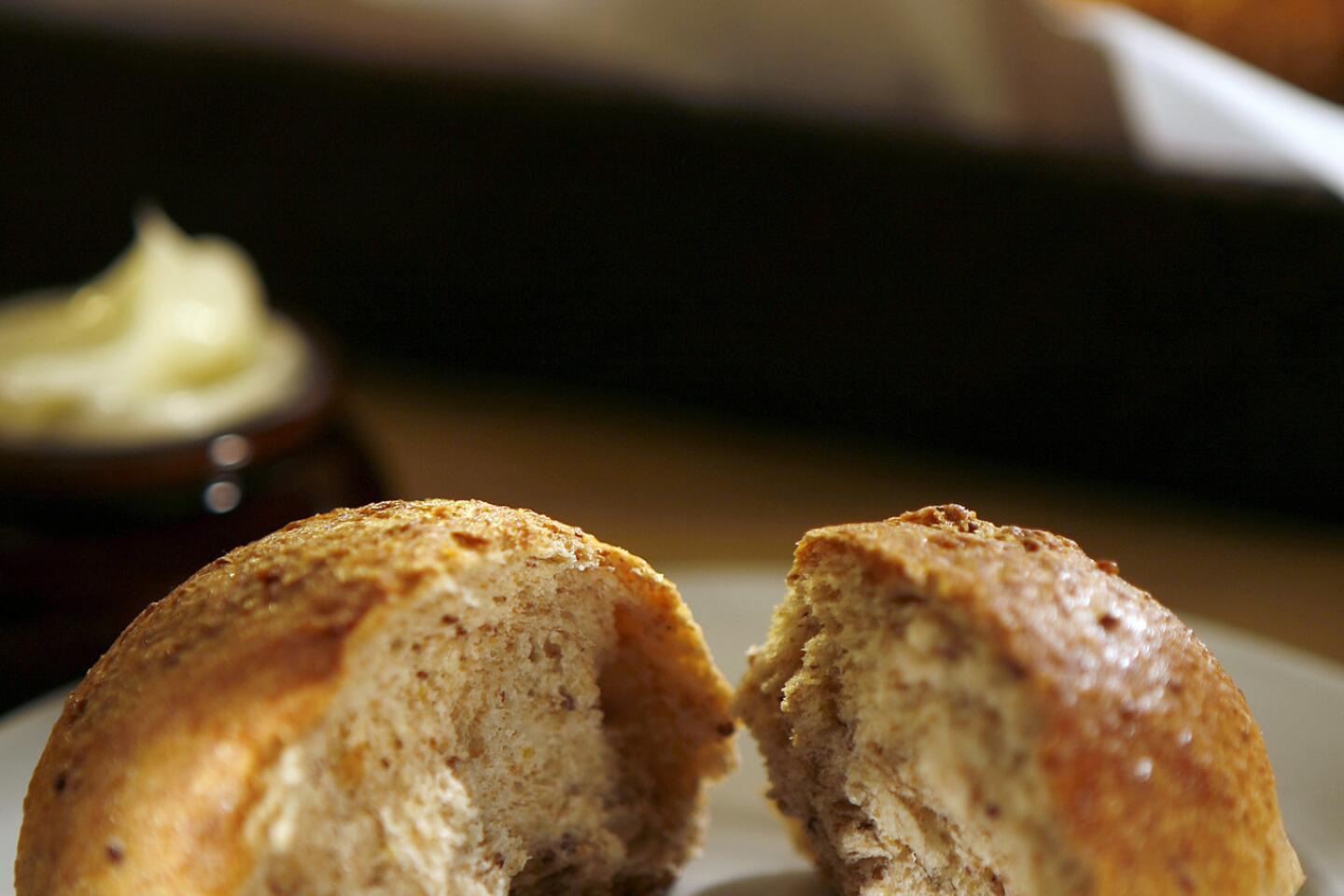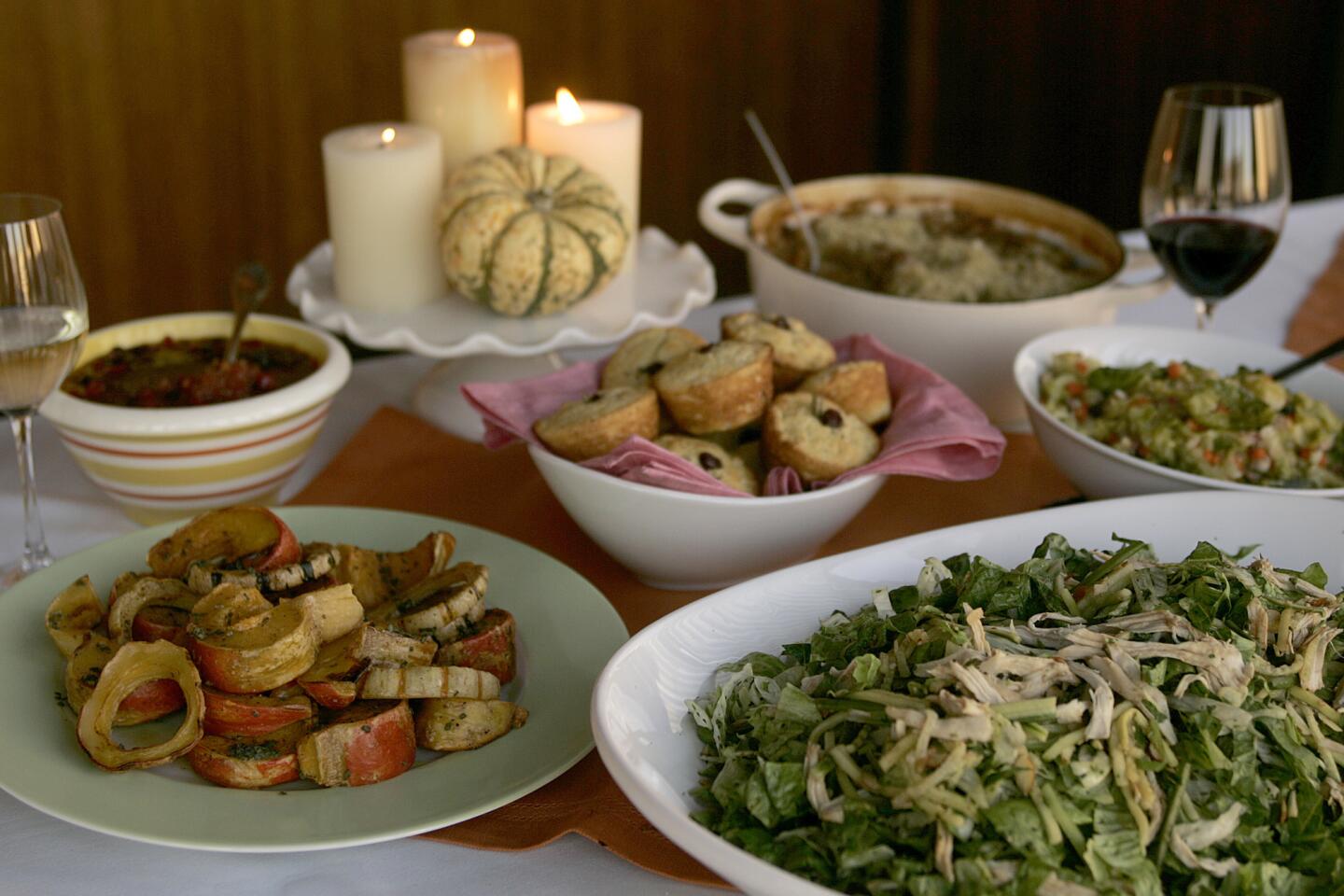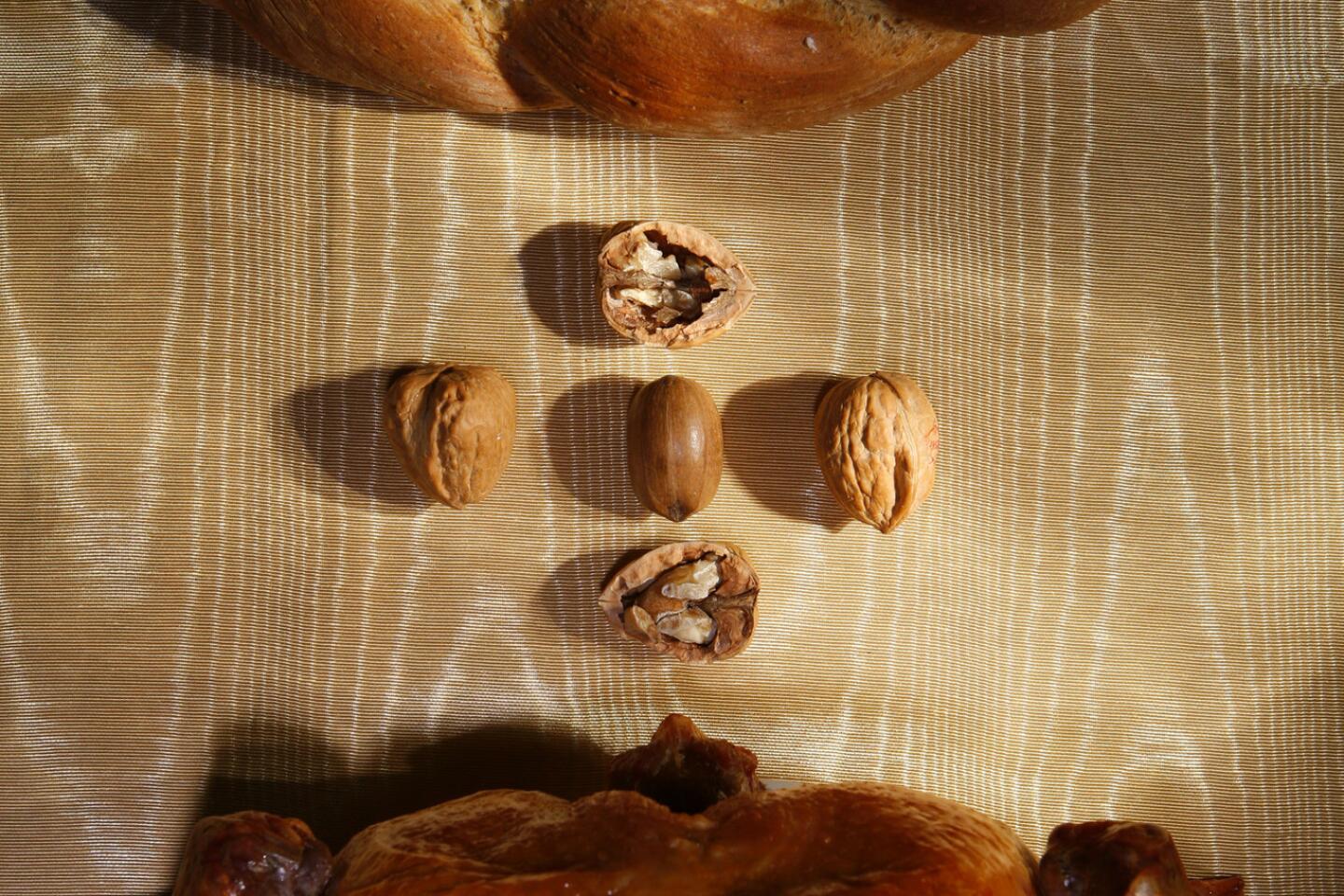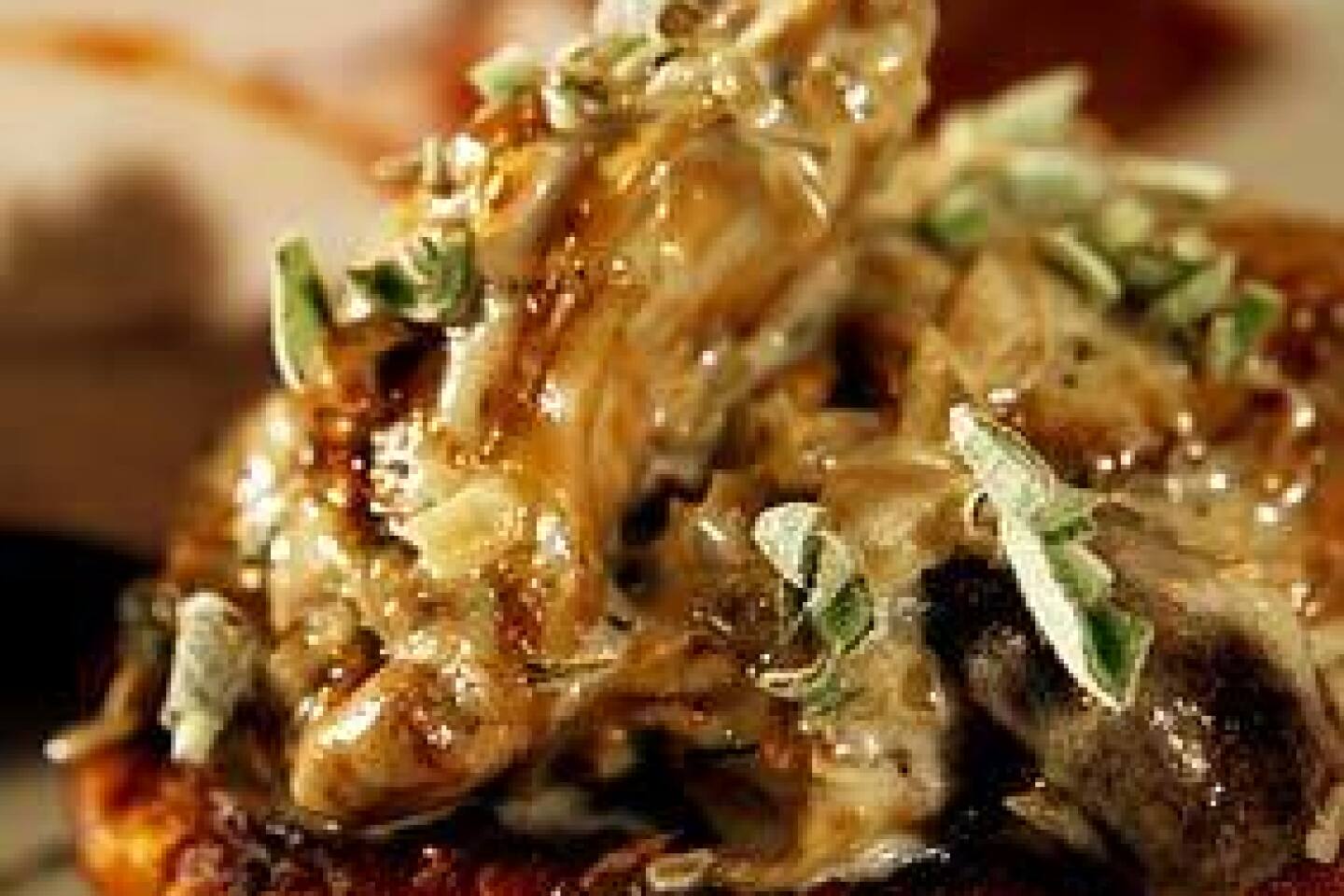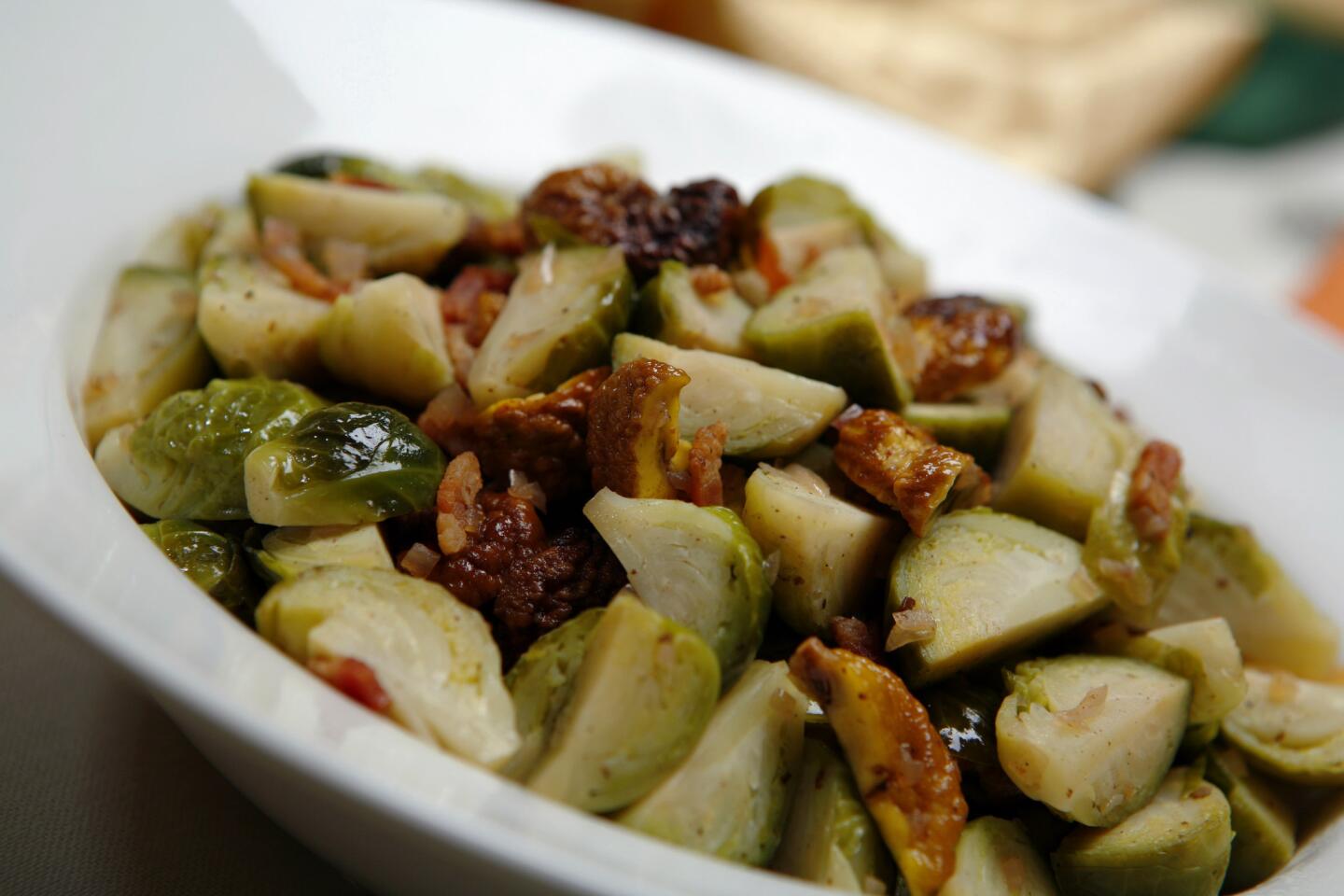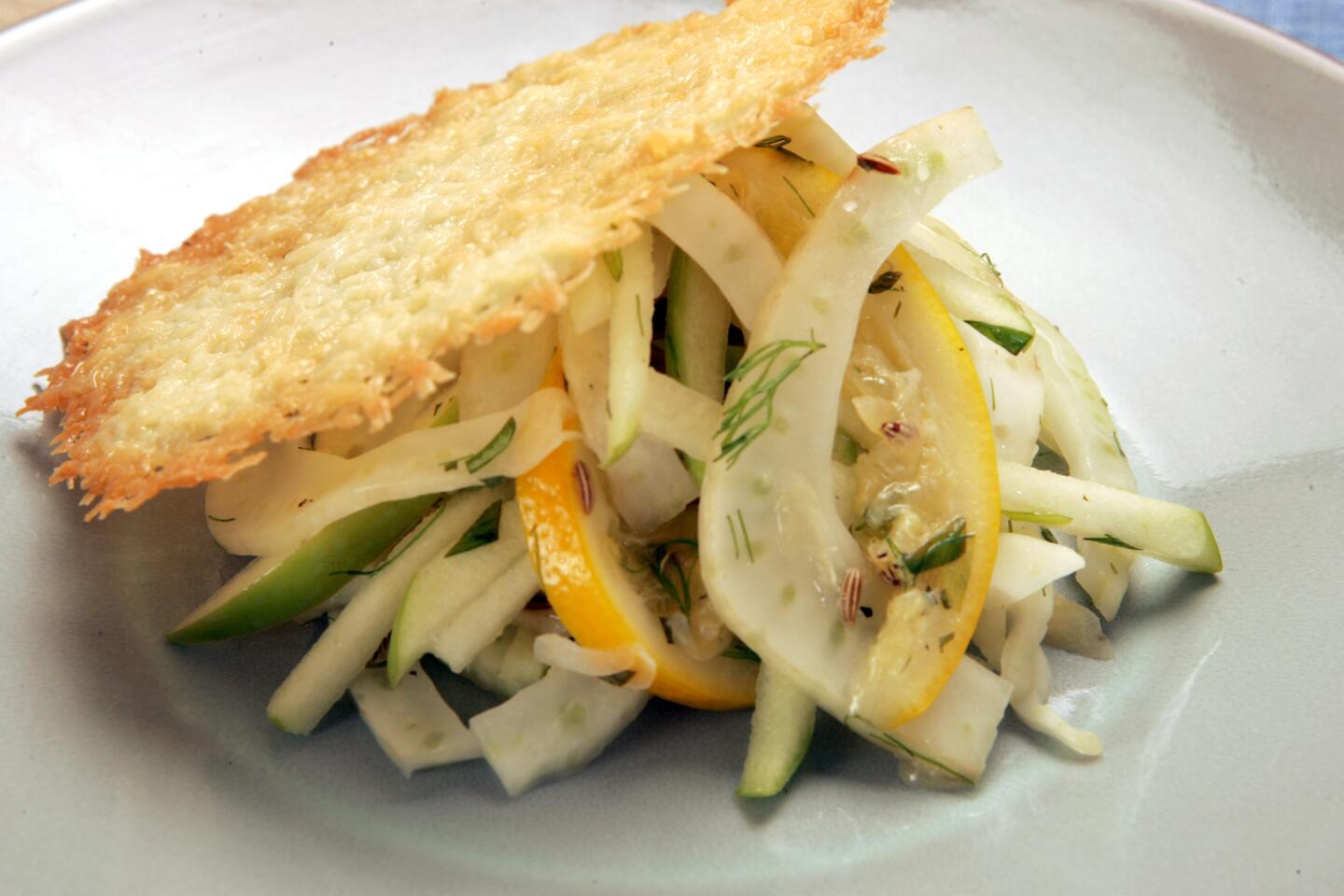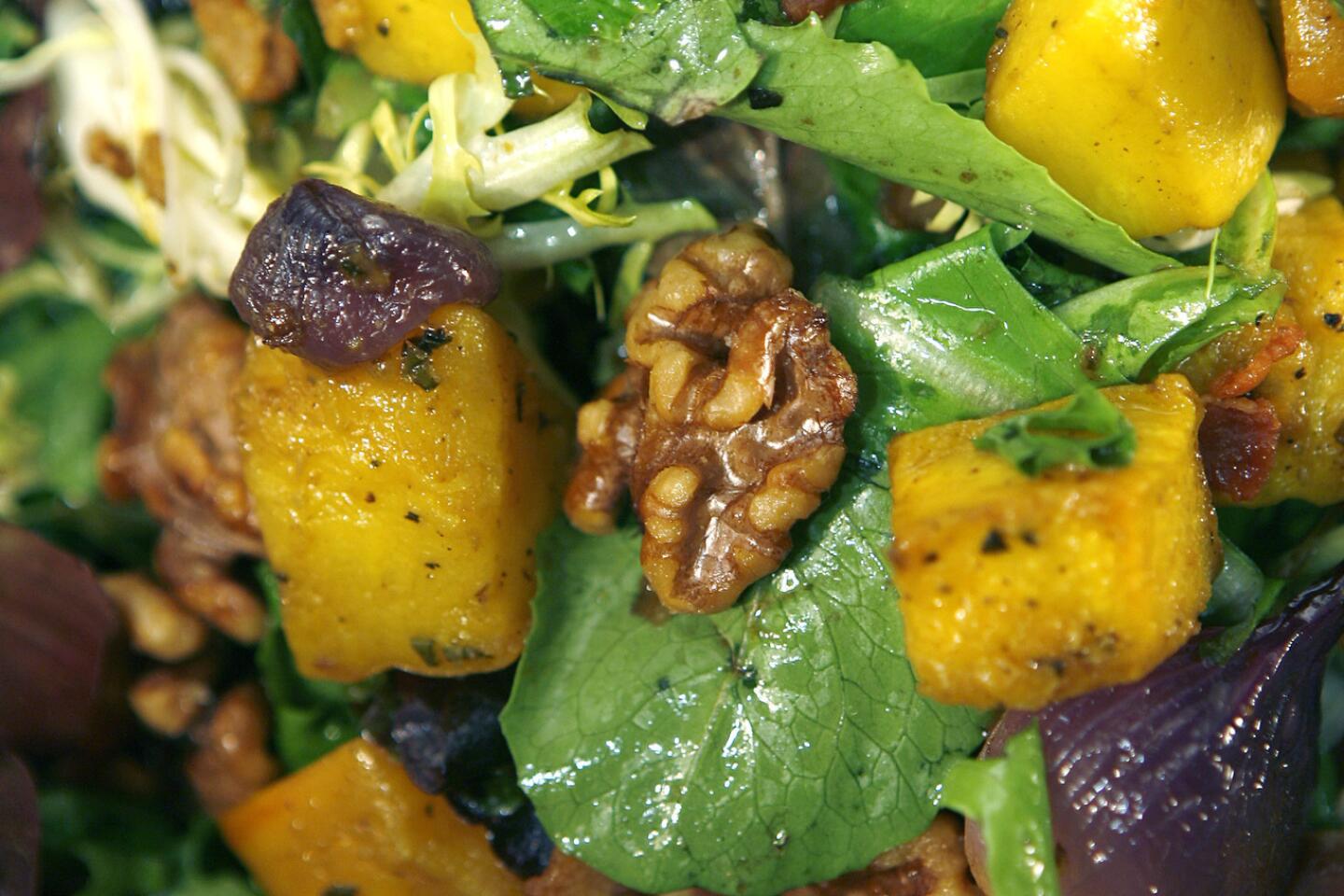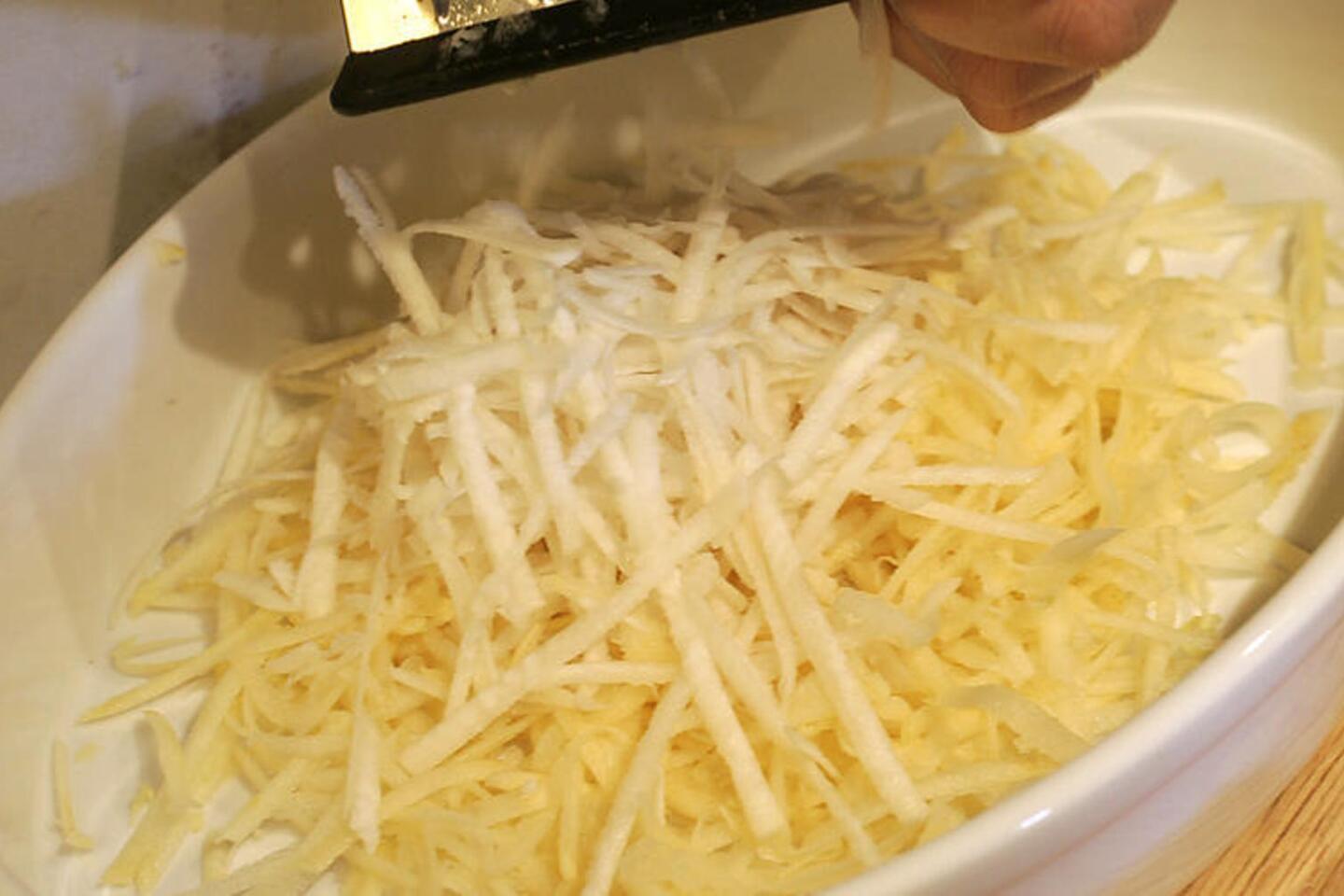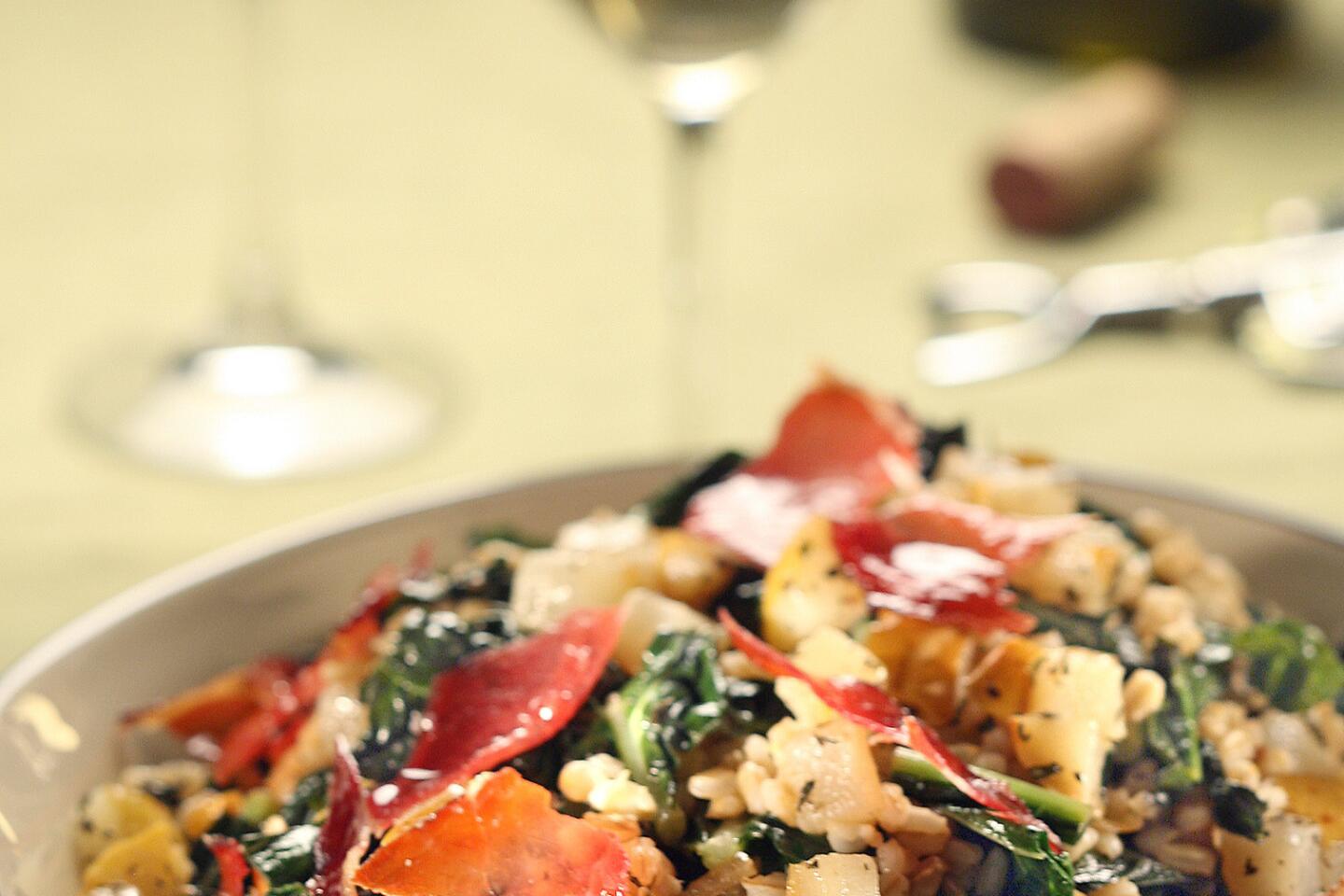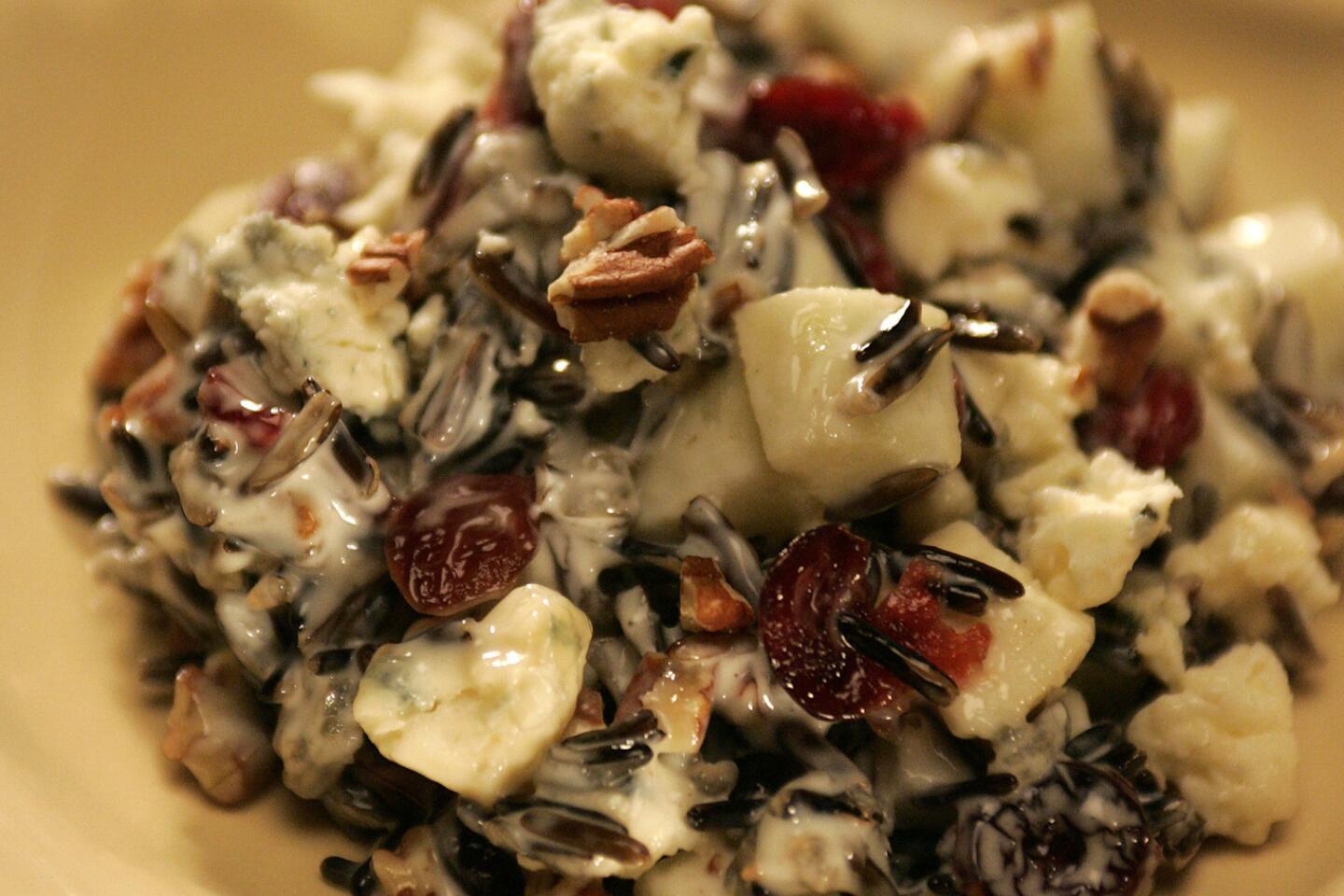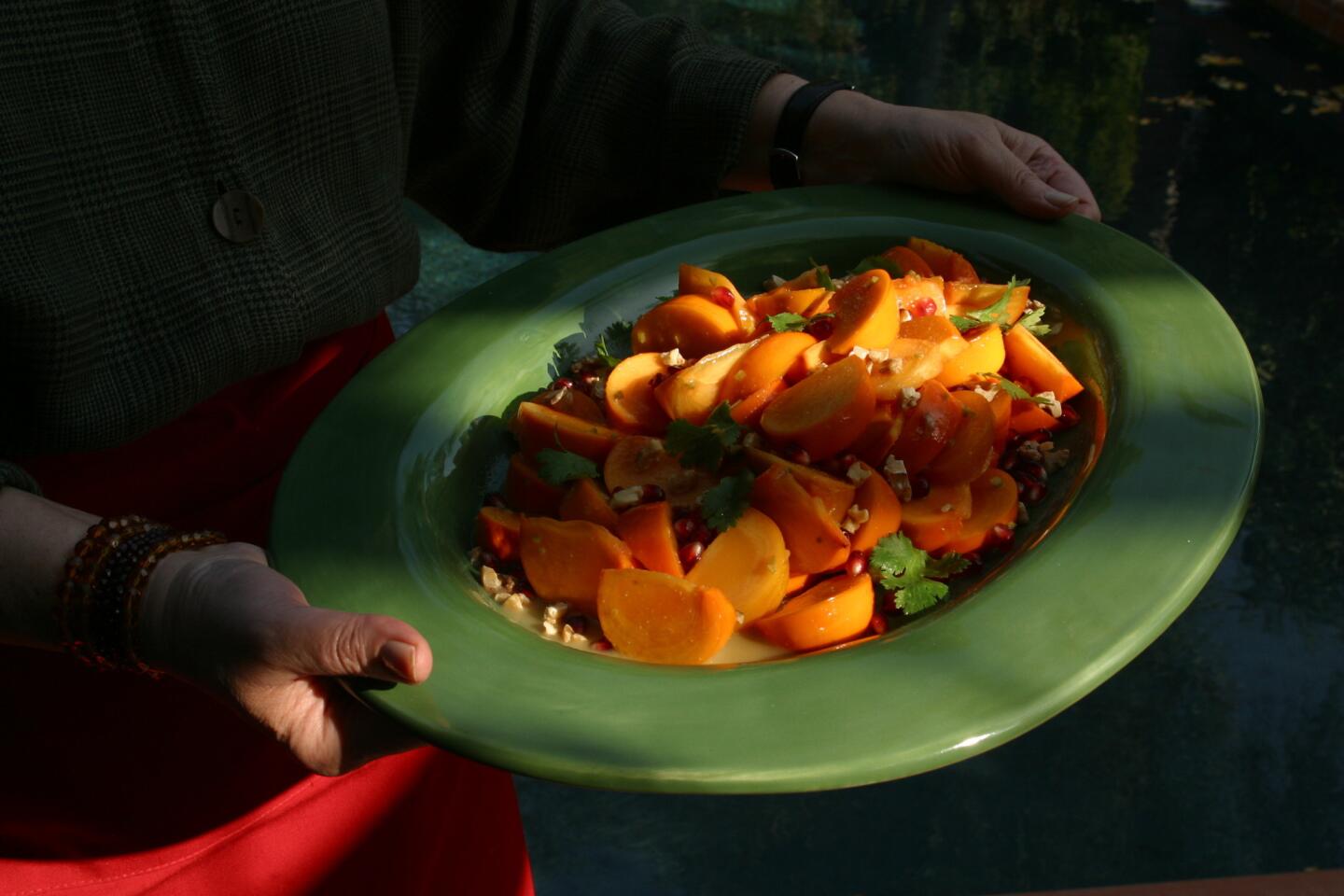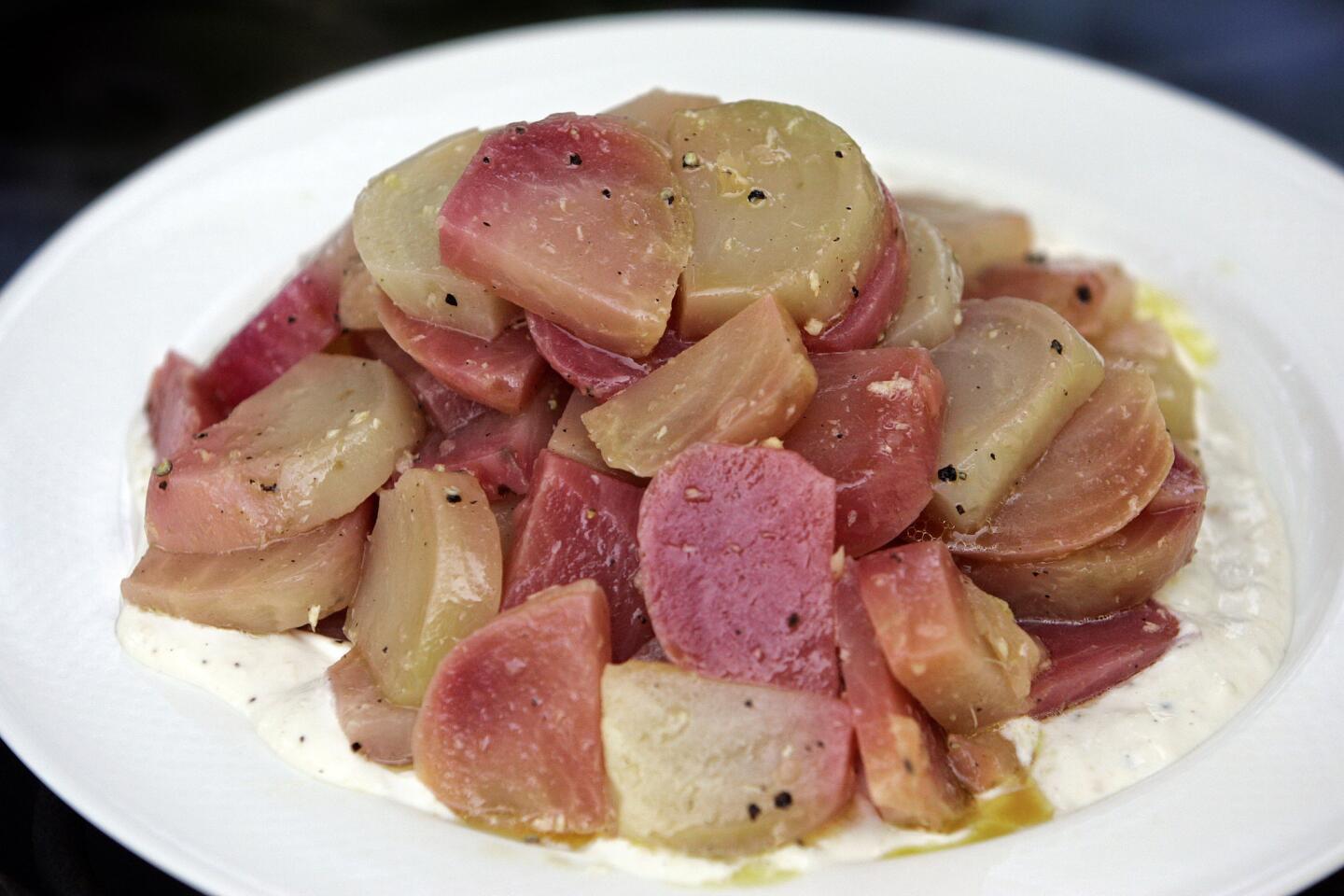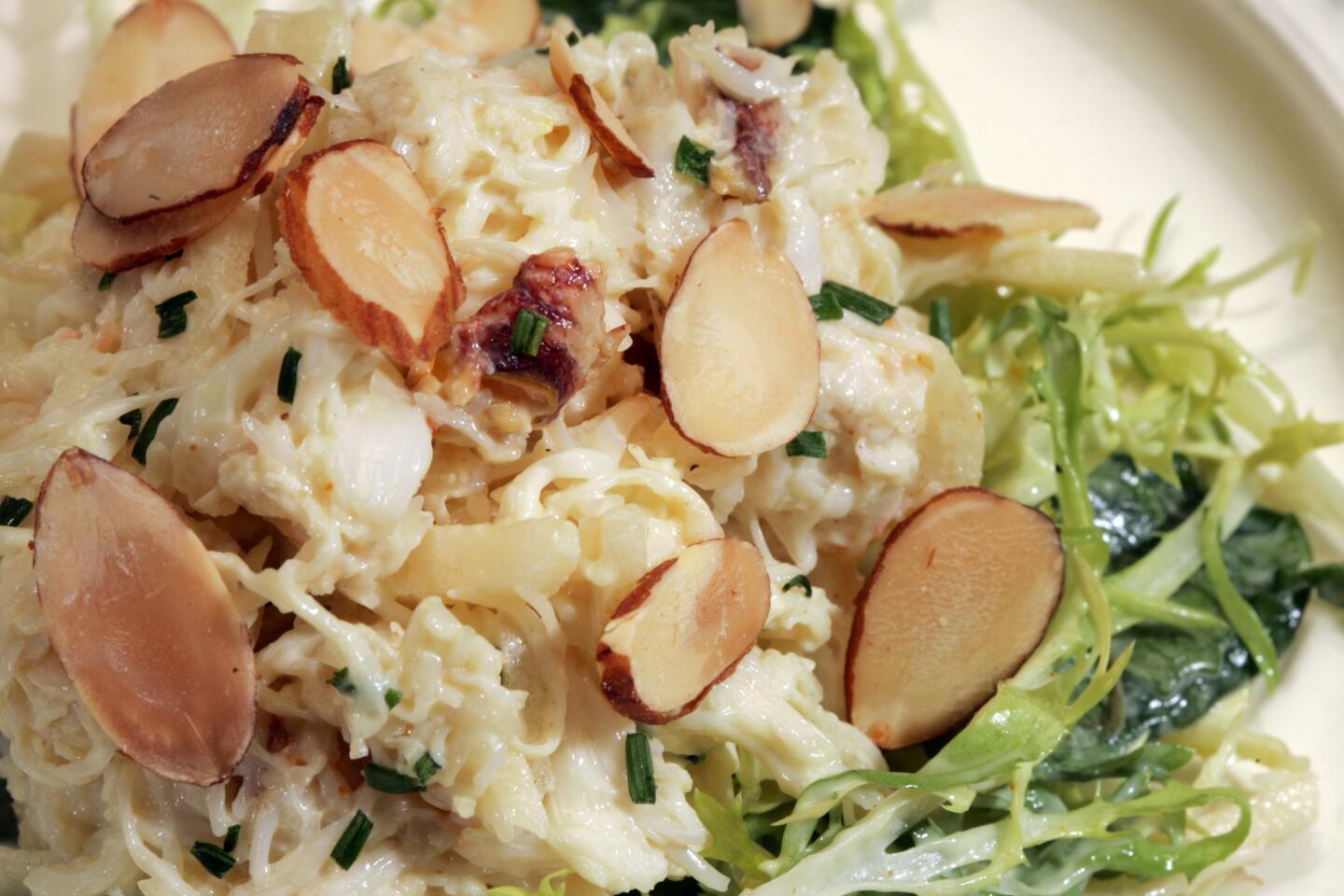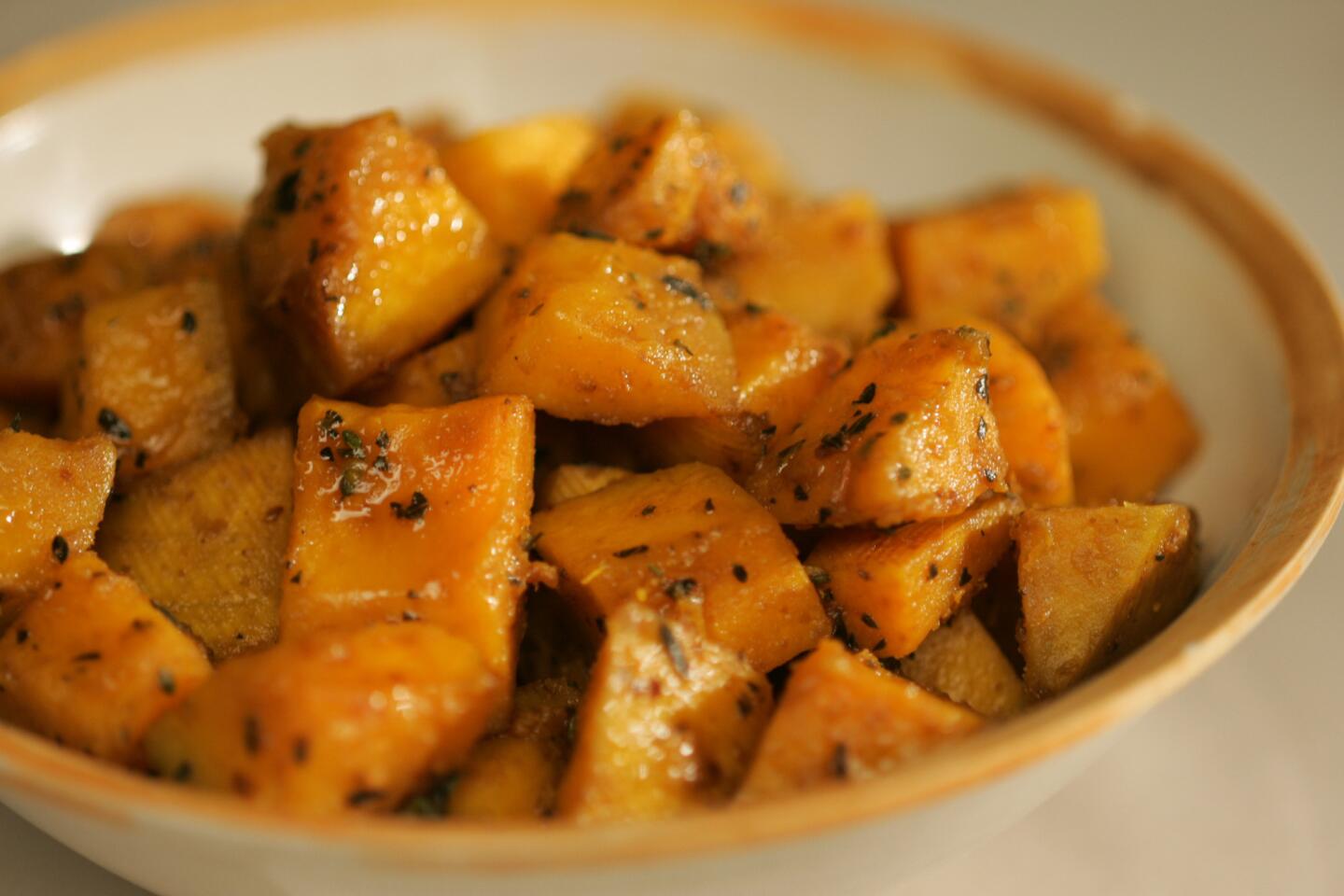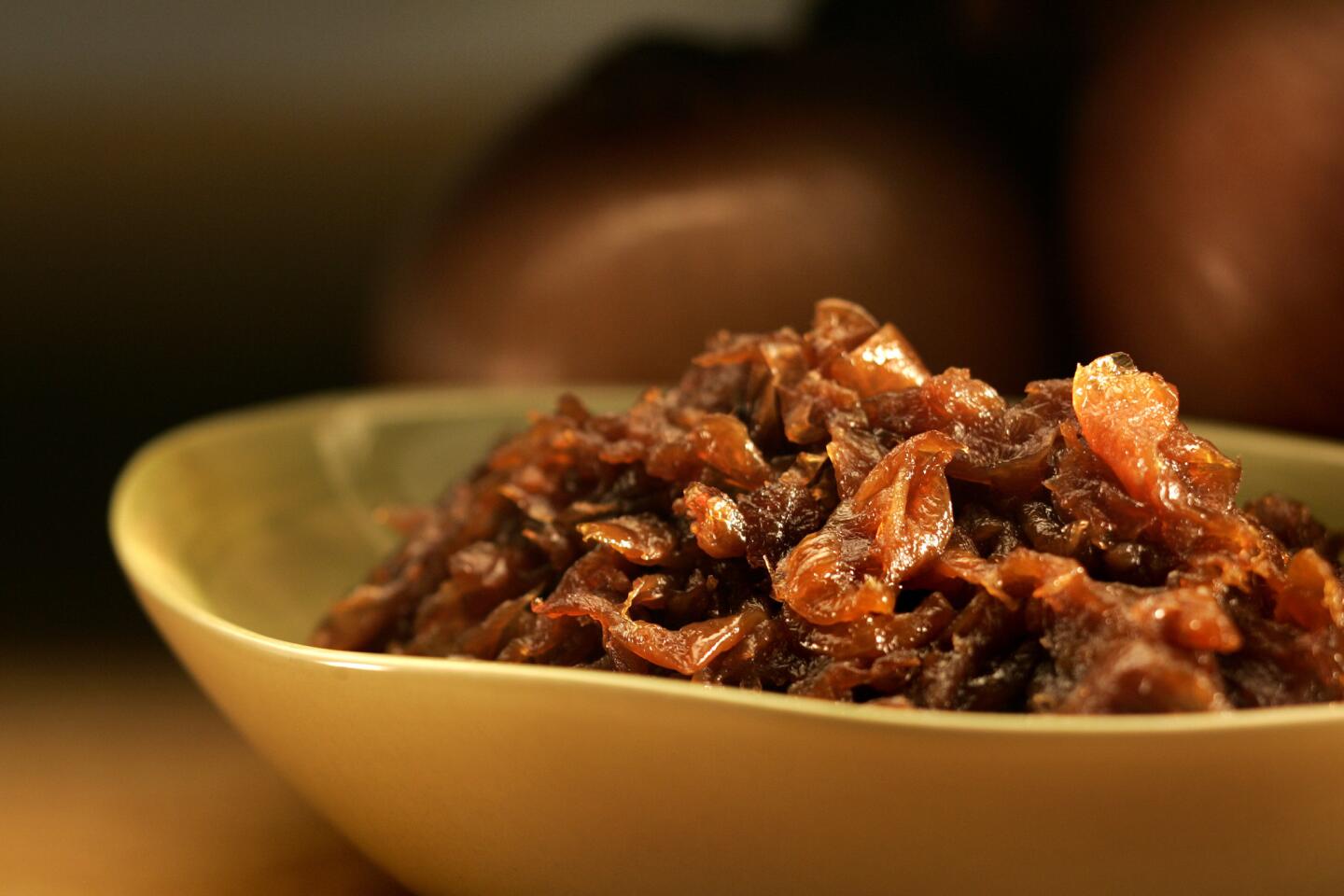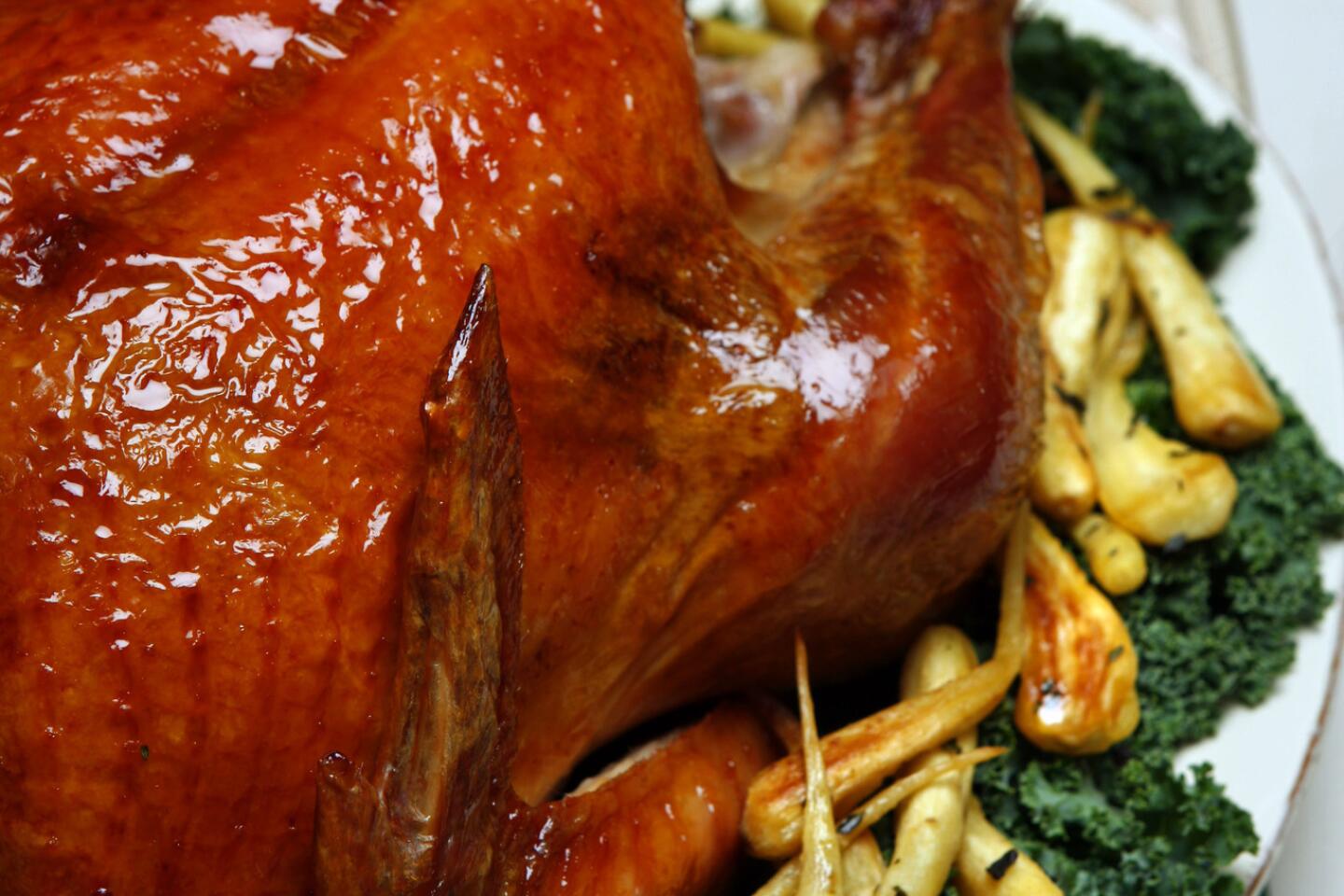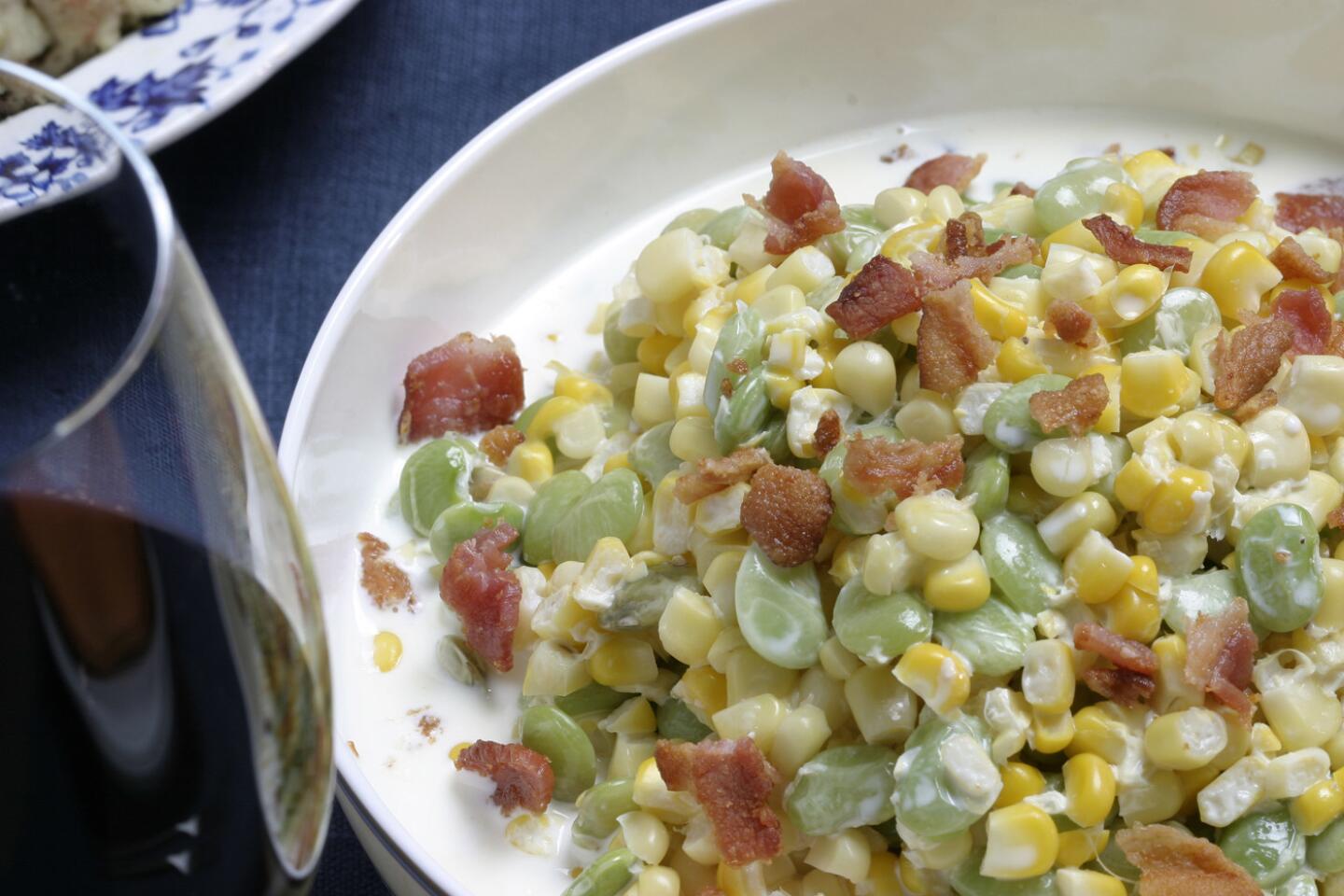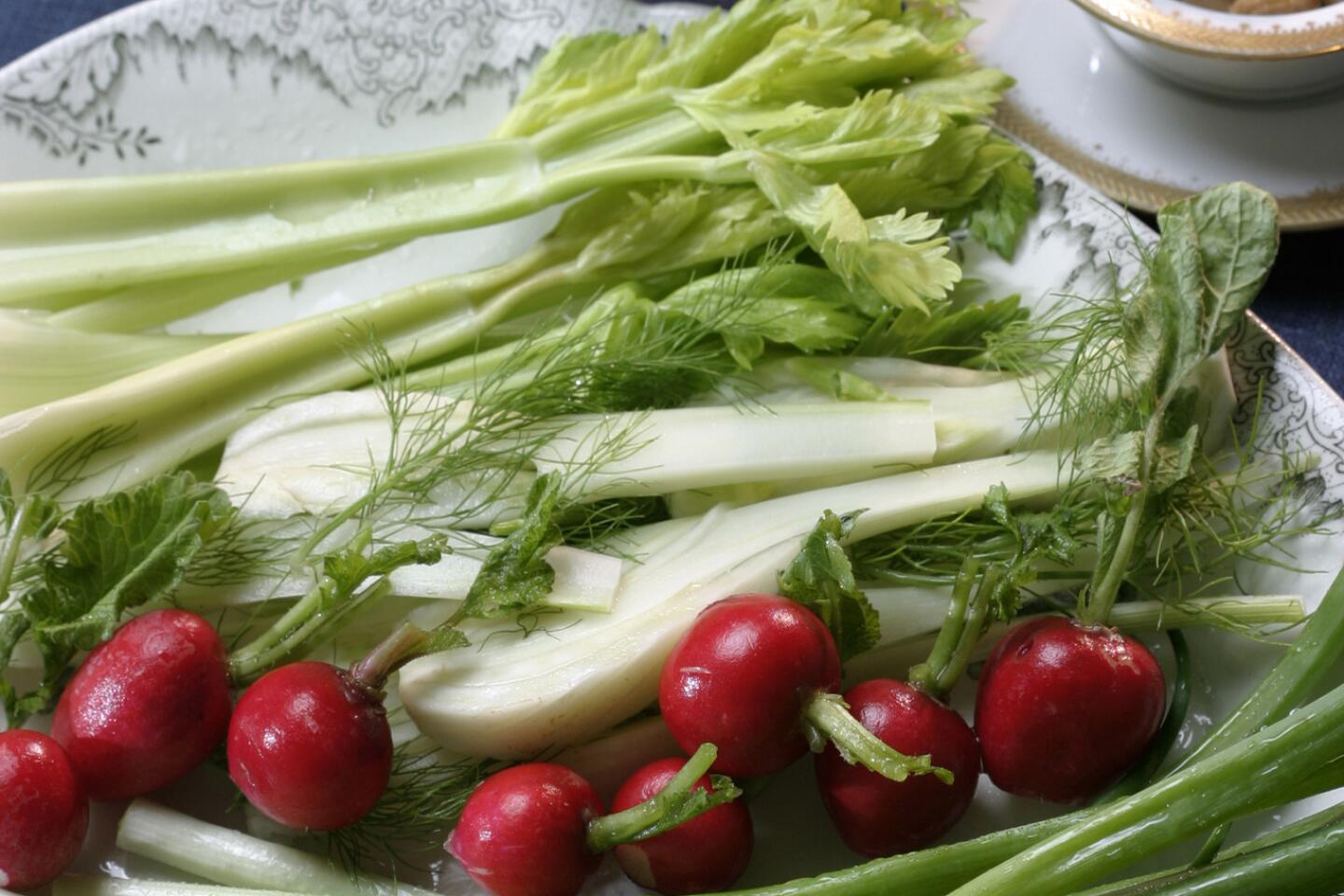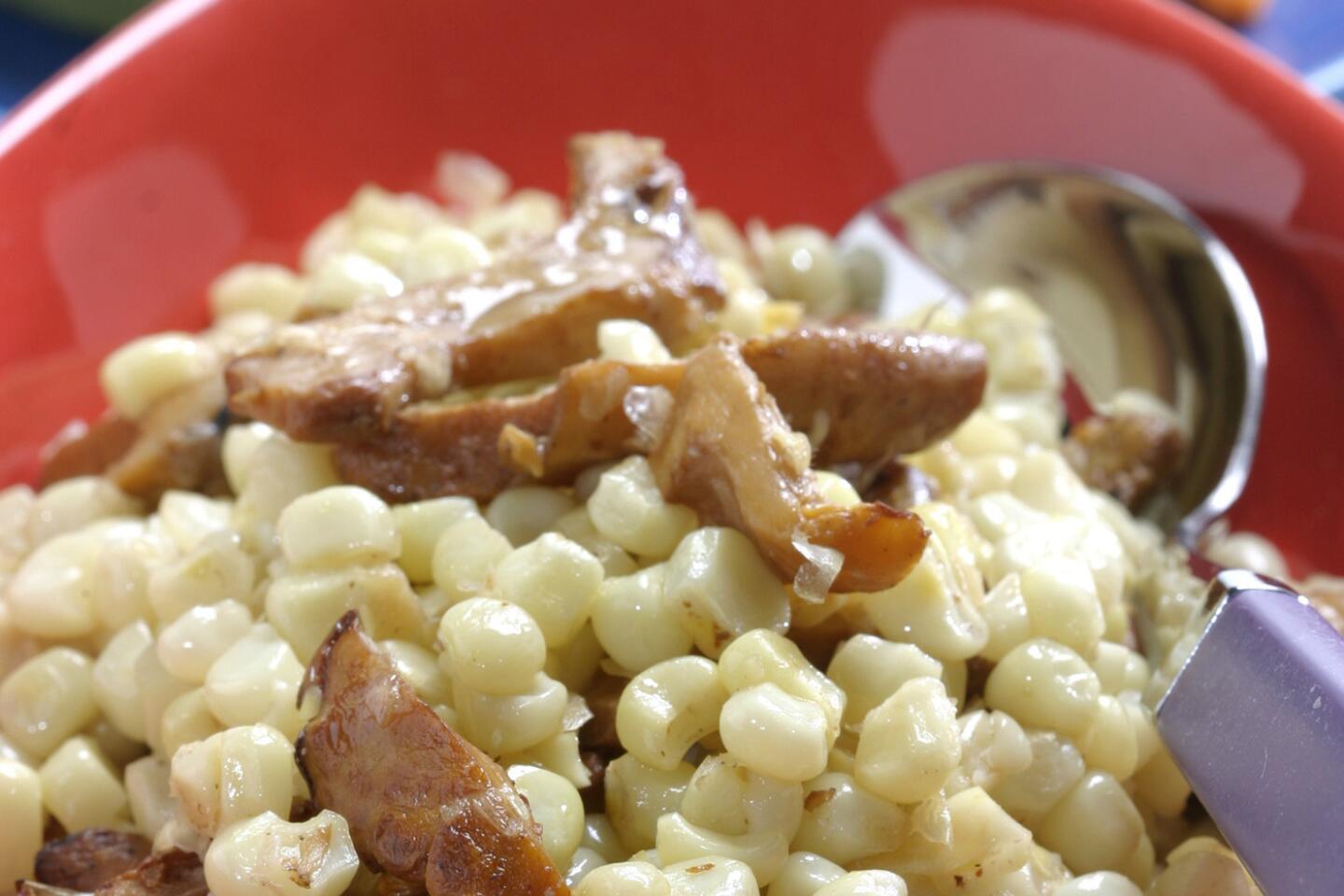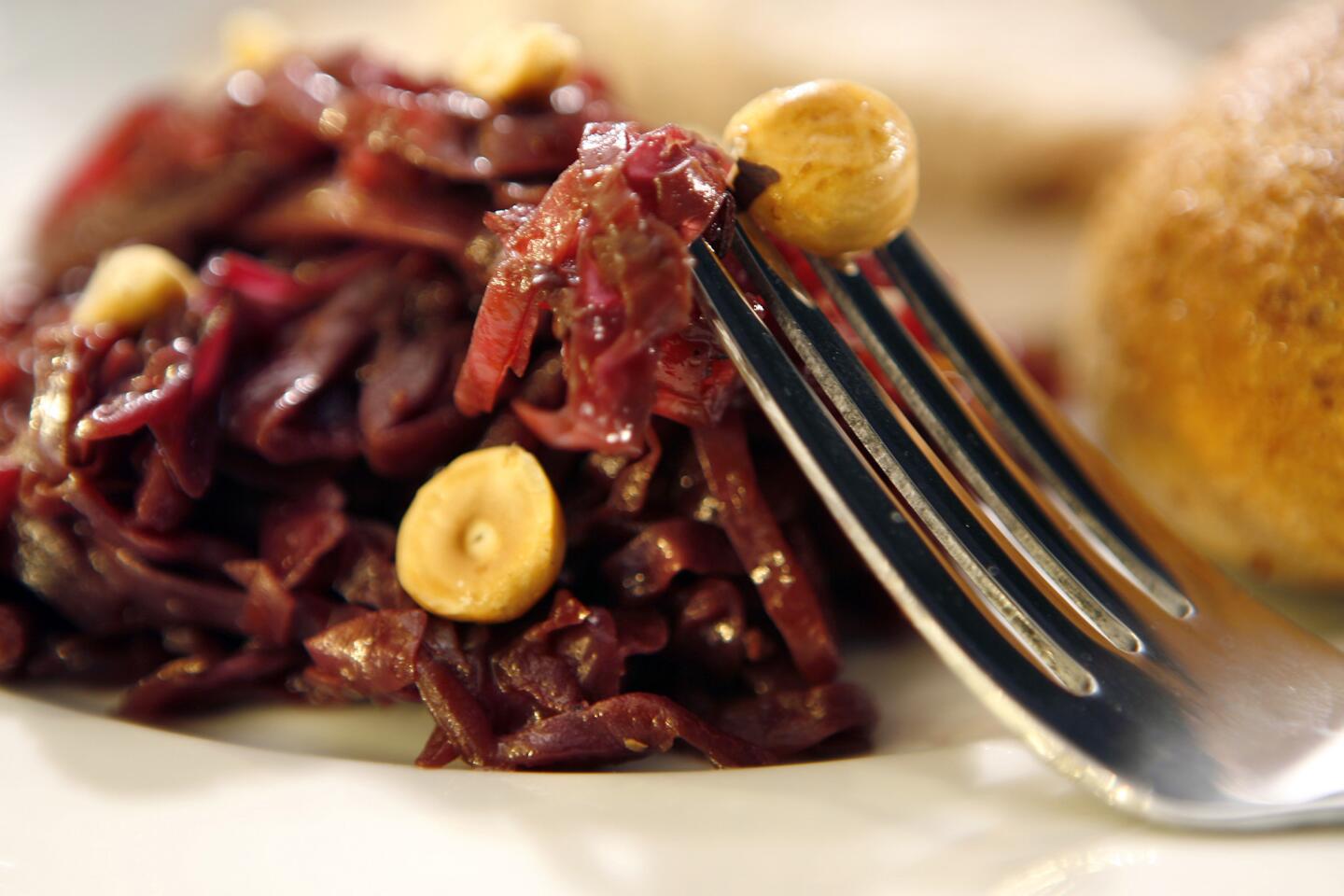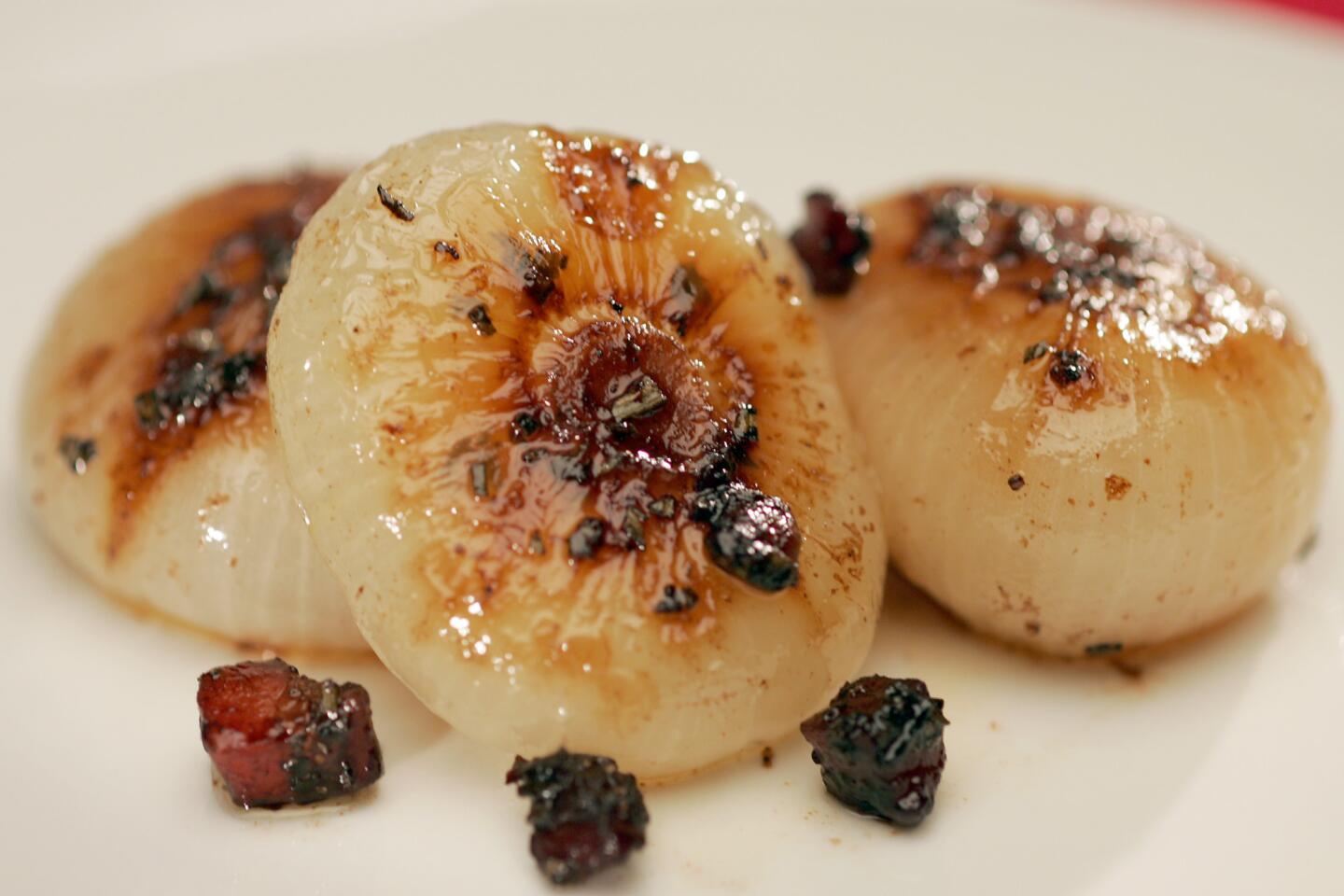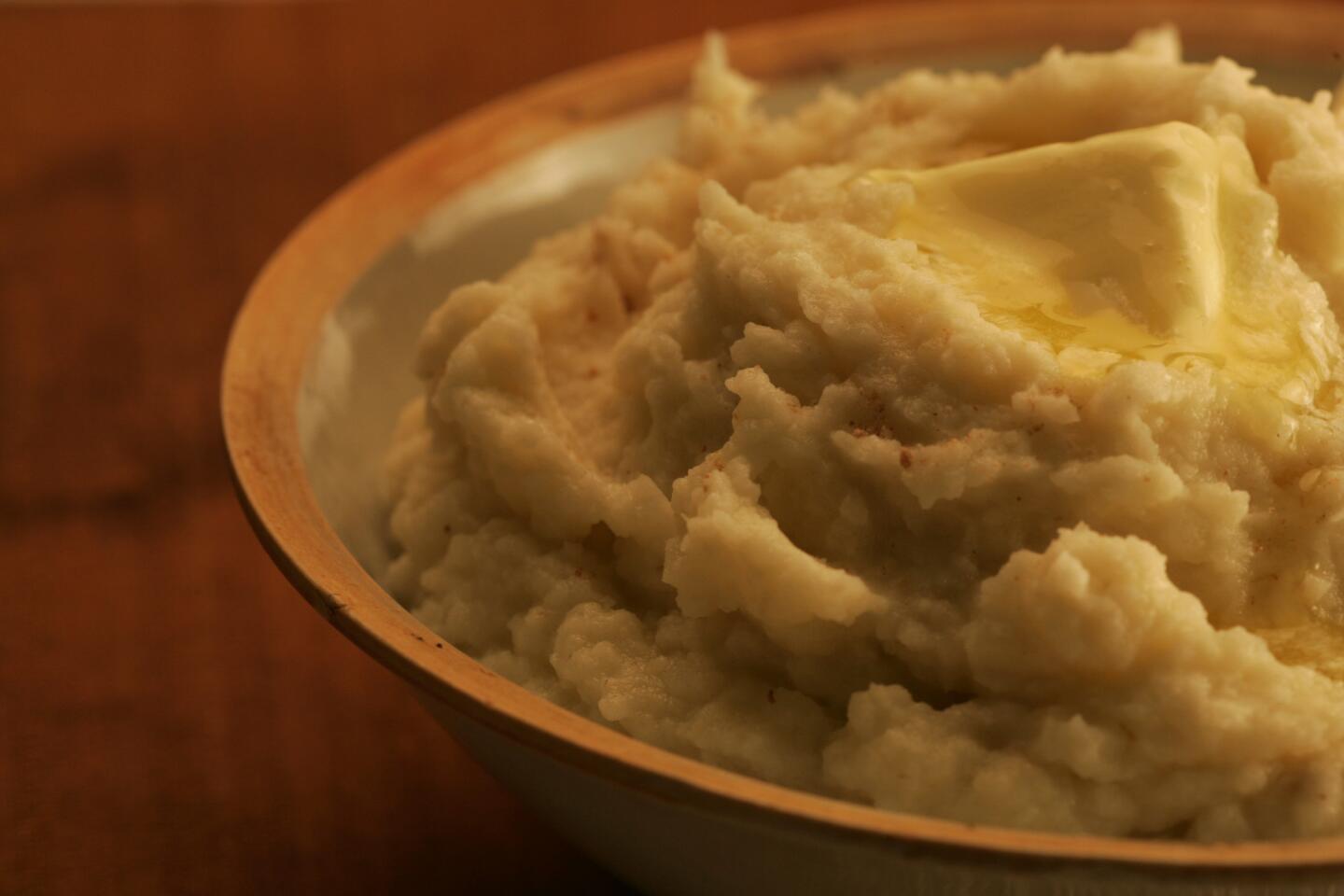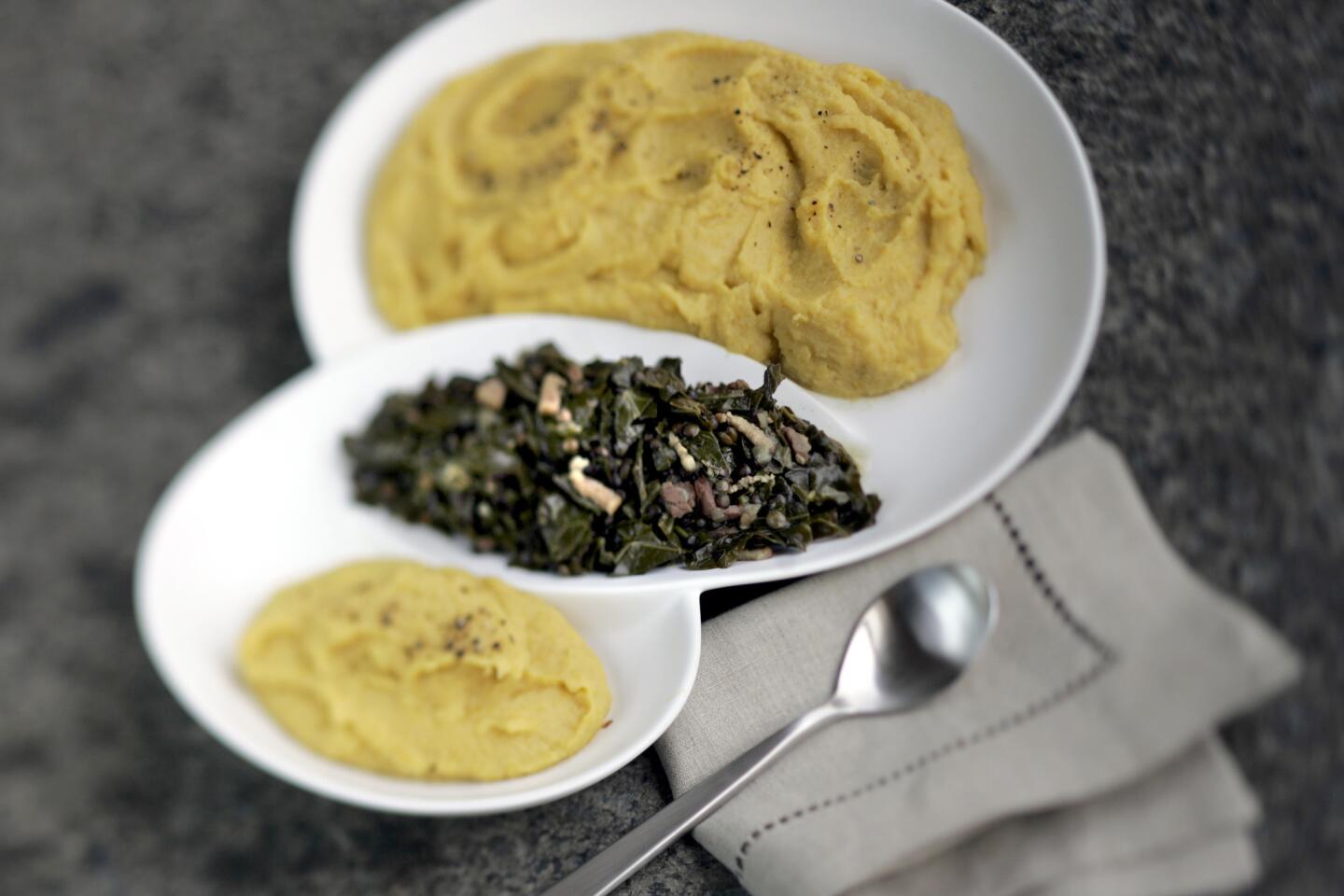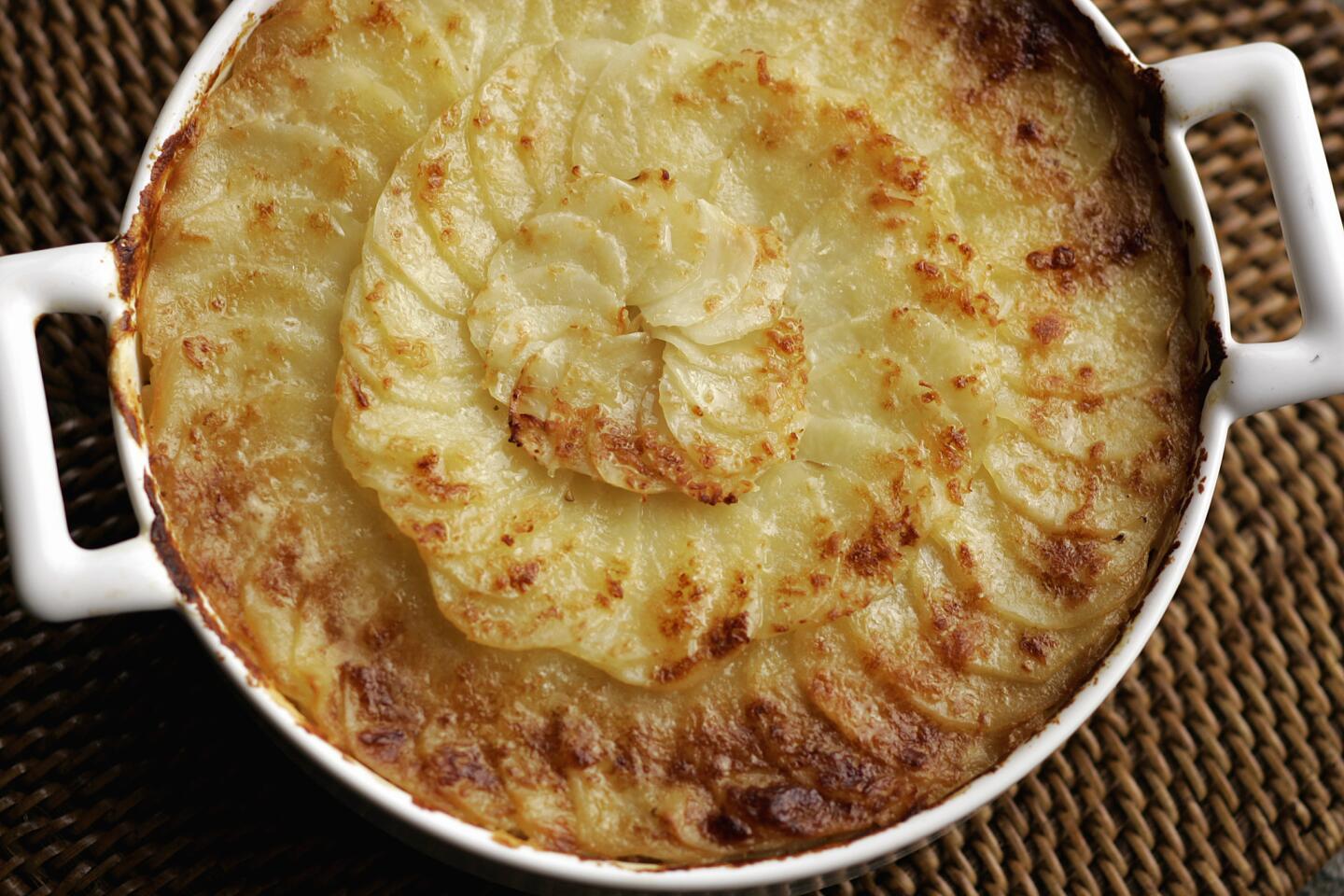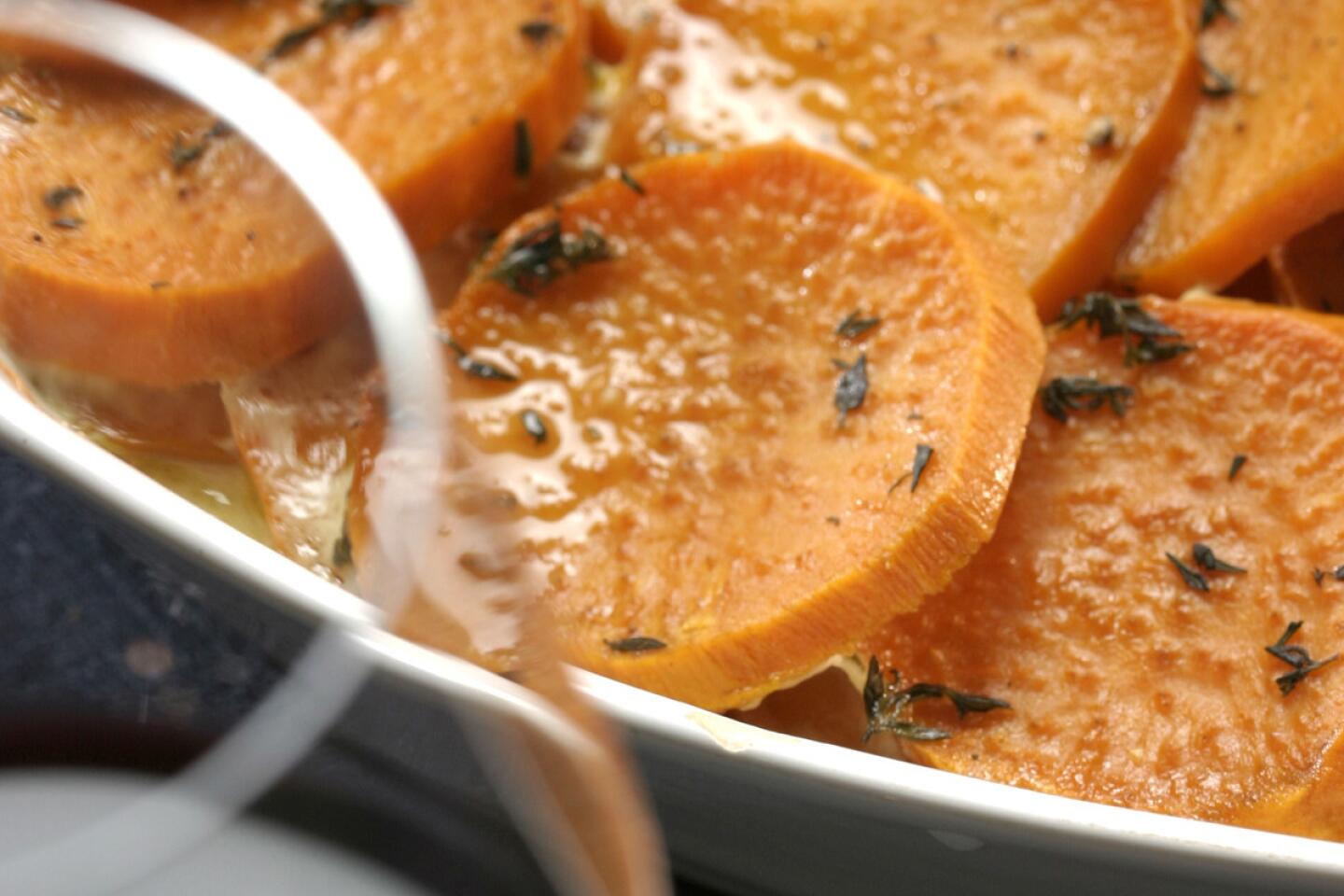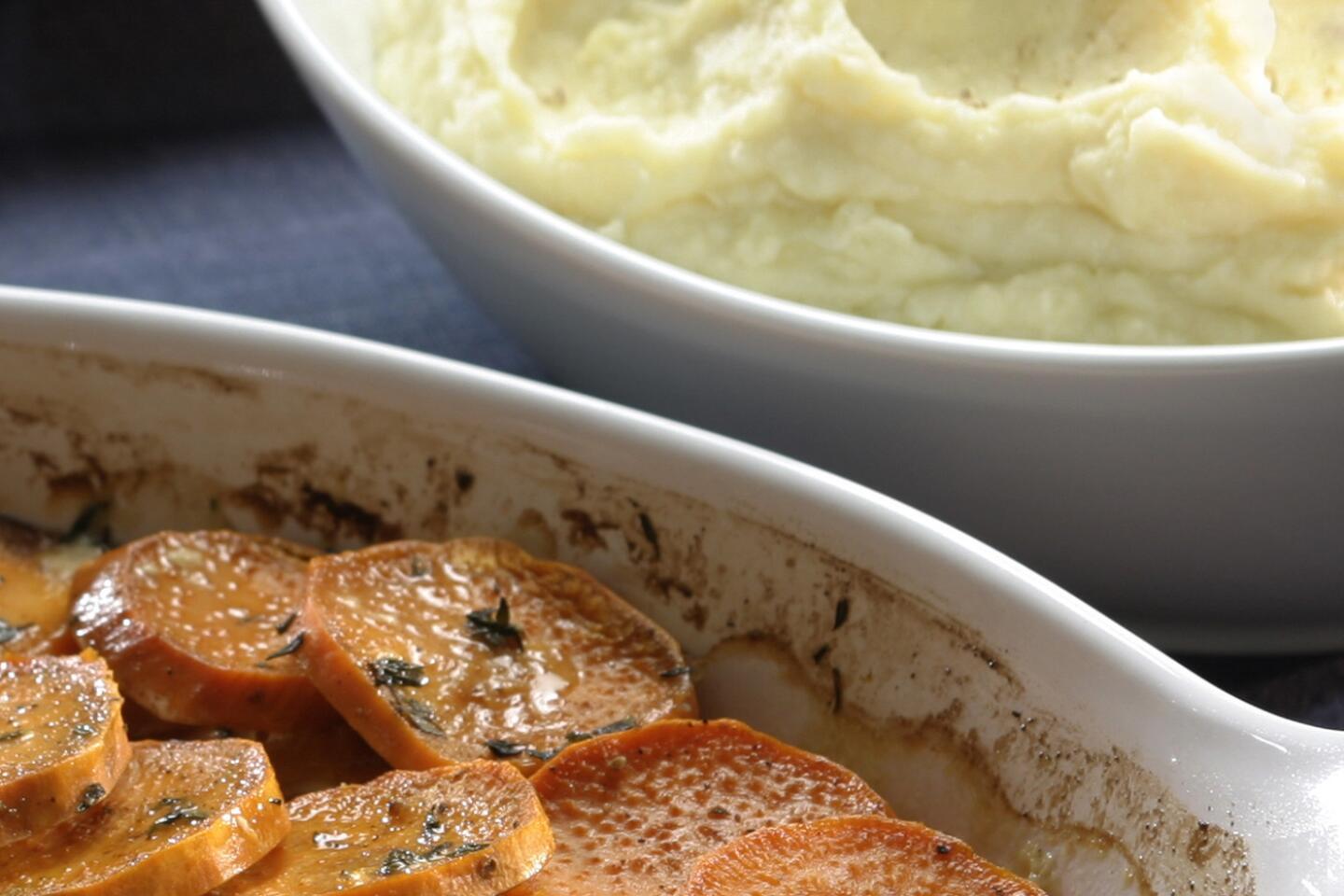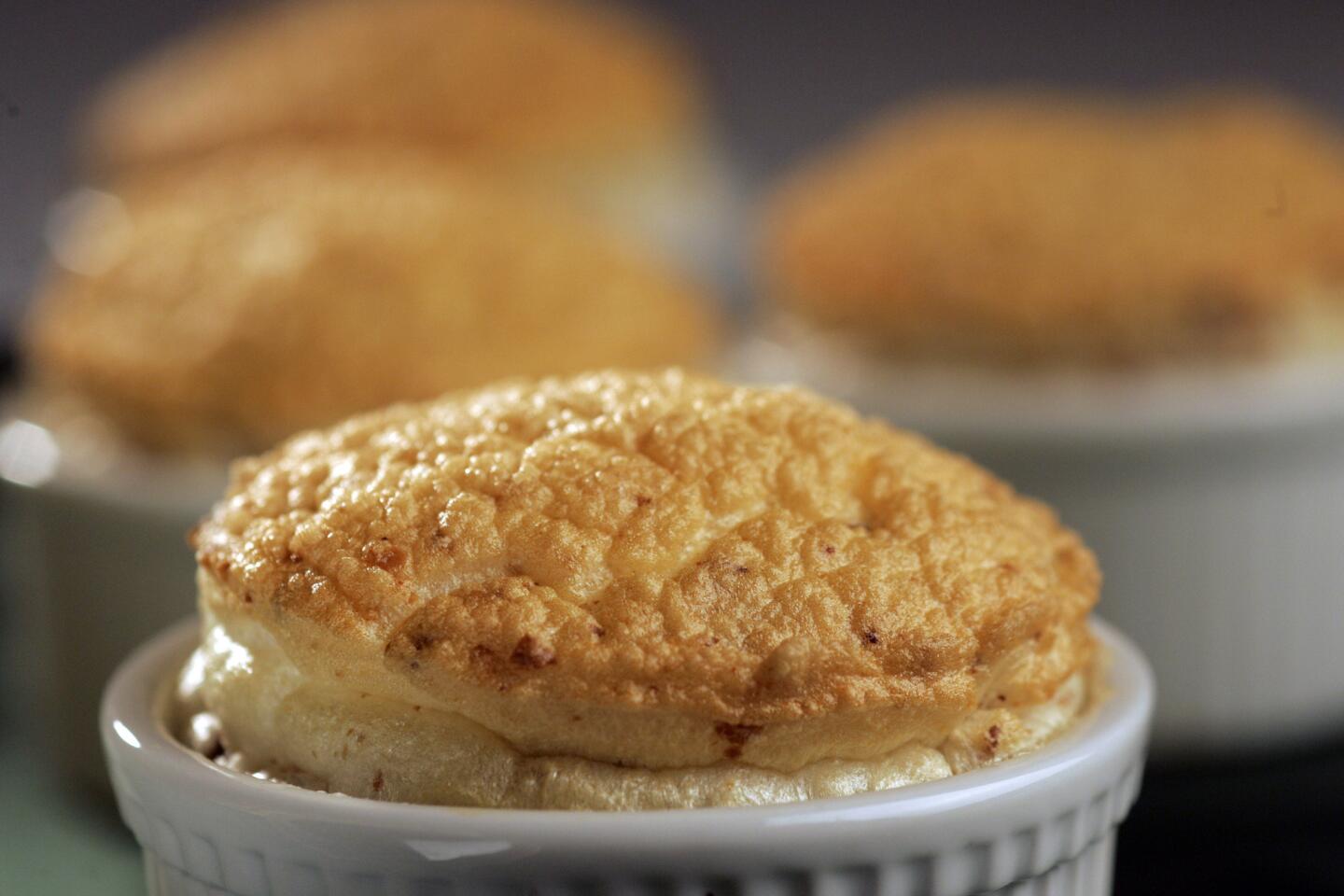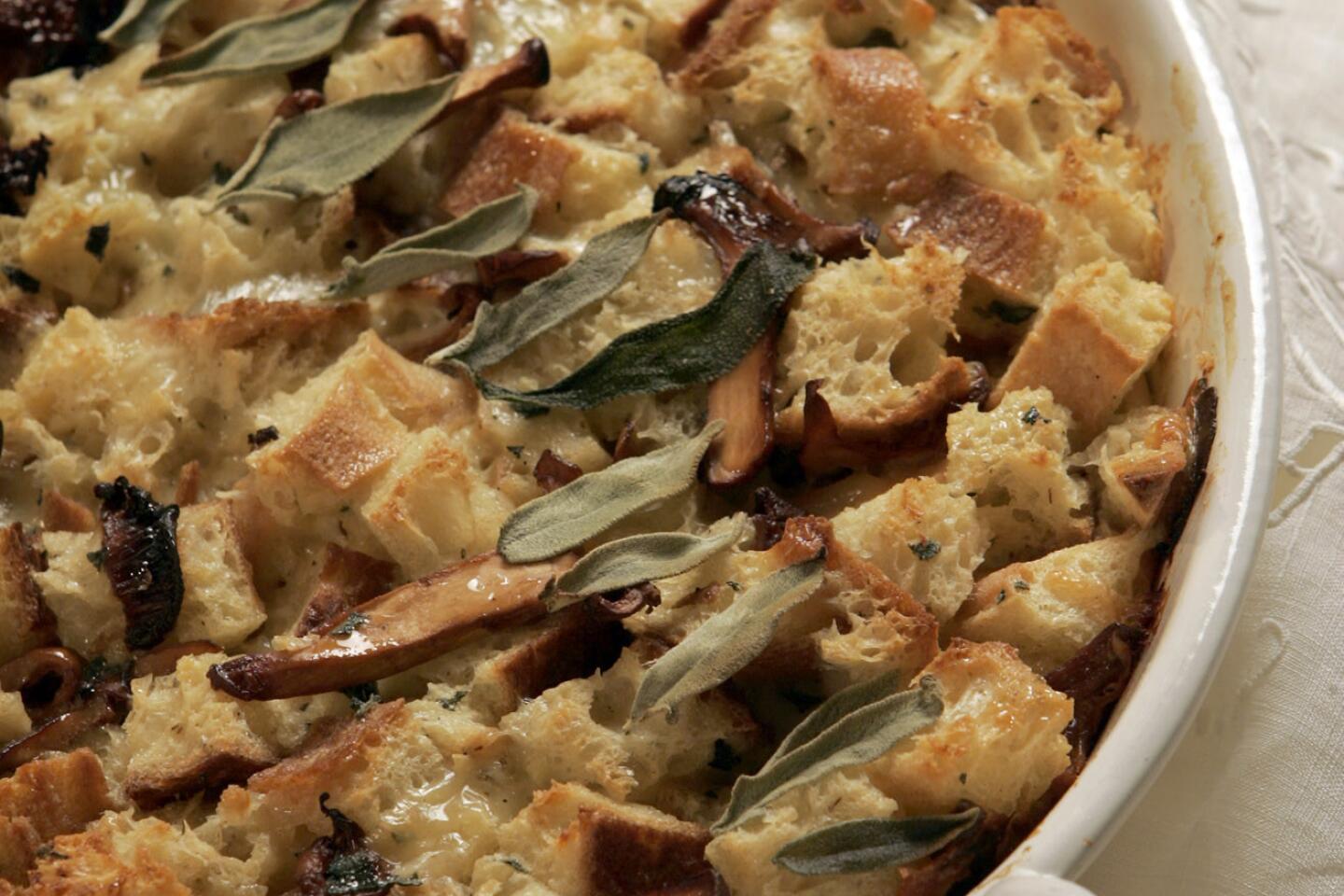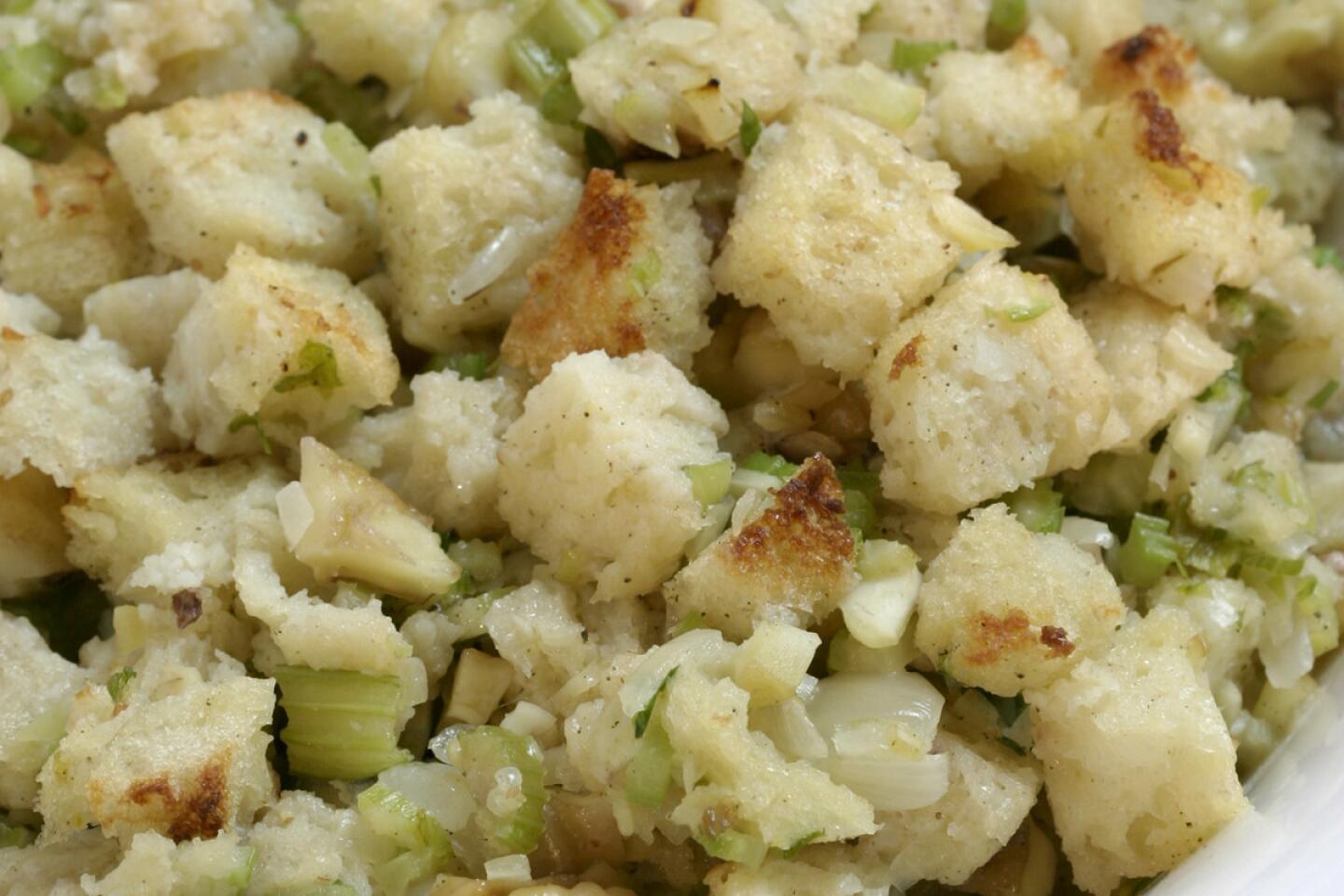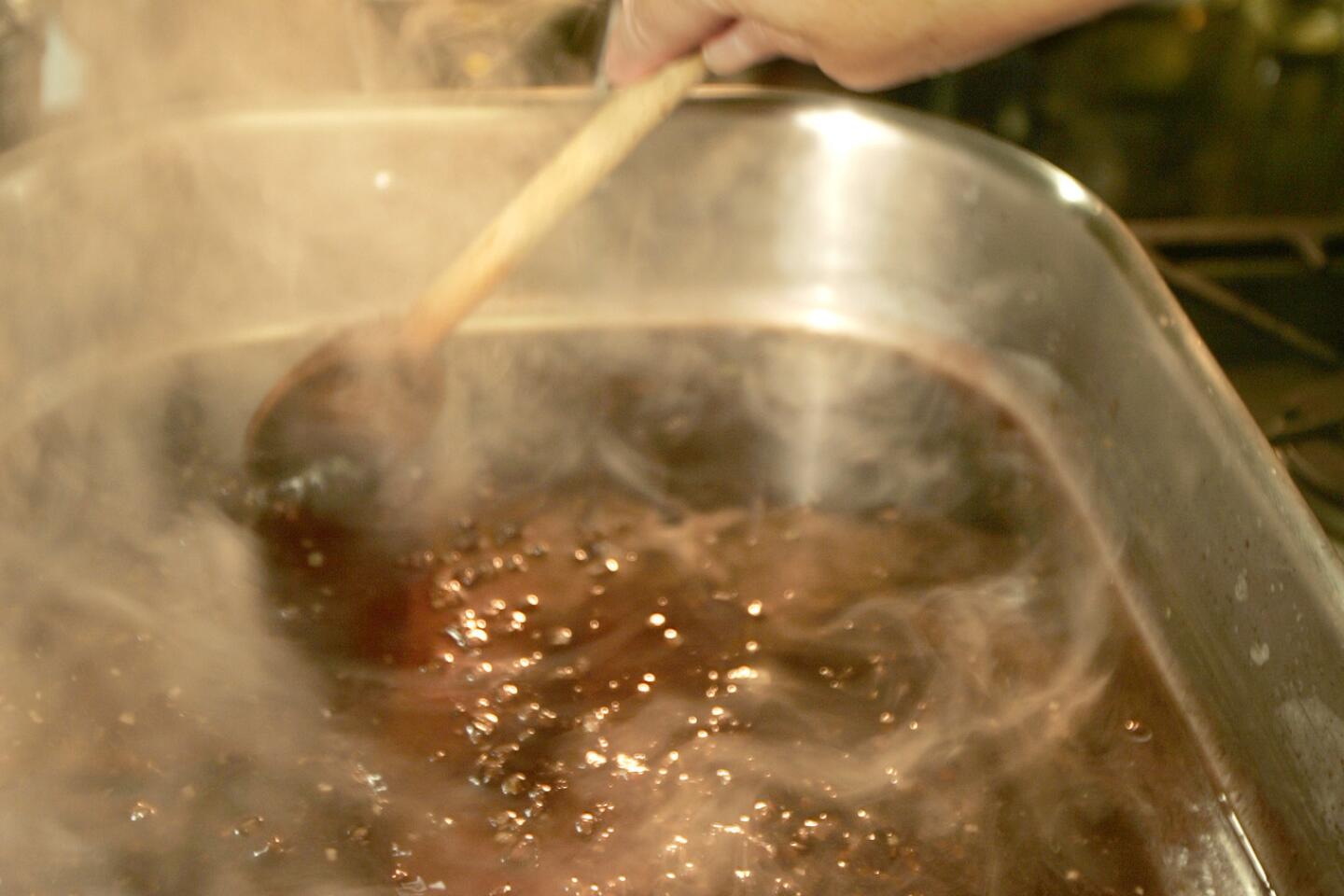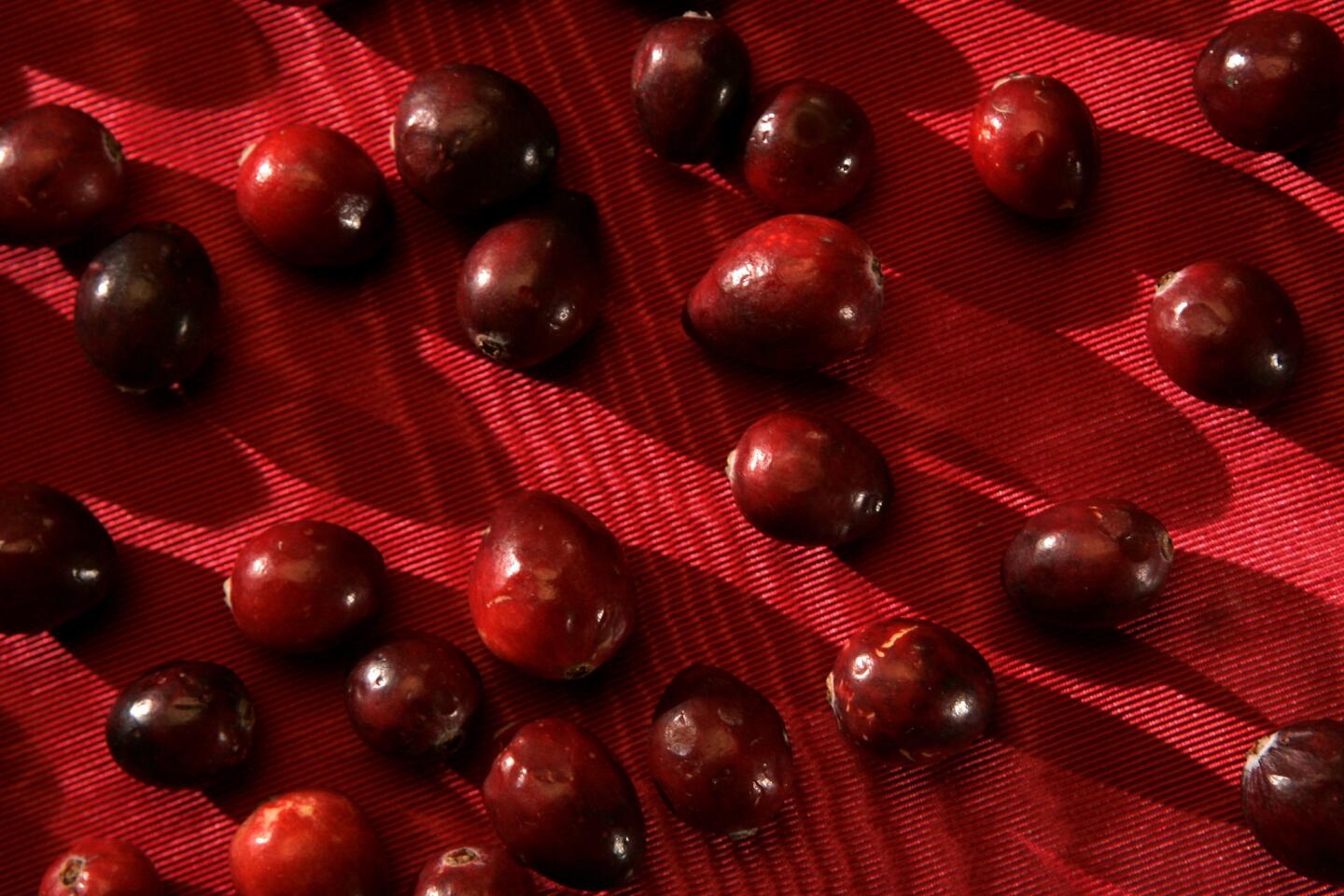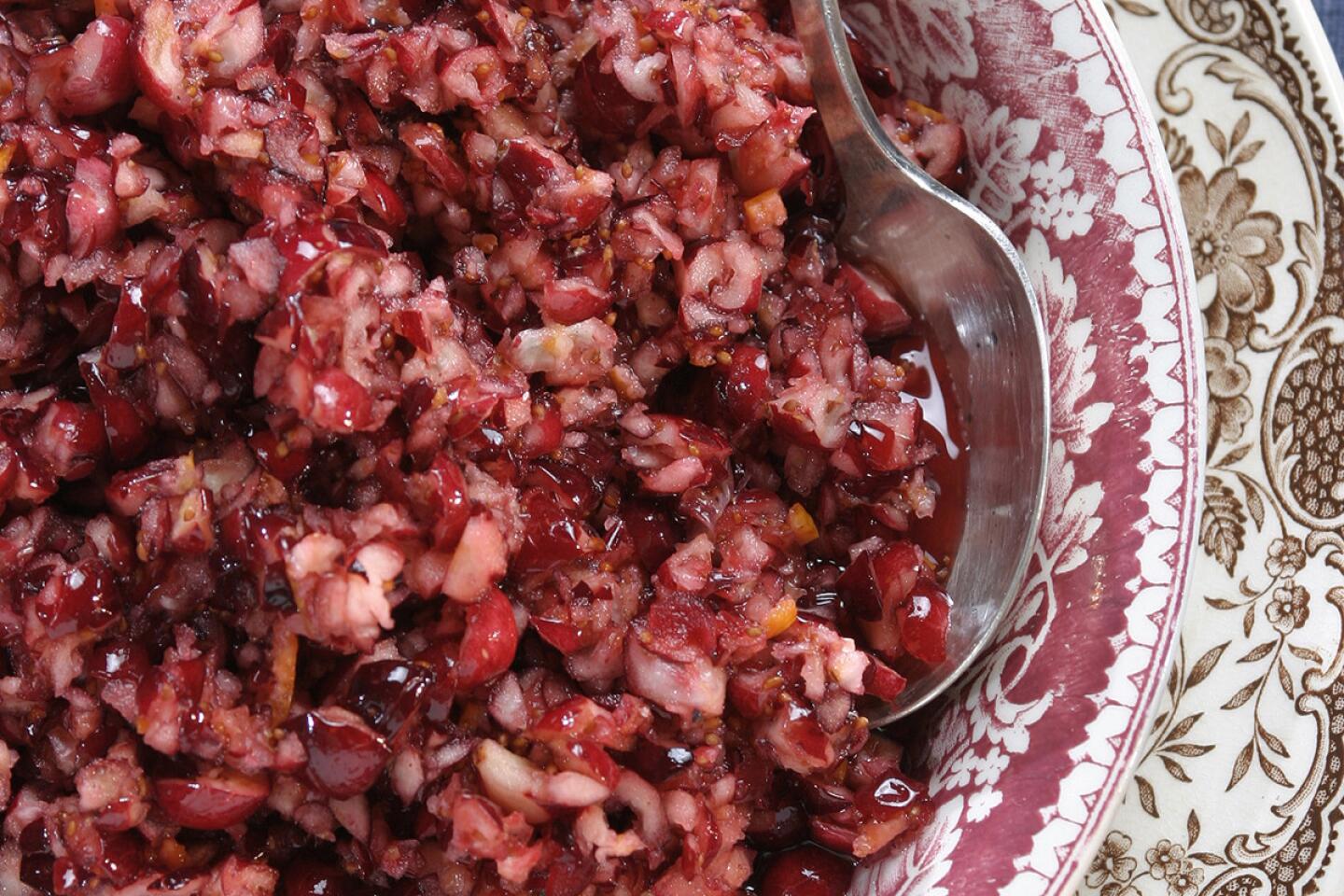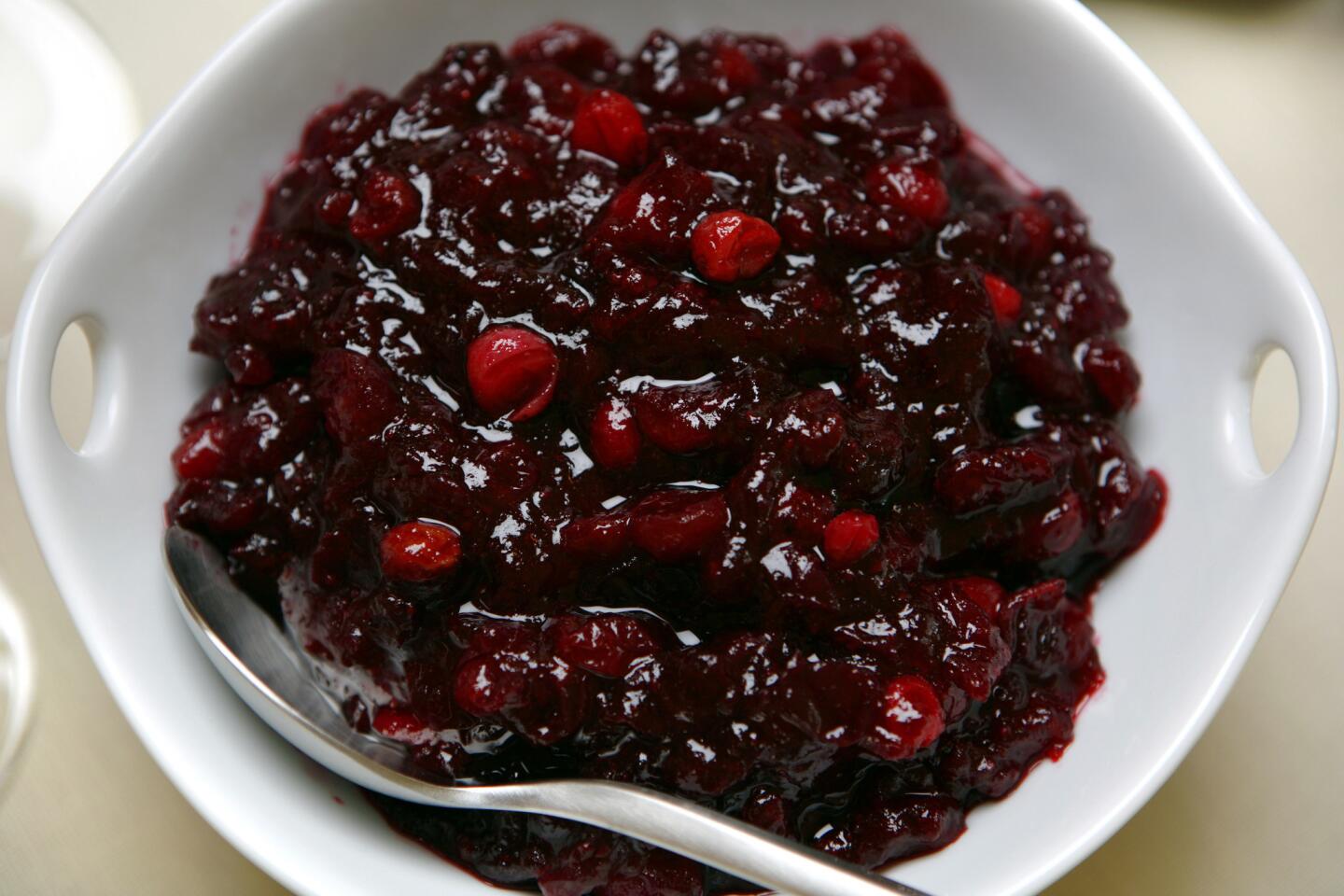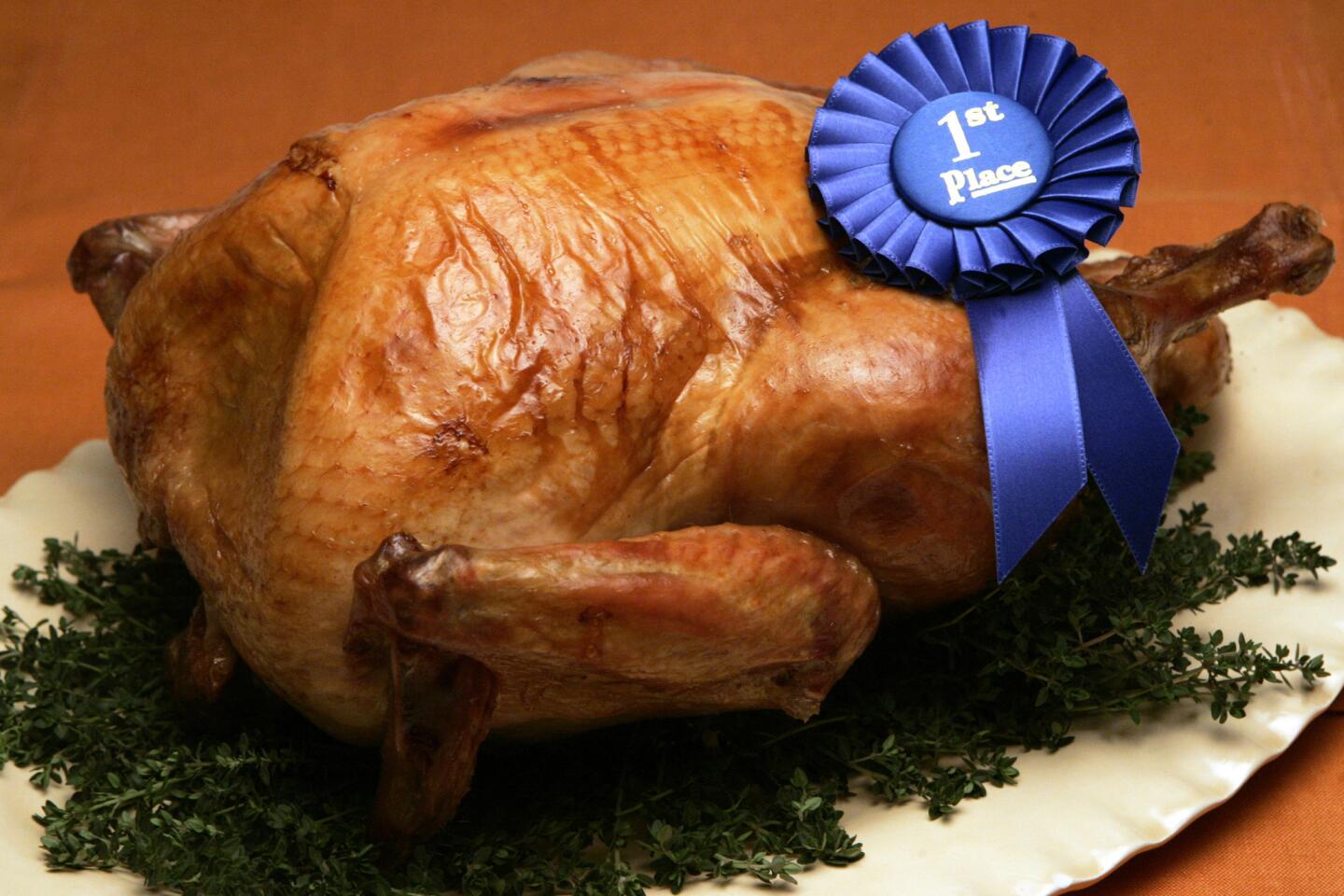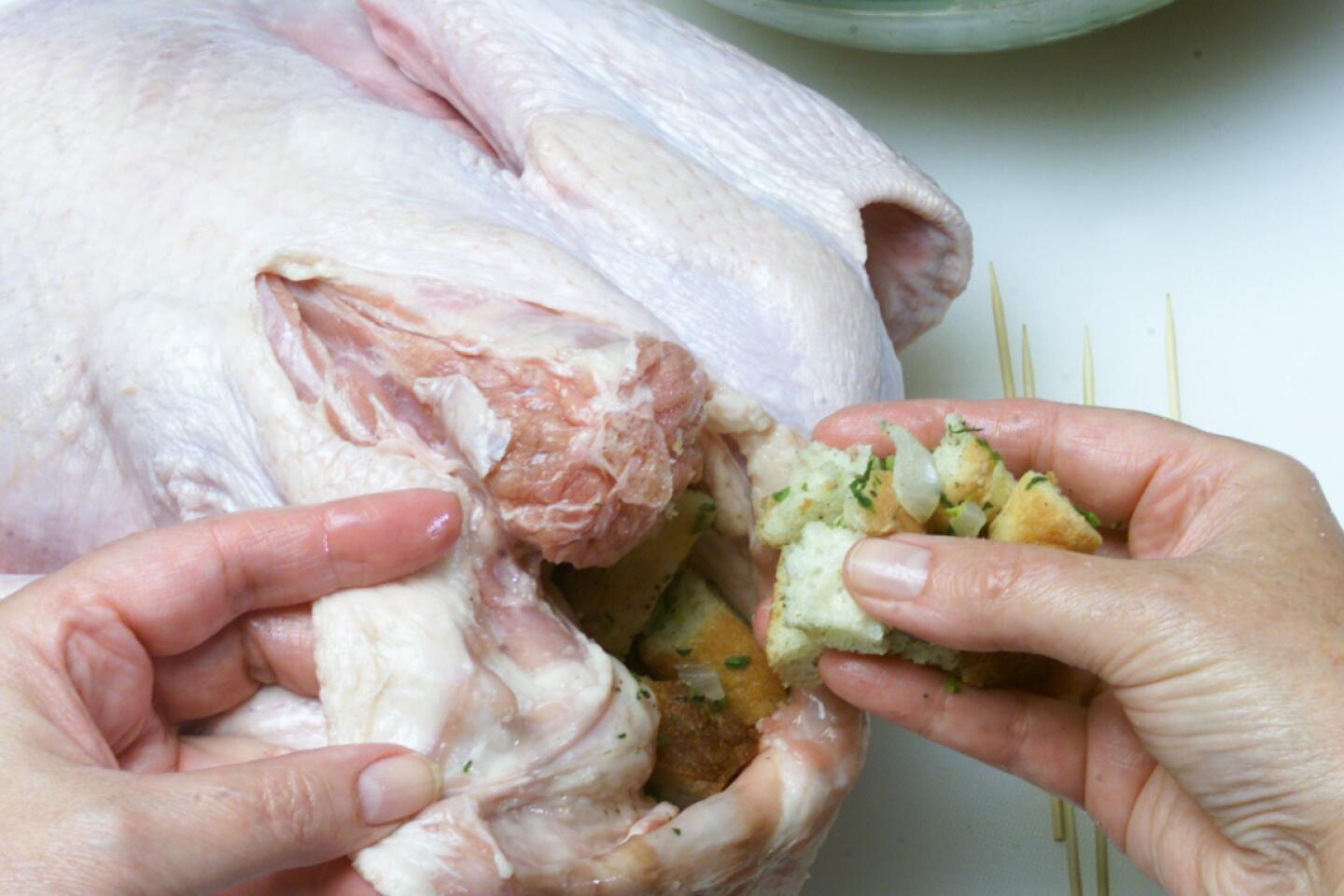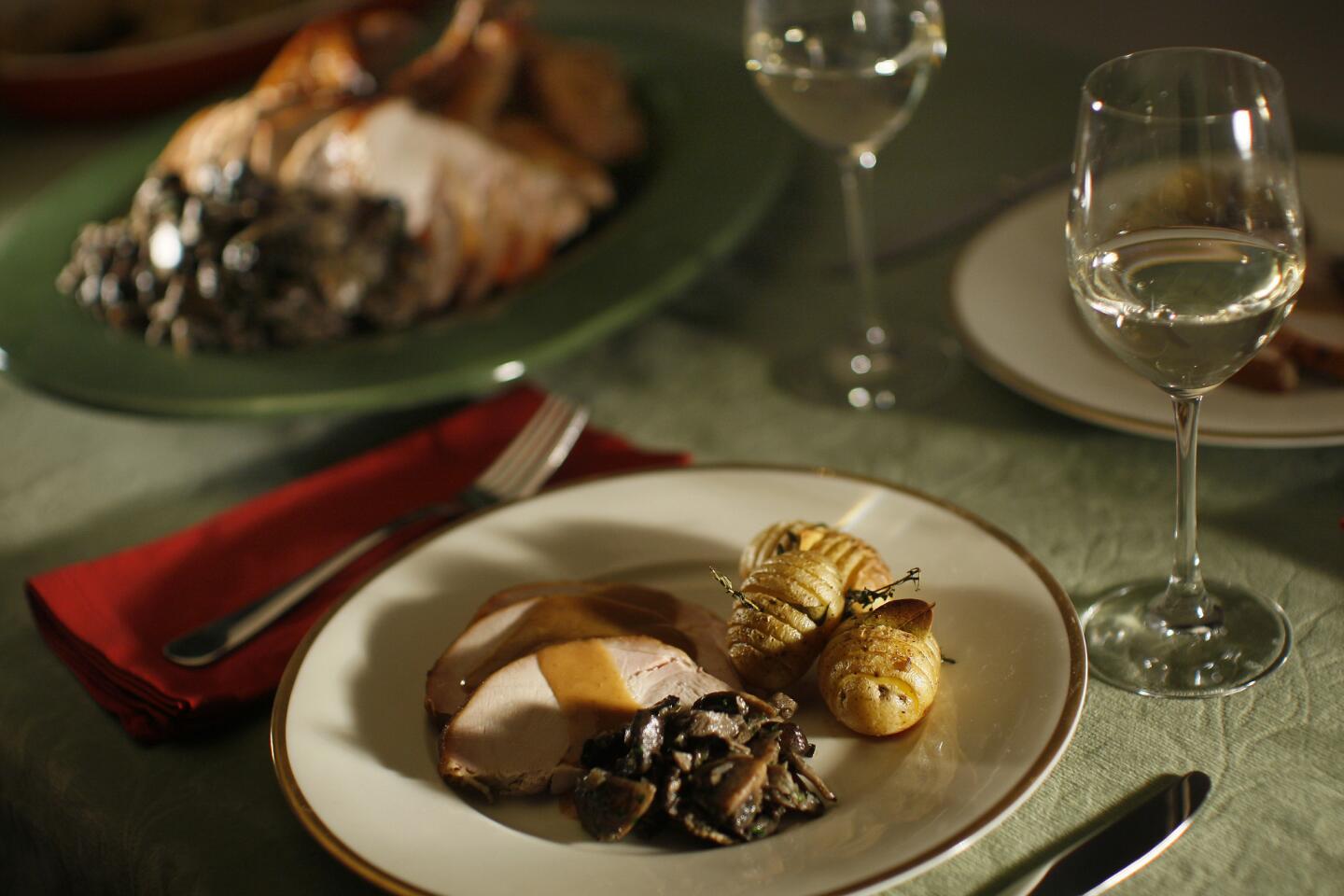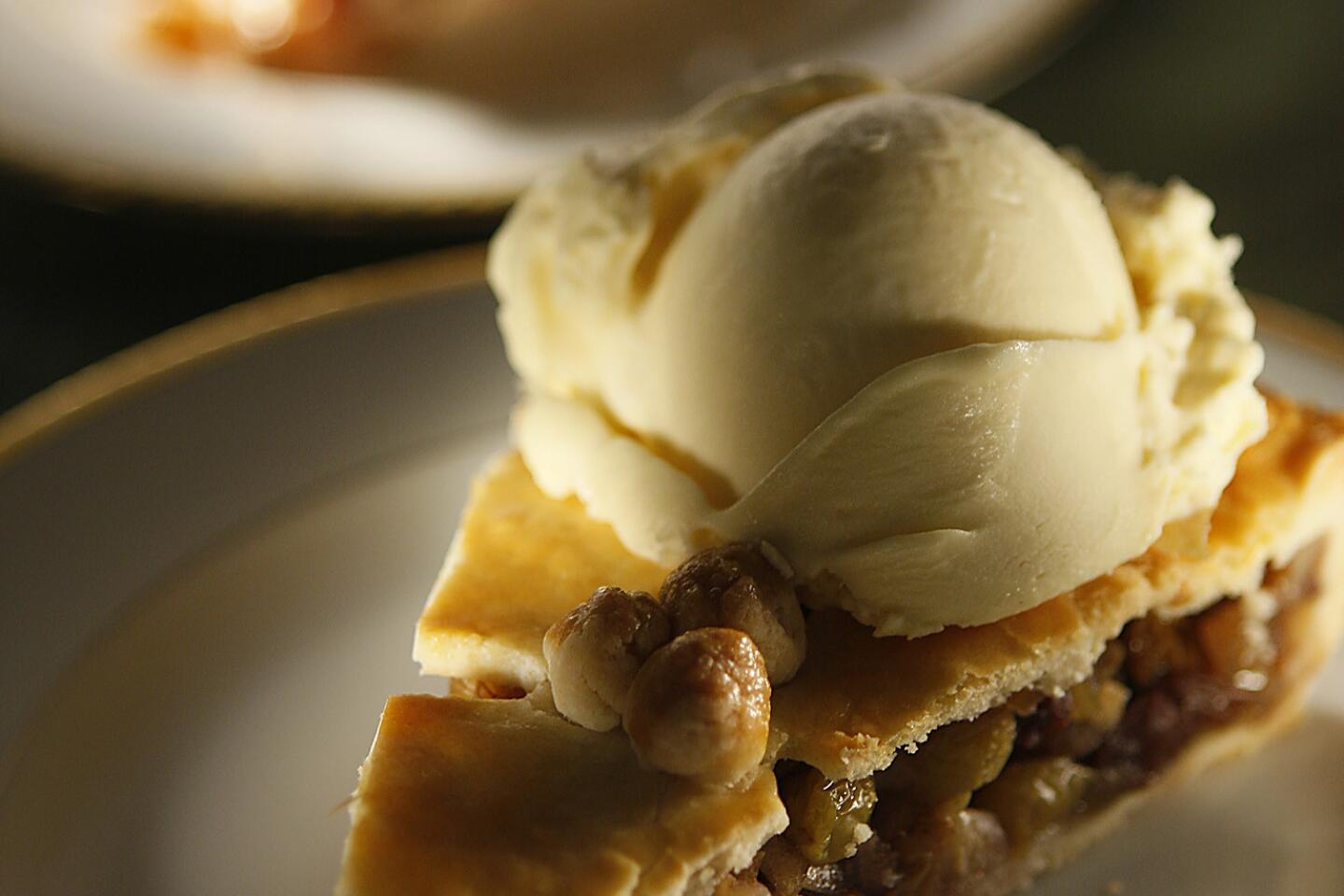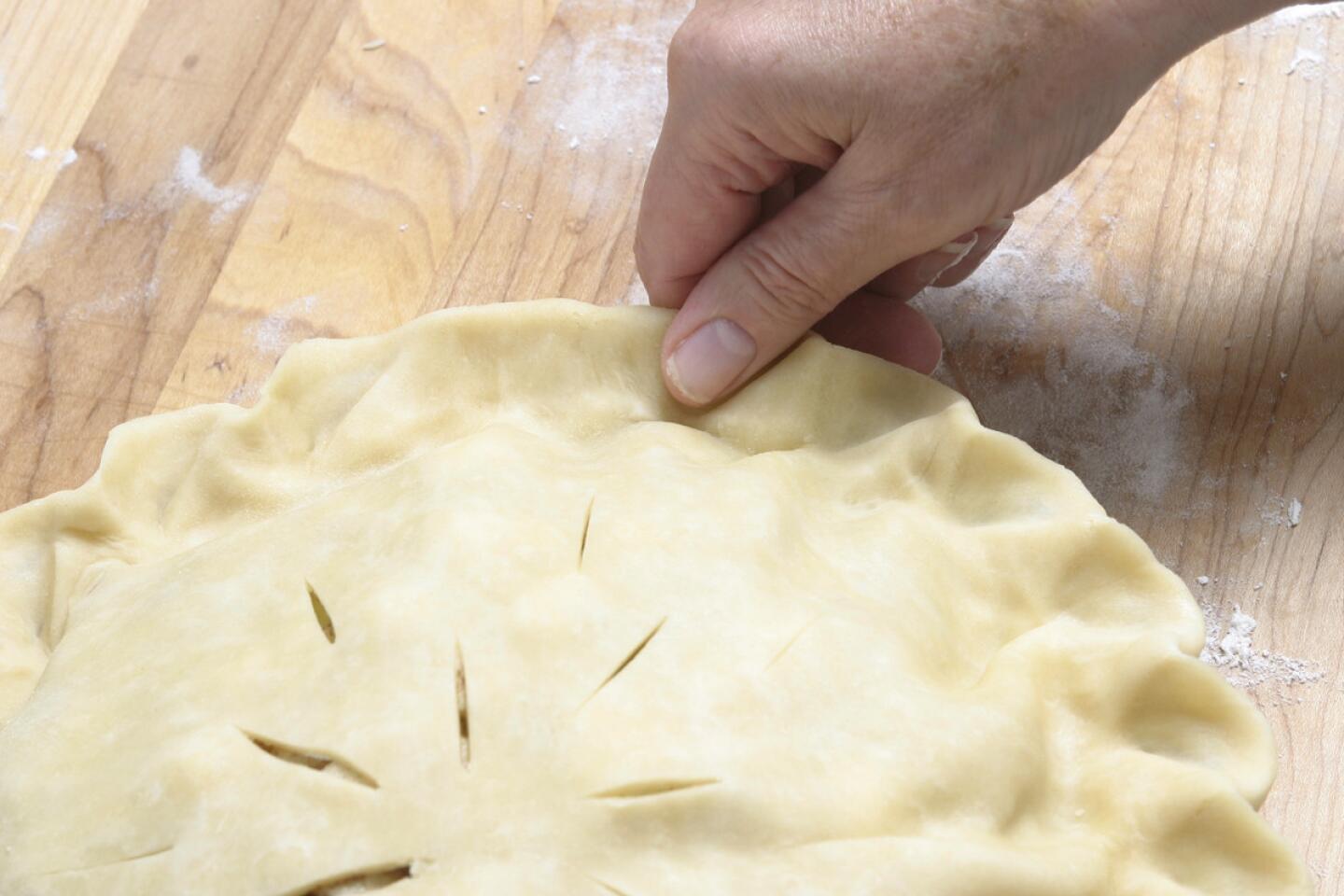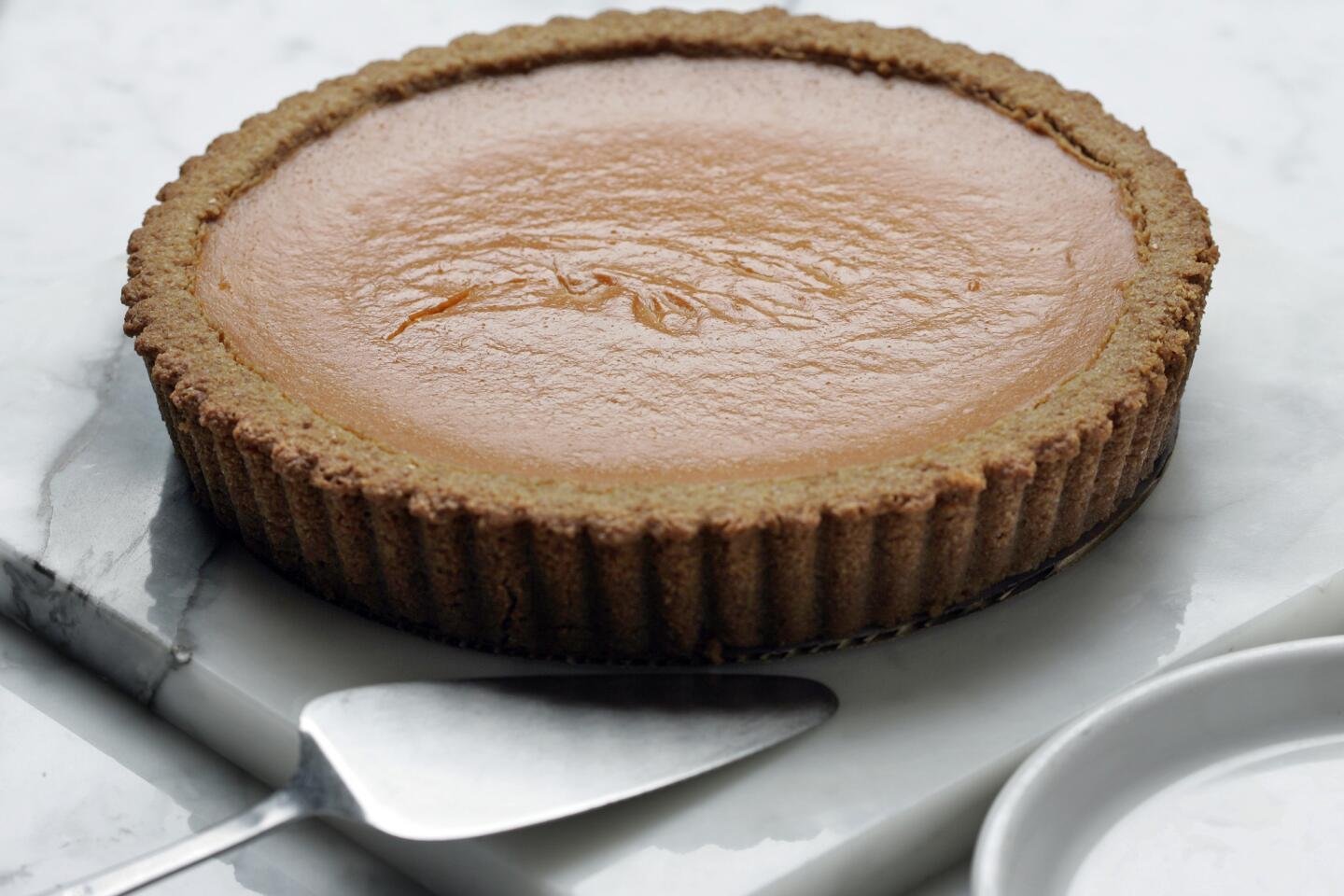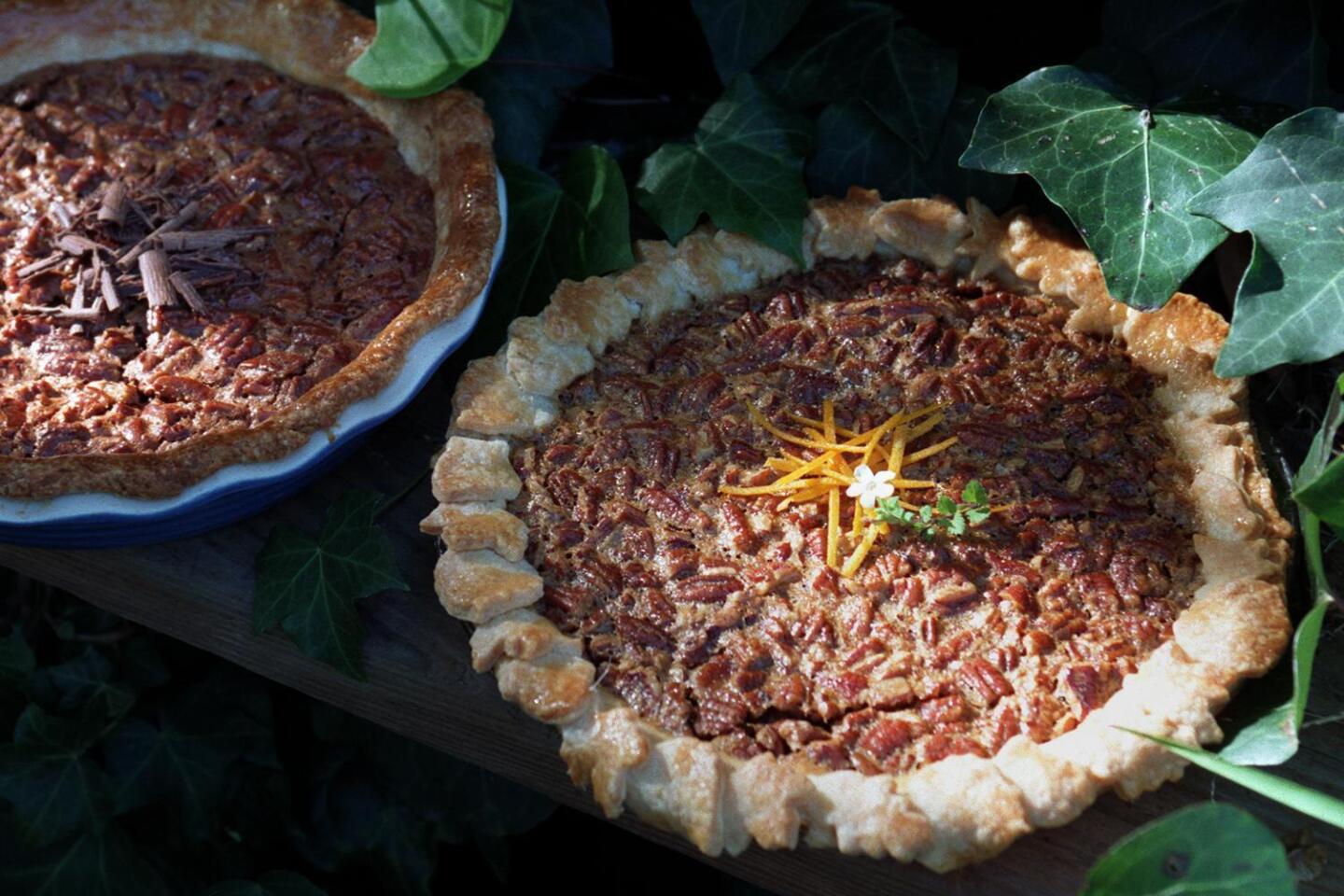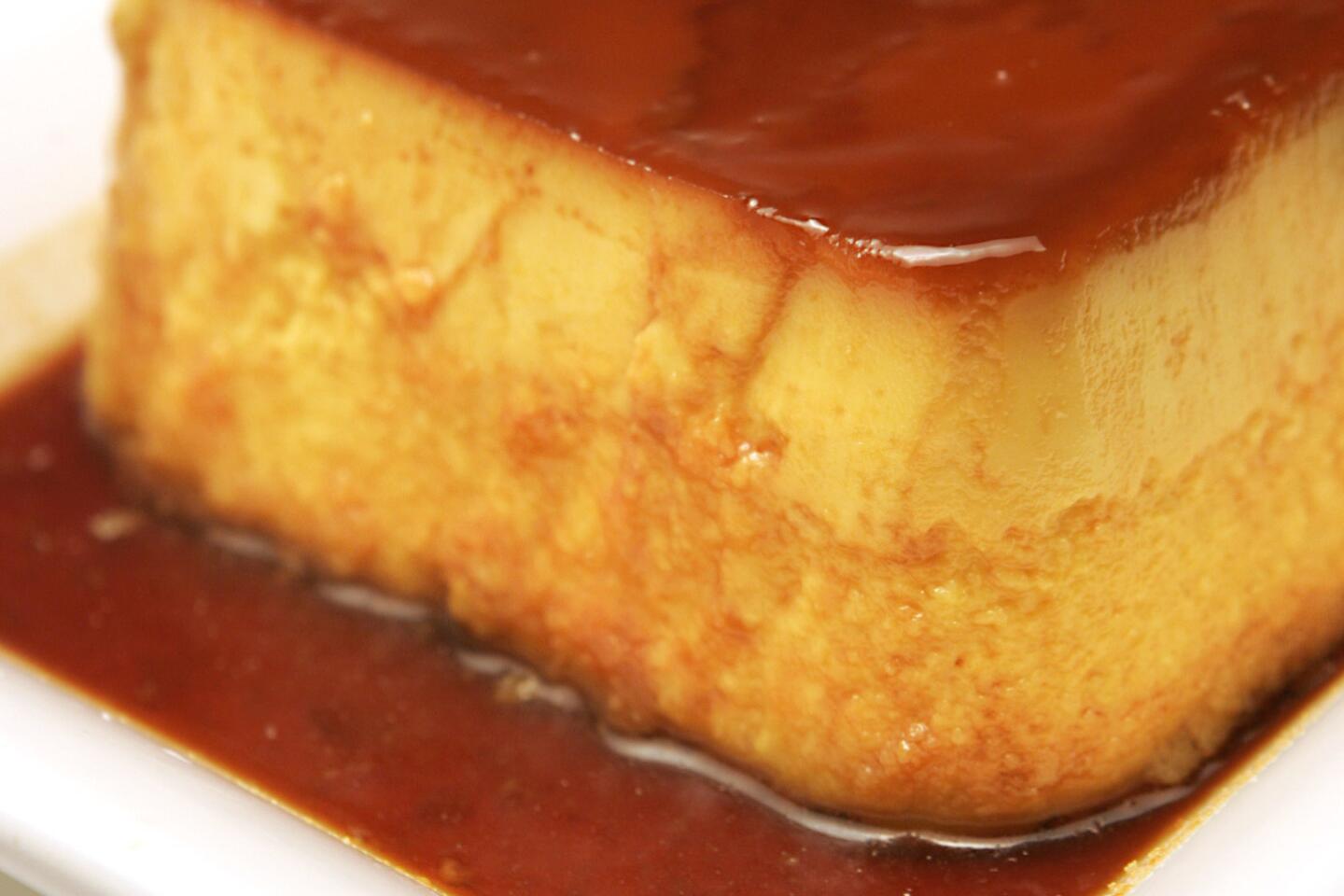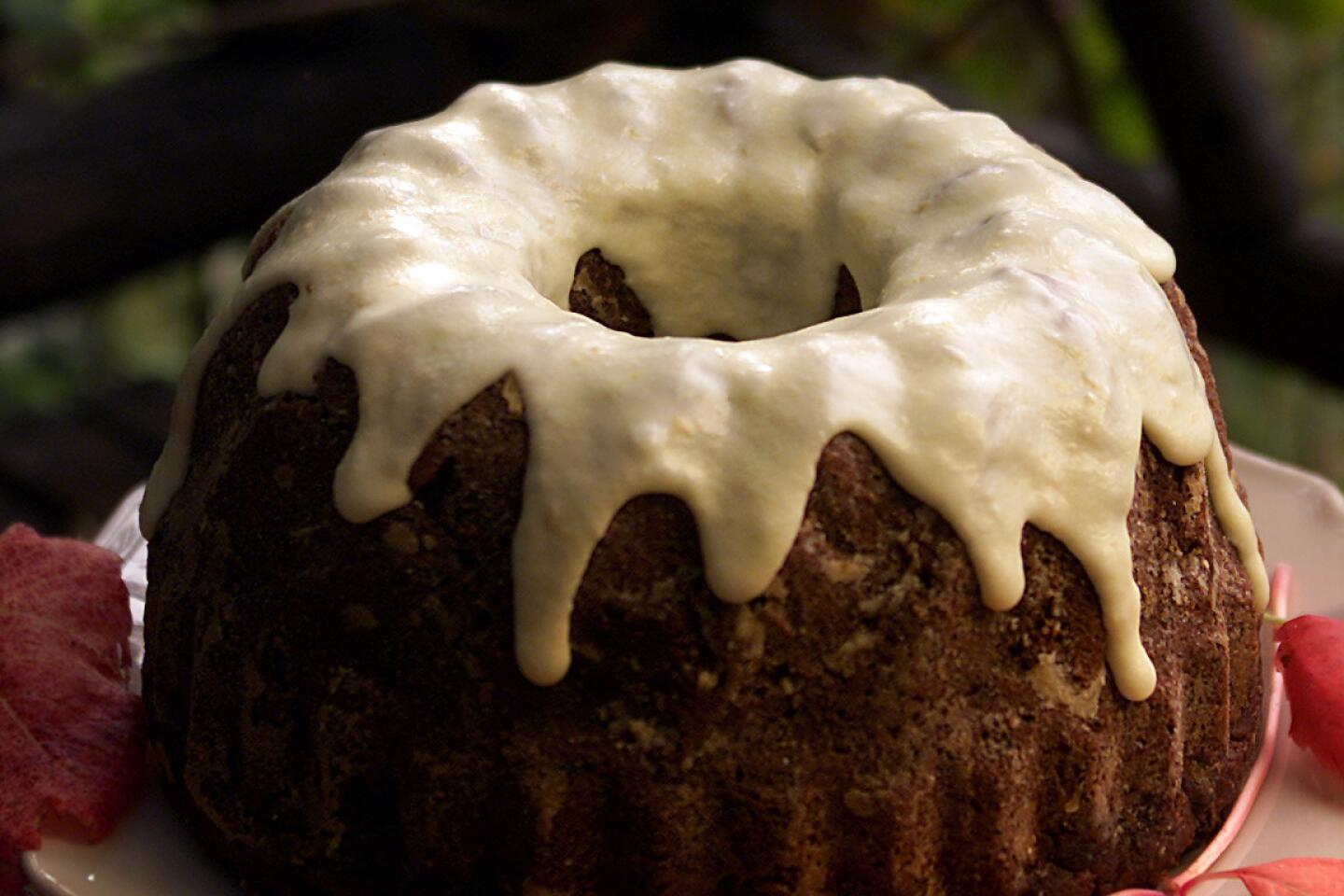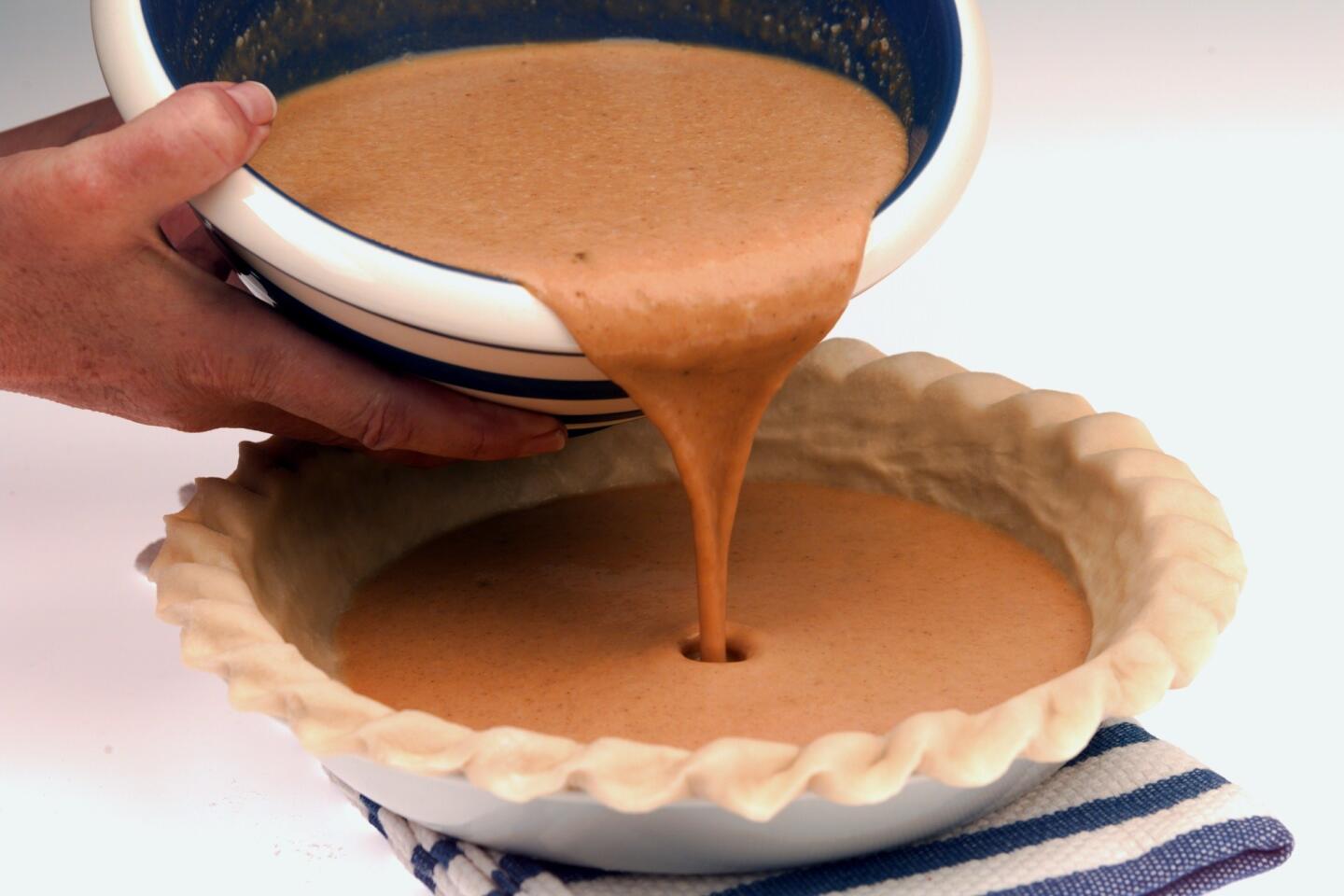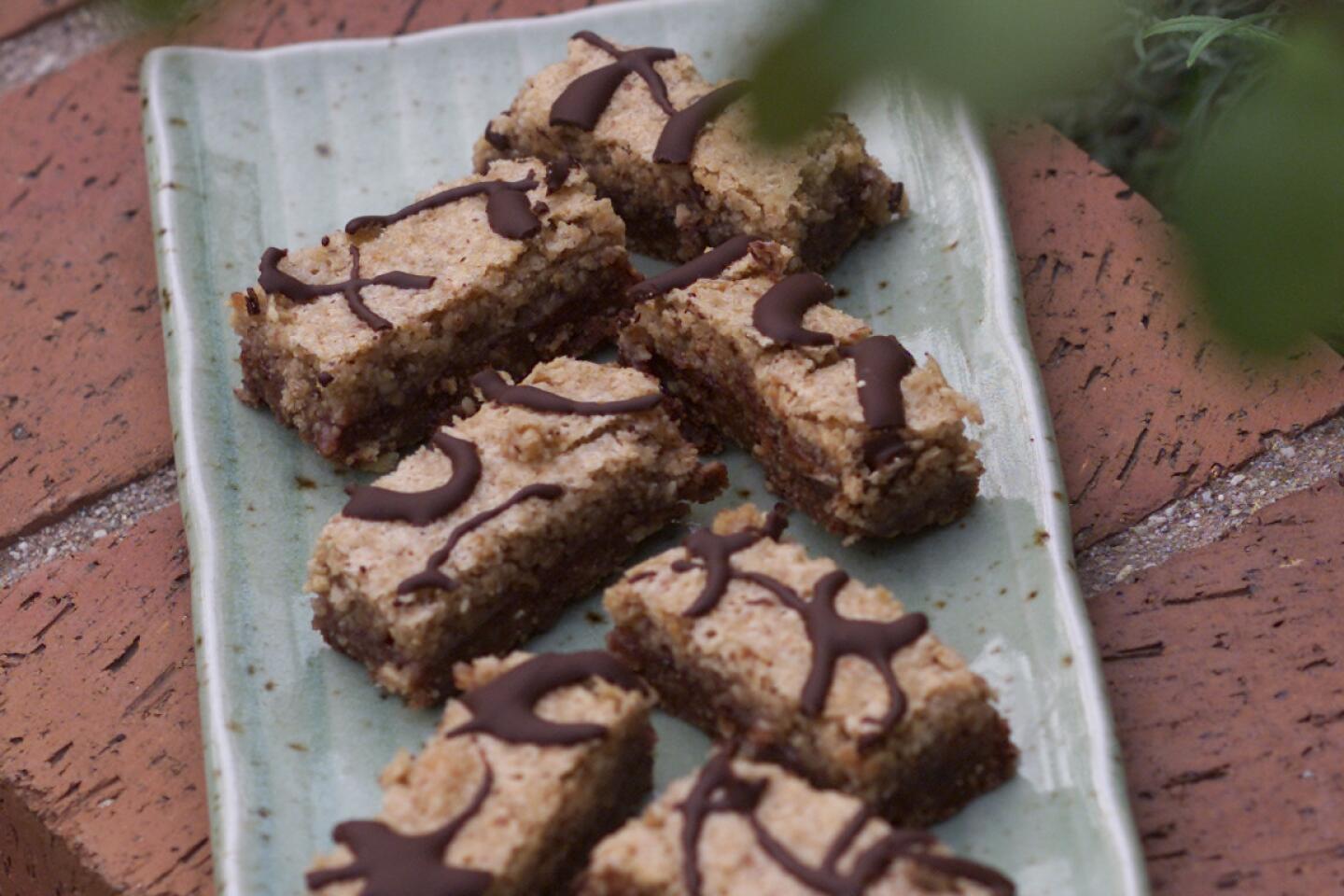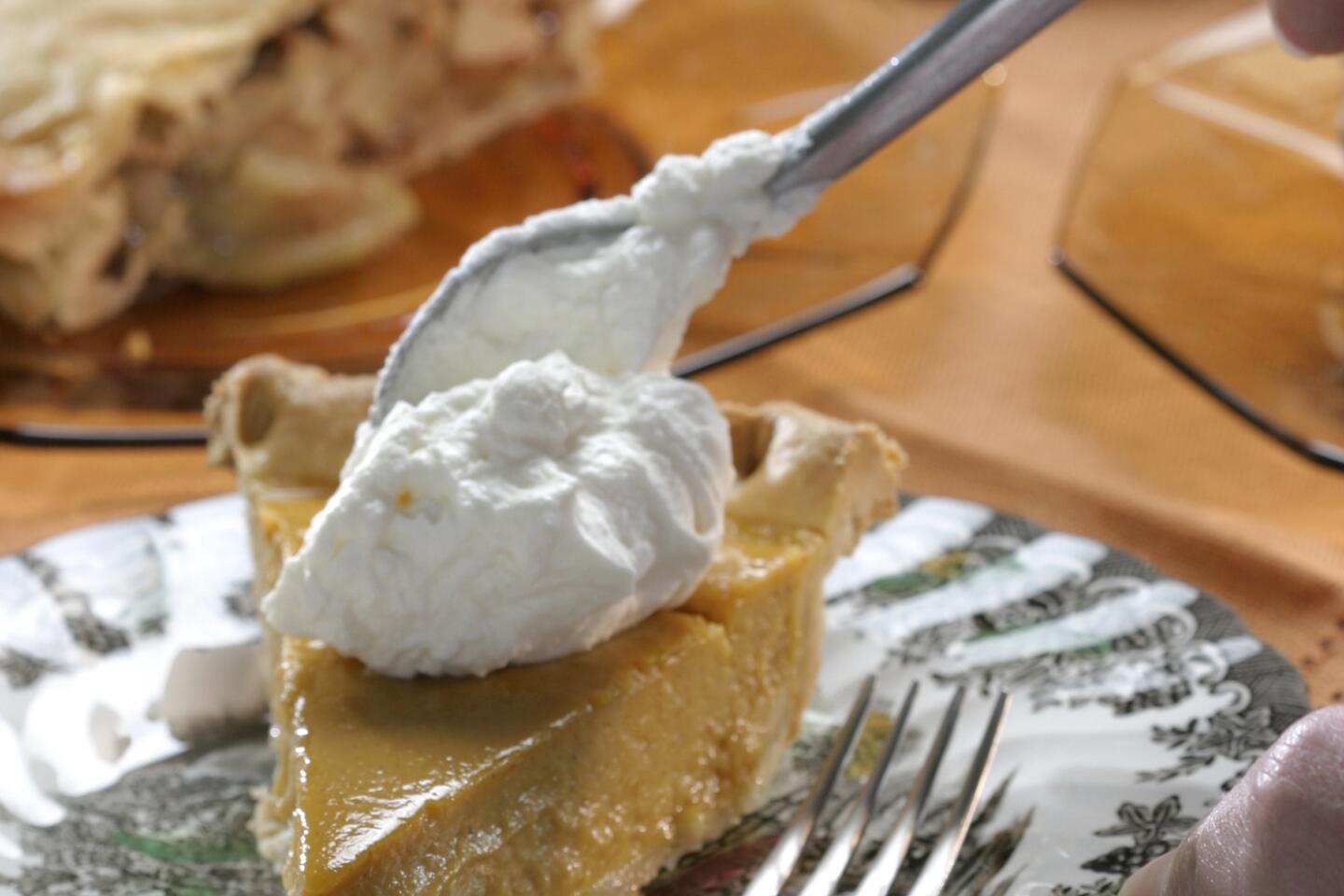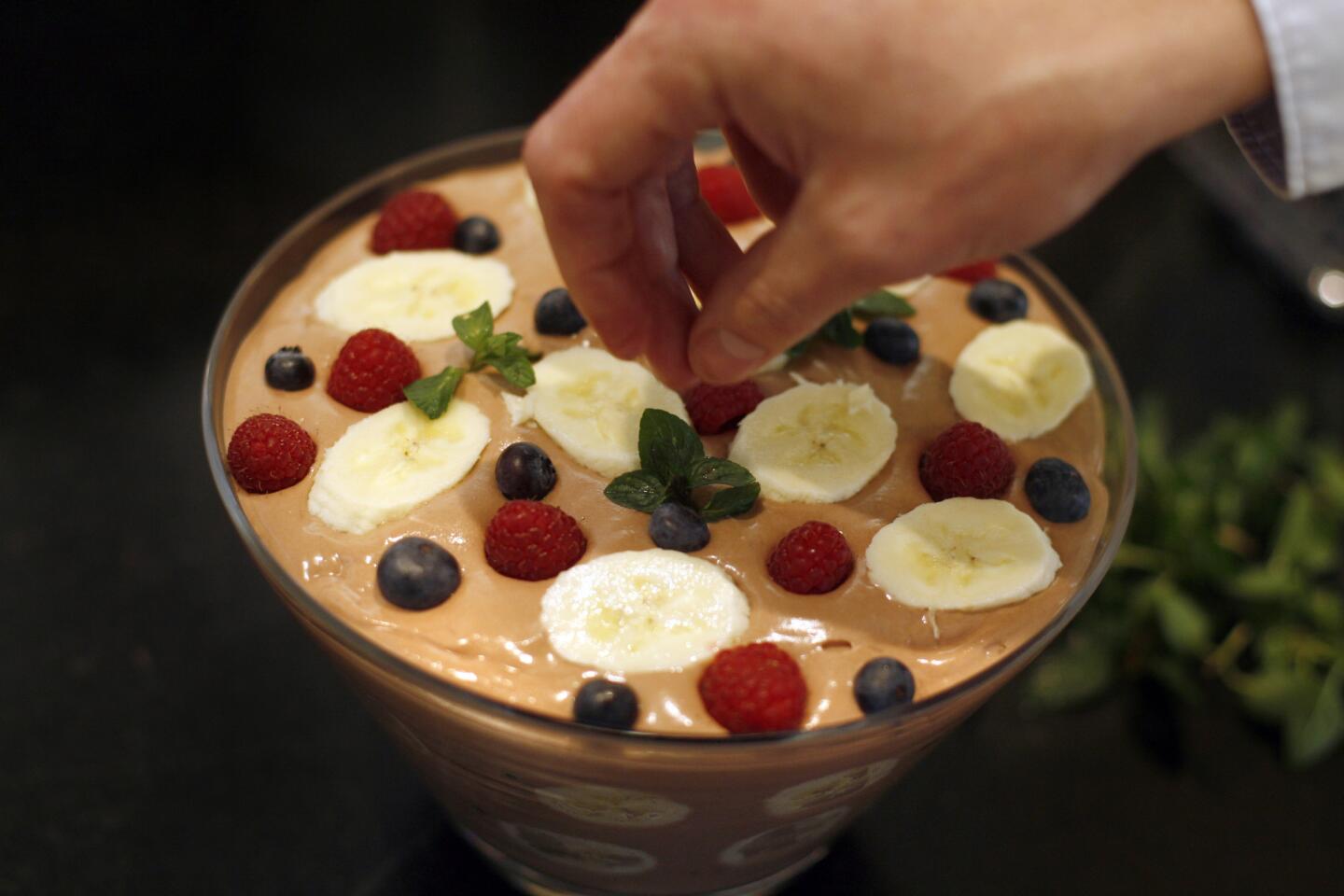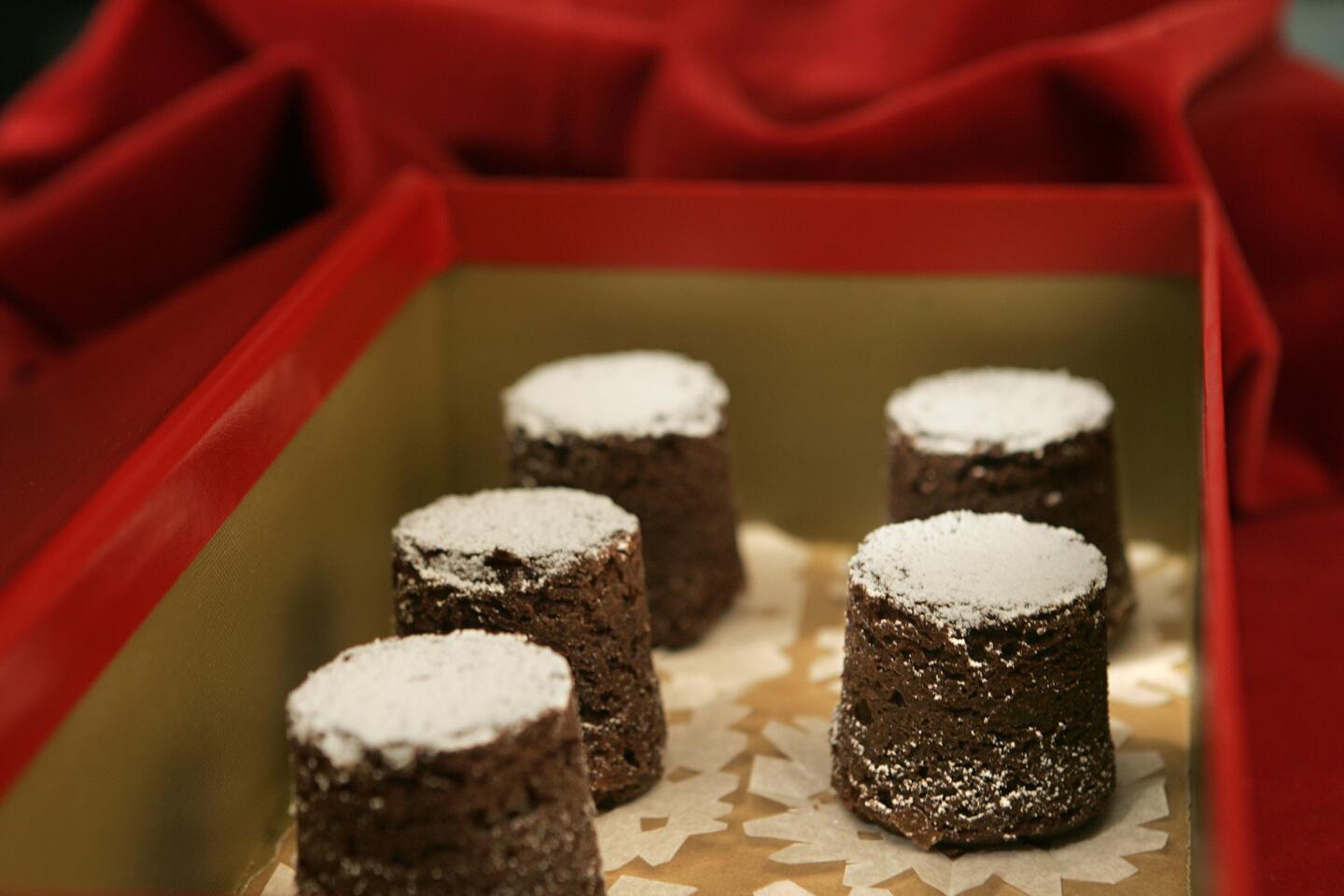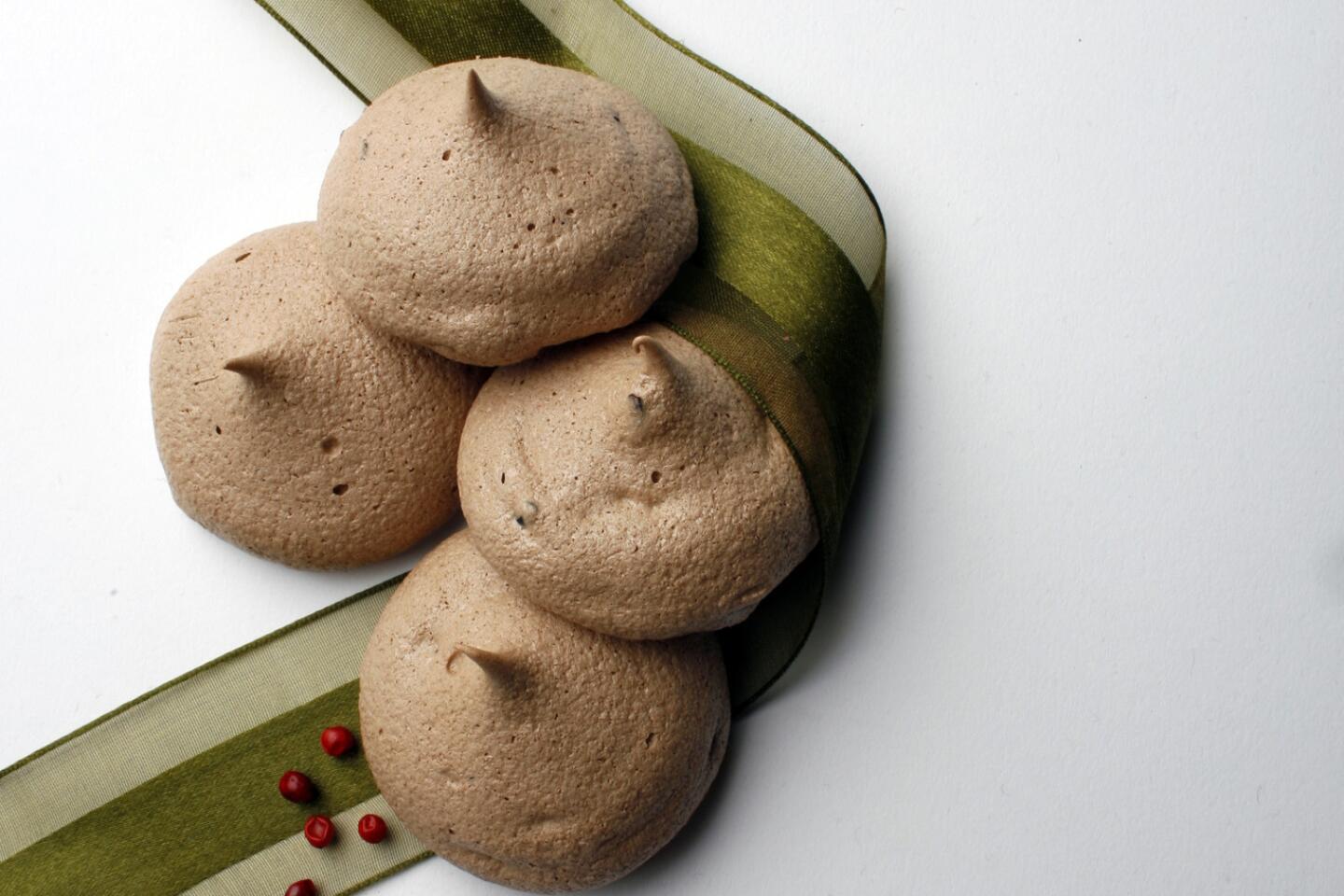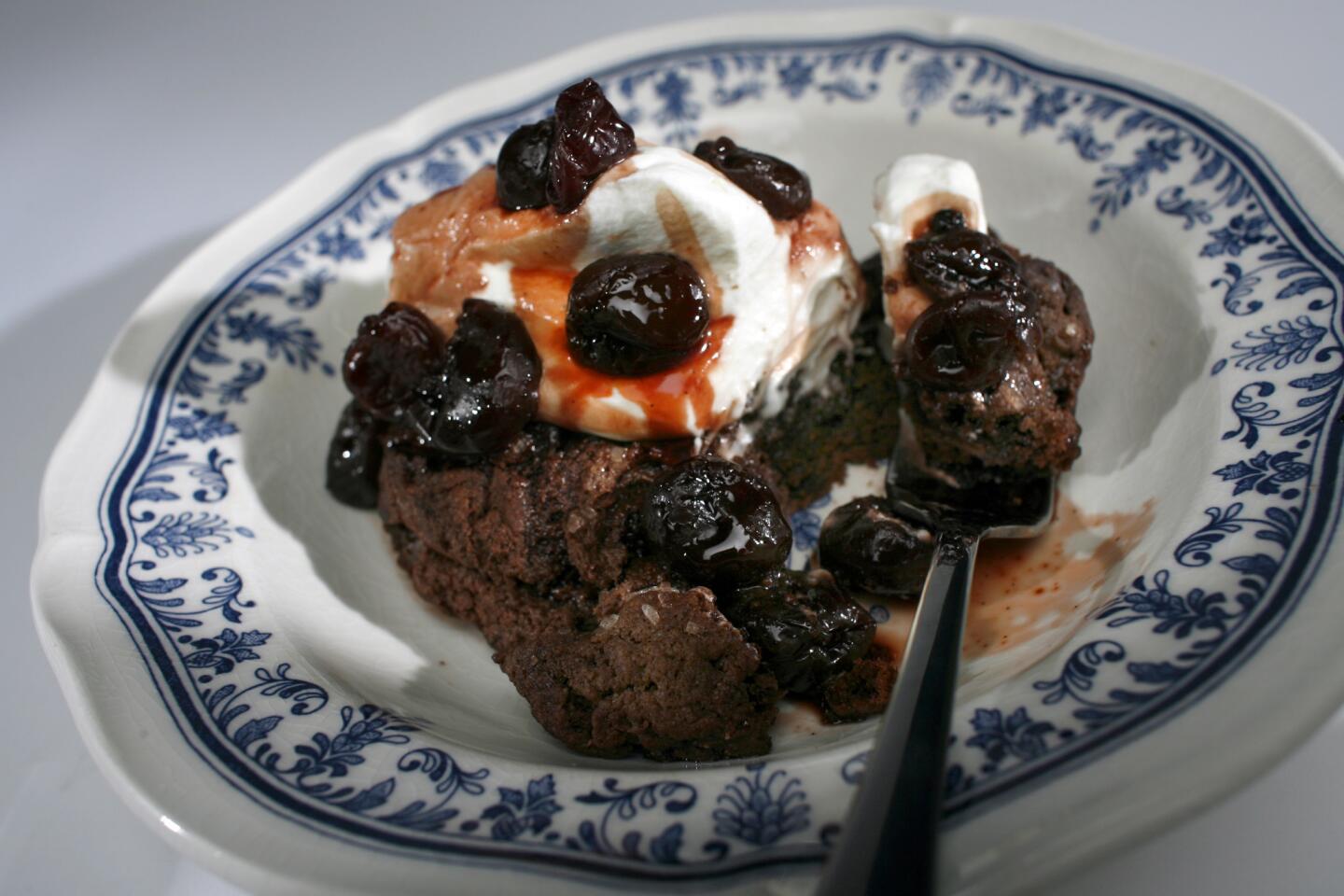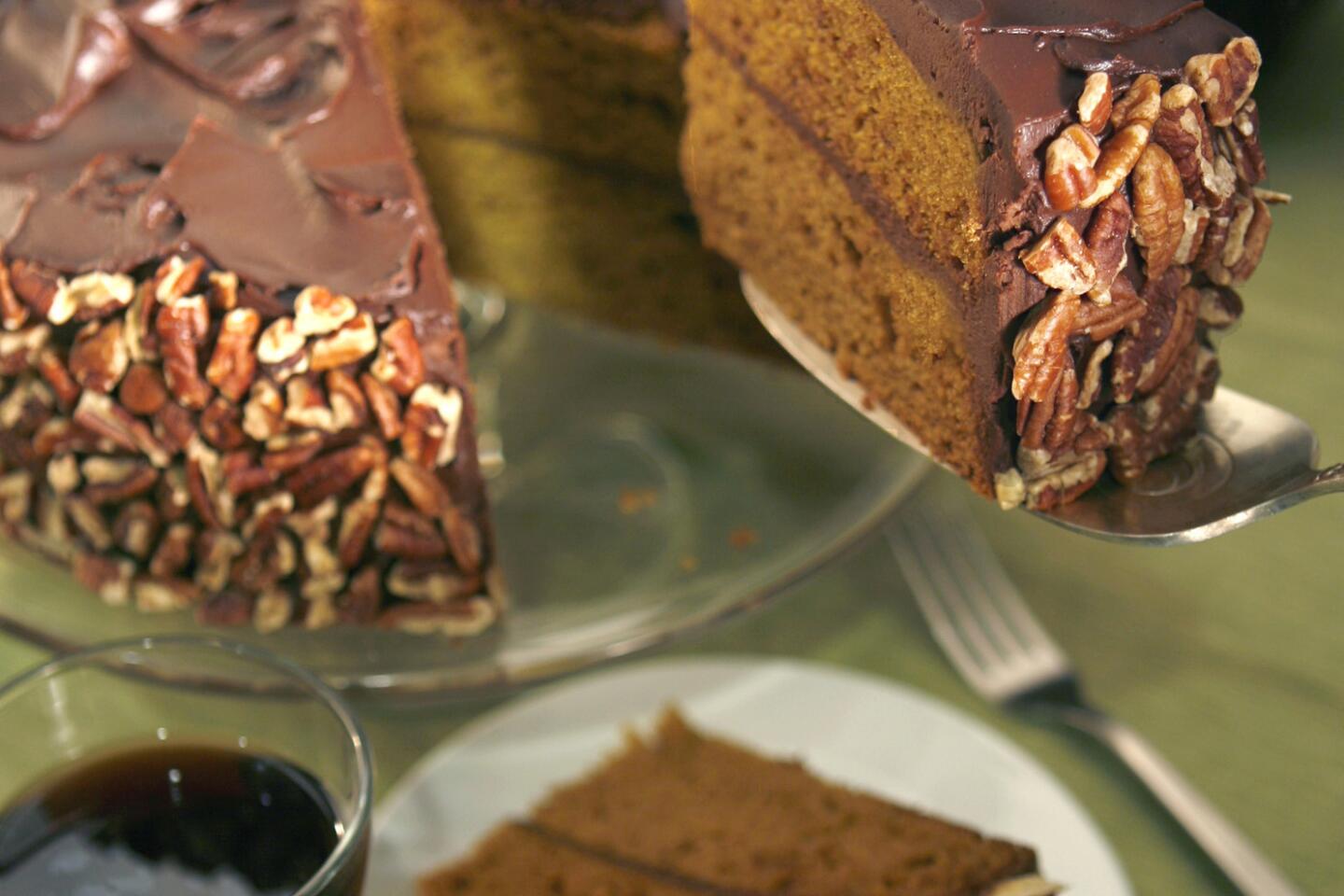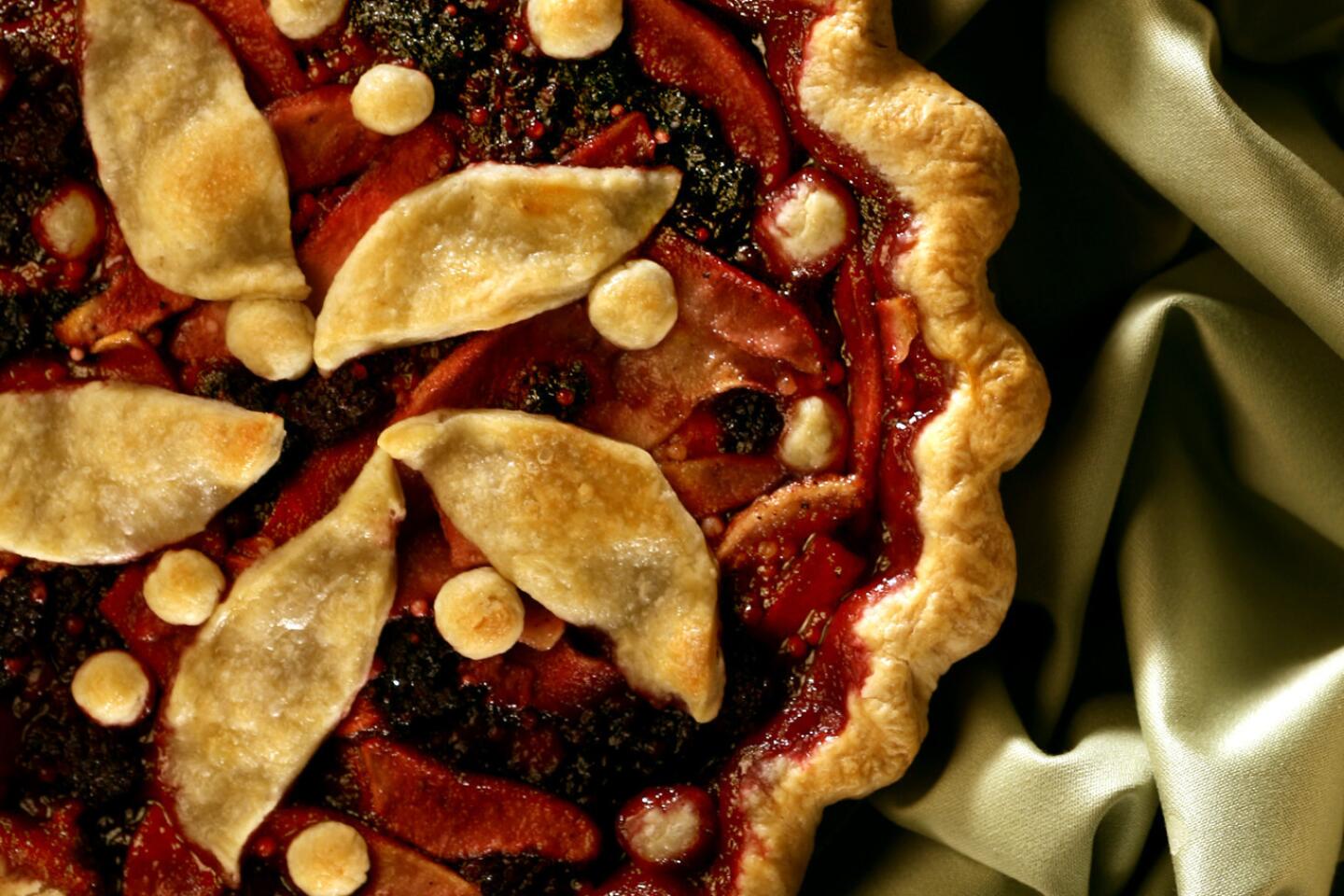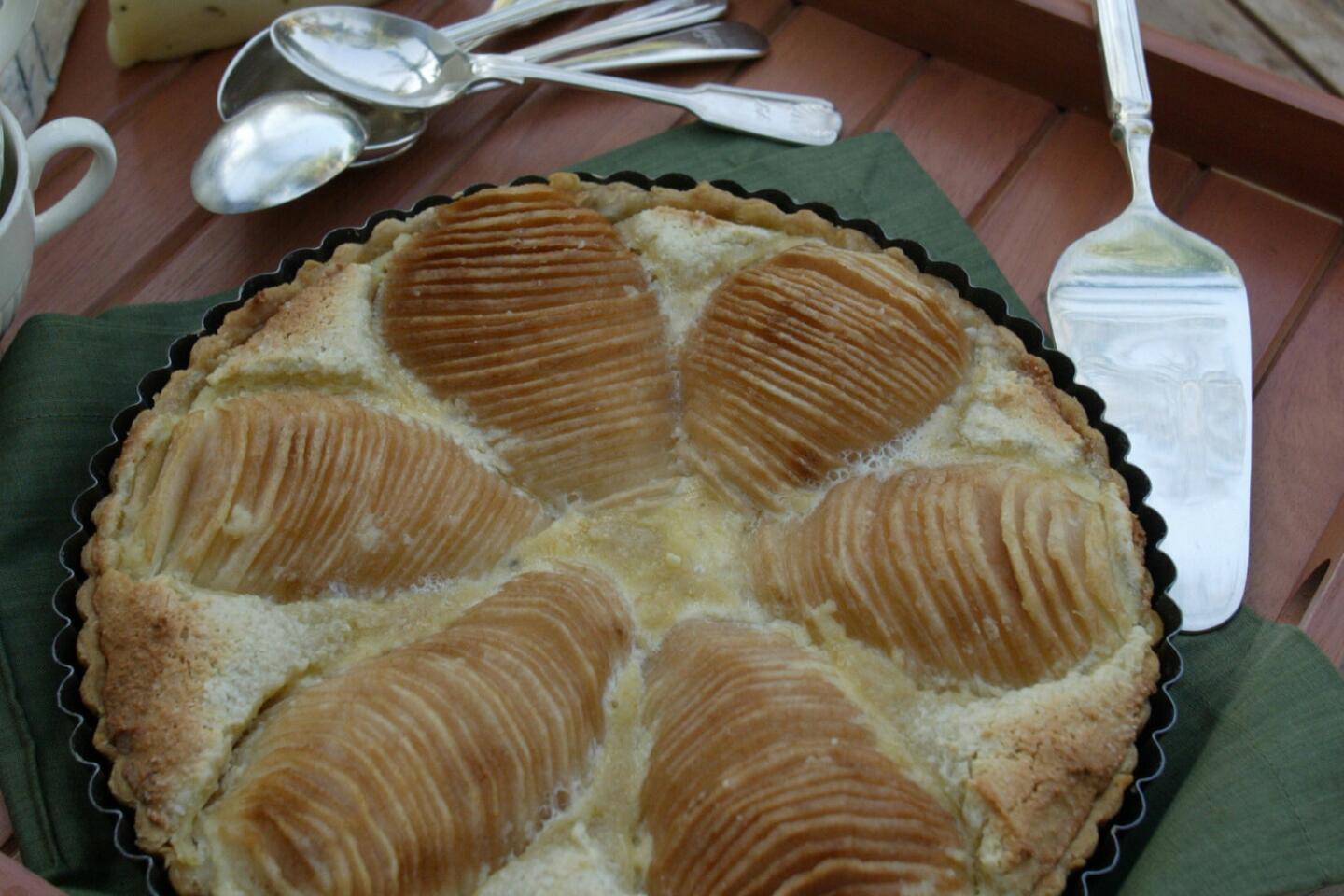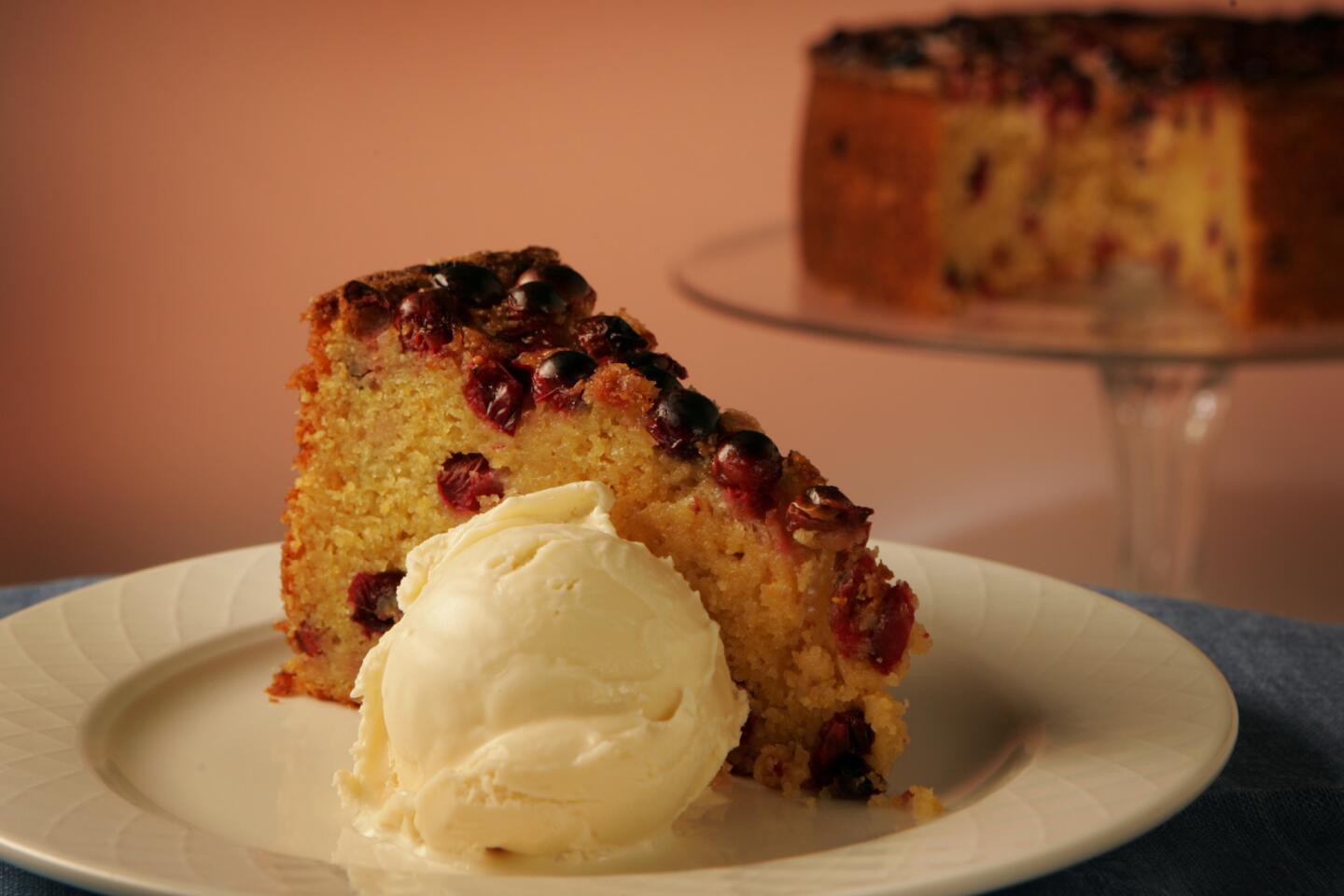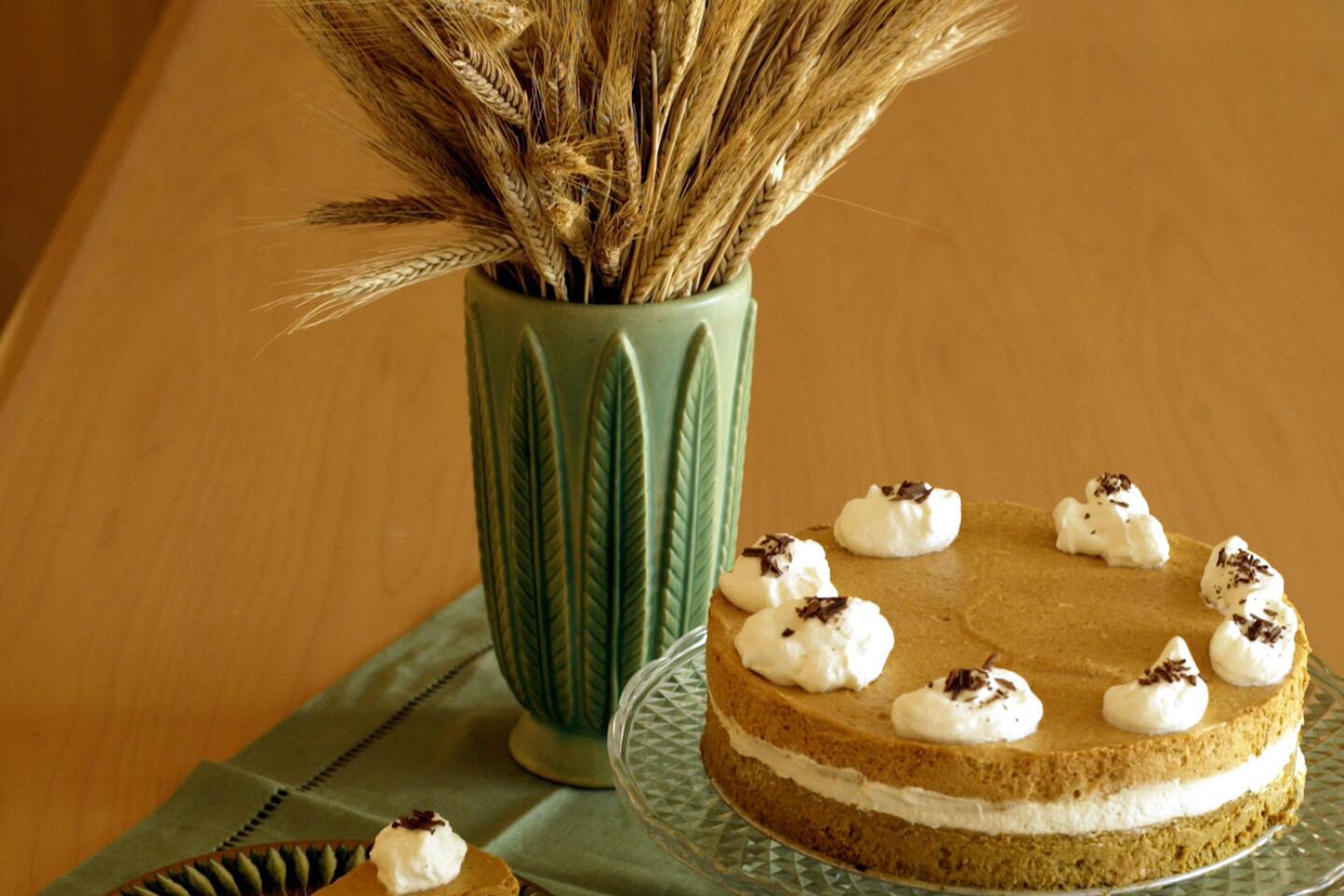At the Burbank market: Salad greens, Brussels sprouts, apples, grapes, persimmons and pepinos
- Share via
The Burbank farmers market, now held in the parking lot next to City Hall, has occupied several locations since its founding in 1983 but has always maintained high standards. It continues to feature many more produce vendors than prepared foods and crafts, 25 of 33 stands. Much of the credit belongs to the longtime manager, Carolyn Hill, who retired in July 2008 but trained her successor, Sarah Dornbos, to continue the market’s style. The event provides more than $50,000 yearly to its sponsor, the Providence St. Joseph Medical Foundation, to subsidize medical expenses for needy patients.
For four years before becoming the manager, Dornbos worked at the market as a vendor for Living Lettuce Farms, which grows a wide range of lettuces, greens and herbs in the backyards of two homes in Reseda. The farm, which also sells at the Hollywood, Studio City and Culver City markets, offers particularly fine frisée -- young, pale yellow, sweet and crunchy. Its salad greens, including arugula, spinach and mesclun, are tender, delicate and mild. The owners, David and Michelle Goldman, also have two hydroponic supply stores, and the whole lettuces, sold swathed in plastic, roots still attached, are grown hydroponically.
In time for Thanksgiving, Suncoast Farms of Lompoc, which also sells at many other markets, brings small, tight Brussels sprouts. This vegetable can be harvested most of the year in coastal districts but is at its most sweet and tender, and less likely to be buggy, during the cooler months.
There aren’t very many islands in the southern San Joaquin Valley, but Lora and Alan Asdoorian grow 40 acres of fruit on one of them, in the middle of the Kings River, in Kingsburg. They will soon be hanging a historical photo banner to celebrate the 100th anniversary of the founding of their Island Farms by Alan’s grandfather; his uncles and father sold at the Original Farmers Market at 3rd and Fairfax starting in 1934. Currently their main crops are Fuji apples and Autumn Royal, Crimson and Thompson grapes, as well as Fuyu and Hachiya persimmons and Owari satsuma mandarins. They also sell at Studio City and Kaiser Woodland Hills.
Rancho Santa Cecilia of Carpinteria usually brings a tub or two of pepinos, a fruit native to the Andean countries. The stand sells them as “tree melons,” though they grow on shrubs and are actually related to eggplant, which they somewhat resemble -- fist-size, heart-shaped with a golden ground color striped with violet. The flesh is mildly sweet and aromatic, recalling cantaloupe with a hint of pear and honey, and is pleasant to eat by itself or in salads. Once viewed as an up-and-coming specialty fruit, the pepino never made it big in California, and this stand, which also sells at Encino, Venice, Hollywood and Thousand Oaks, is one of the few local sources.
Burbank farmers market, City Hall parking lot, Orange Grove Avenue and 3rd Street, Saturdays 8 a.m. to 12:30 p.m. (closed Dec. 26 this year).
Tip of the week: Hauer Pippin apples from Mike Cirone. Wouldn’t it be nice to find an apple fresh off the tree in winter? It’s not so far-fetched. On a crisp December day a few years ago, as I was driving through a back road in the Pleasant Valley near Watsonville, a freakish sight caught my eye: an apple tree with no leaves but hundreds of red and green mottled fruits. Curious, I picked one and took a bite, and was amazed to find that it was firm, crunchy and high-flavored, with a touch of cinnamon and some of the muskiness of a Bartlett pear. I knocked on the door of the landowner, who told me that the fruit was a Hauer Pippin, which originated in that valley.
I started asking around, and found that the apple was a local favorite, and talked with Claire Etienne, great-grandniece of the variety’s discoverer, Peter Hauer (1859-1951). She lives in Sebastopol but grows 60 trees of the family heirloom at the ancestral property in Pleasant Valley, now an upscale neighborhood.
The parents of Peter Hauer, she told me, came around the Horn from Baltimore and settled in Watsonville in the 1850s. Peter liked to experiment with seedlings and new varieties, and discovered his namesake apple in the late 1890s. Because the apple is harvested so late, is very crisp and dense and has a thick skin, it stores very well. Hauer did a booming business exporting it by boat to England, where it would arrive in perfect condition in March.
Cirone grows the apples in See Canyon, near San Luis Obispo, where the climate resembles Watsonville’s, and sells at the Santa Monica Wednesday farmers market.
More to Read
Eat your way across L.A.
Get our weekly Tasting Notes newsletter for reviews, news and more.
You may occasionally receive promotional content from the Los Angeles Times.

